Do you want to sharpen your skills, learn fresh techniques or just have fun with your camera? Photography projects help you accomplish all of them.
Through themed projects, you can capture unique images that follow a
certain framework or style. Your project can last a week, month or
year—depending on how in depth you’d like to go. To offer you
inspiration, we’ve compiled 68 creative photography projects that are
appropriate for all skill levels.
Once you’ve completed your project, be sure to create a photo book with your images or select your favorite for a canvas print.

Once you’ve completed your project, be sure to create a photo book with your images or select your favorite for a canvas print.
1. Self Portrait
By switching the focus from other subjects to yourself as the subject, your photography takes on a whole new perspective. When setting up your shot, choose a landmark item to use as a stand-in until you’re ready to jump in the frame.
Play with auto and manual focus with your stand-in until you get the shot just right. Then, enter the scene using the timer option.
2. Wisdom
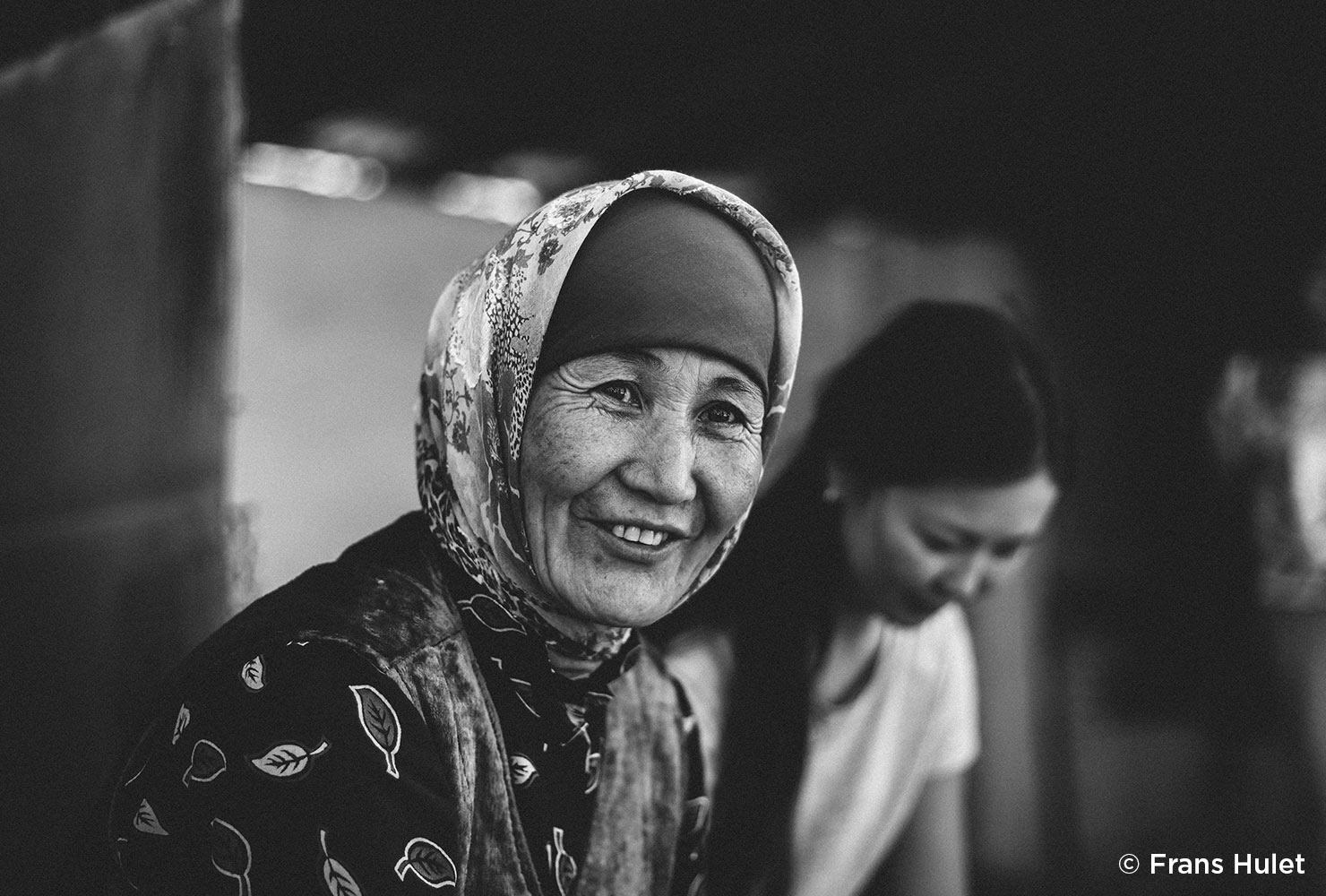
For the wisdom project, the goal is to gather photographs of those who have offered you wisdom or a helpful perspective. You might feature grandparents or mentors—or be inclined to include young ones who have provided you a fresh angle on life.
Aim to capture individuals in their natural state, especially if it’s in a location where they shared a special moment with you.
3. Candid
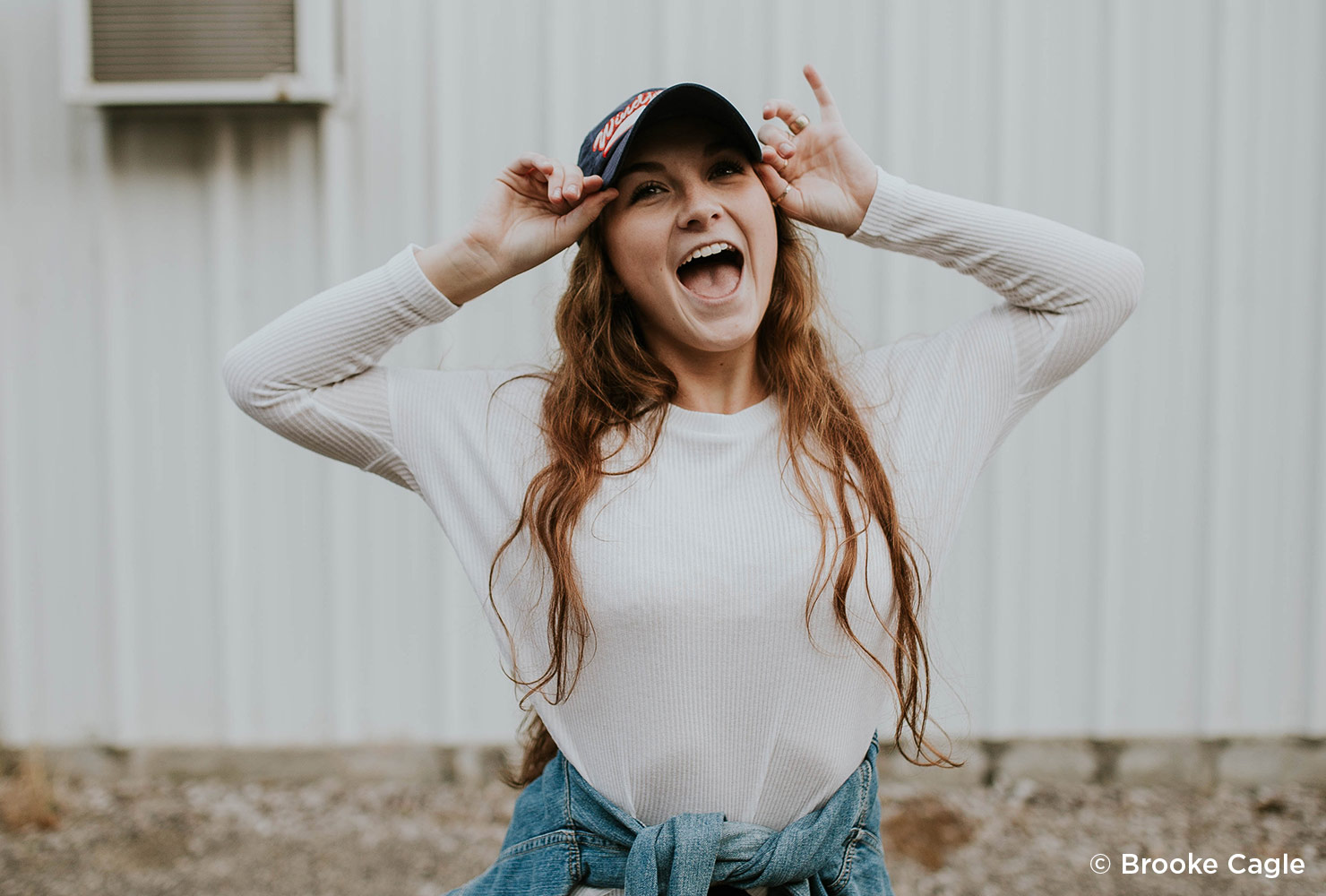
Photographing someone in their natural state allows for their true personality to shine through. With a candid photography project, incorporate a range of human subjects for a diverse collection, or capture the same subject across different settings and days.
Building a portfolio of several candids allows you to paint a vivid persona of your subjects.
4. Street Style
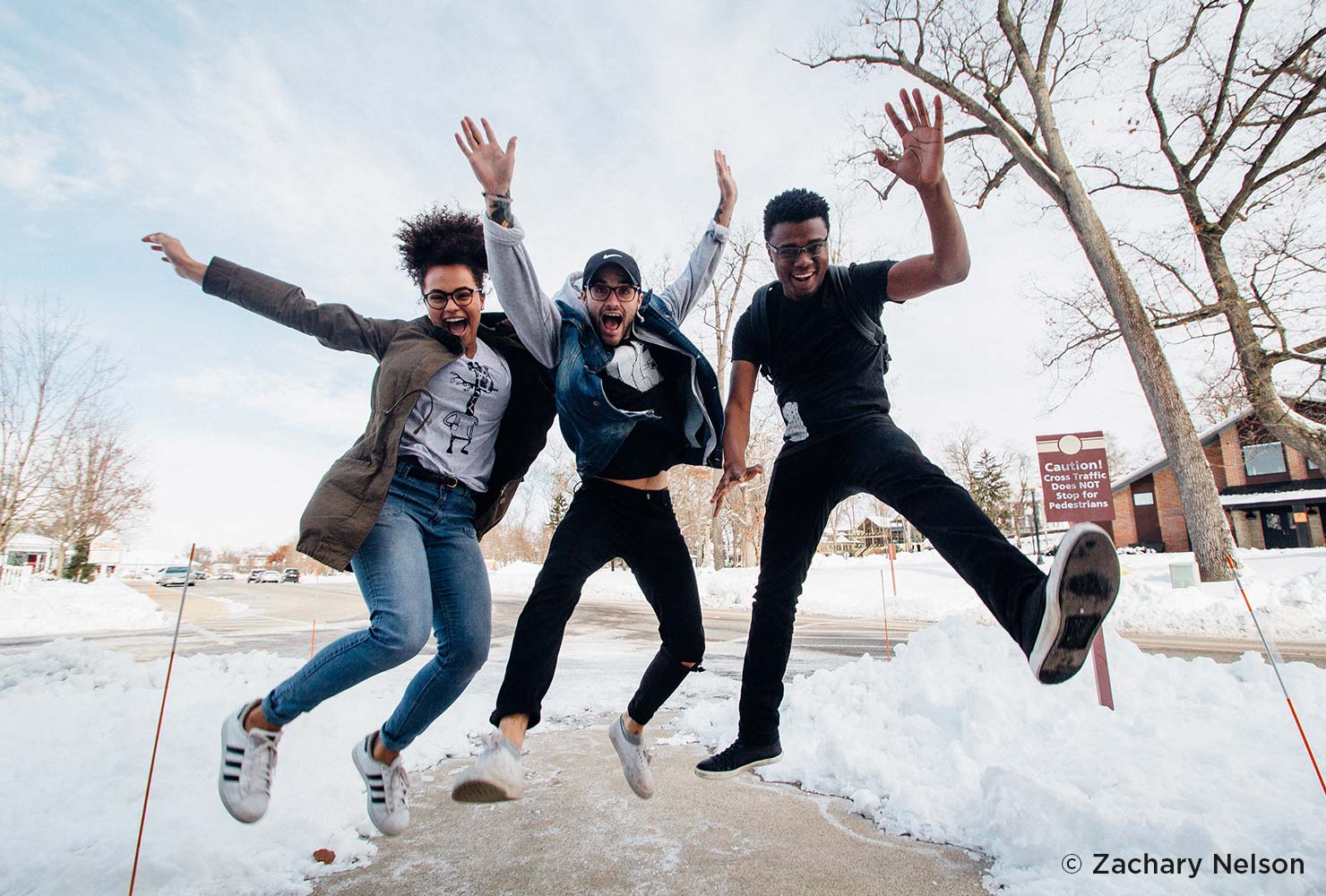
Authentic street style photography allows you to snag shots of the latest fashion—all without the strut of the runway. Look for colors first (either eye-catching or stunningly neutral), then watch for the cut and structure of the clothes.
Aim for overall beauty within the frame, including the street or walkway, so the focus isn’t solely on the clothes.
5. All About The Details
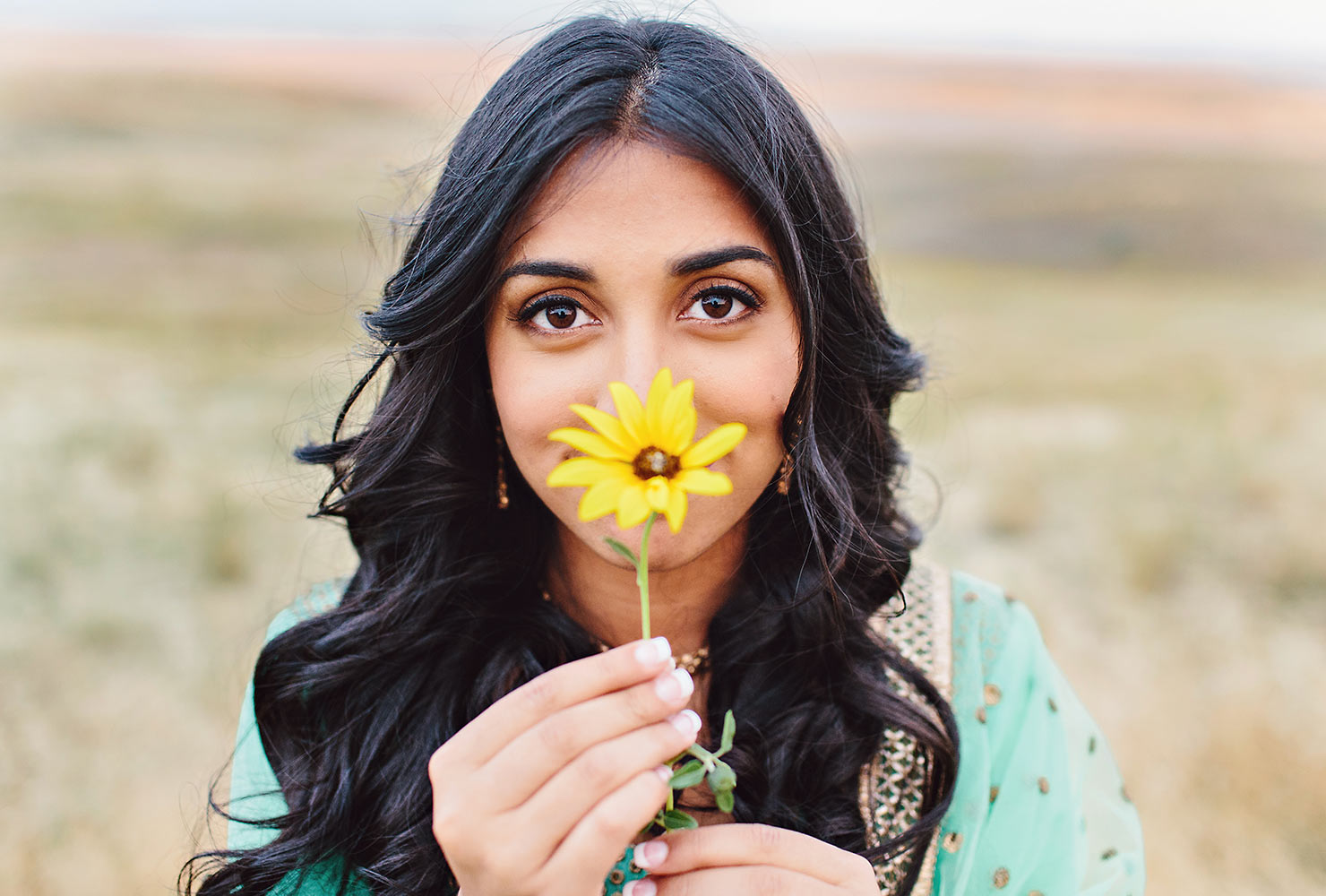
Create a collection of shots with unique subjects that focus on the details. Whether the photos are for an engagement, graduation or everyday occasion, you can take portraits of smaller details, like wisps of hair, relaxed hands and prominent features. Making your subjects feel comfortable and confident in front of the camera is the first priority. Plan a single shoot for various angles to help capture what looks best on a given day or moment.
6. Natural Element
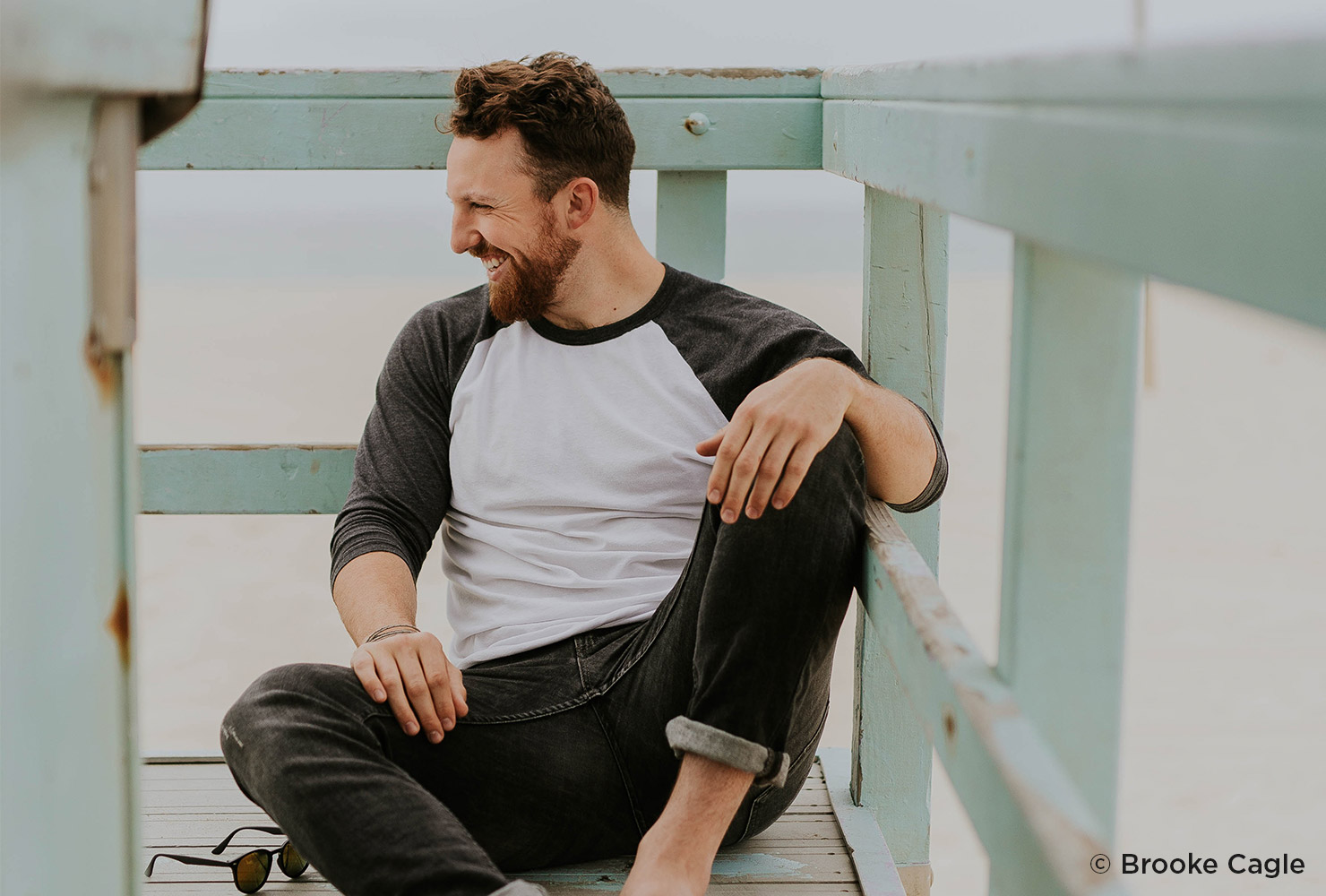
Plan for your gallery of photos to include candid shots of the subject in their element. Whether they love the beach or like to craft, you can capture your subject in their favorite space or place to go.
If a subject feels awkward in front of the camera, have him or her lean against something vertical, like a fence, wall or car. They’ll feel more anchored and their body angle will offer the photo some character without seeming unnatural.
7. Pets
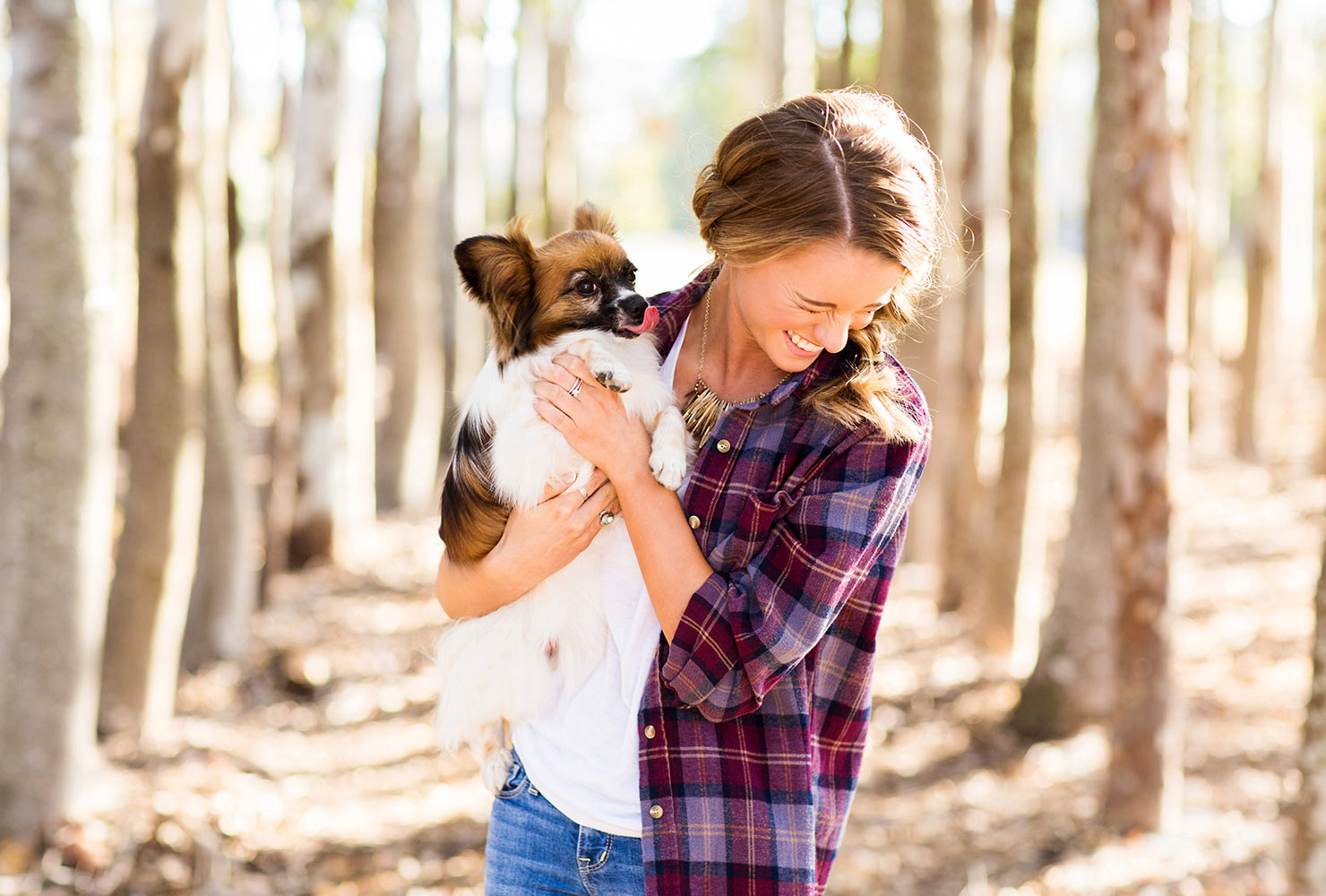
From cats to dogs to horses, the heart and soul of your pets can be captured with the right technique. Incorporate natural light in your shoot keep watch of your pet’s eyes. Expressions and personality often shine through and it’s a great time to capture these moments.
8. Motherhood
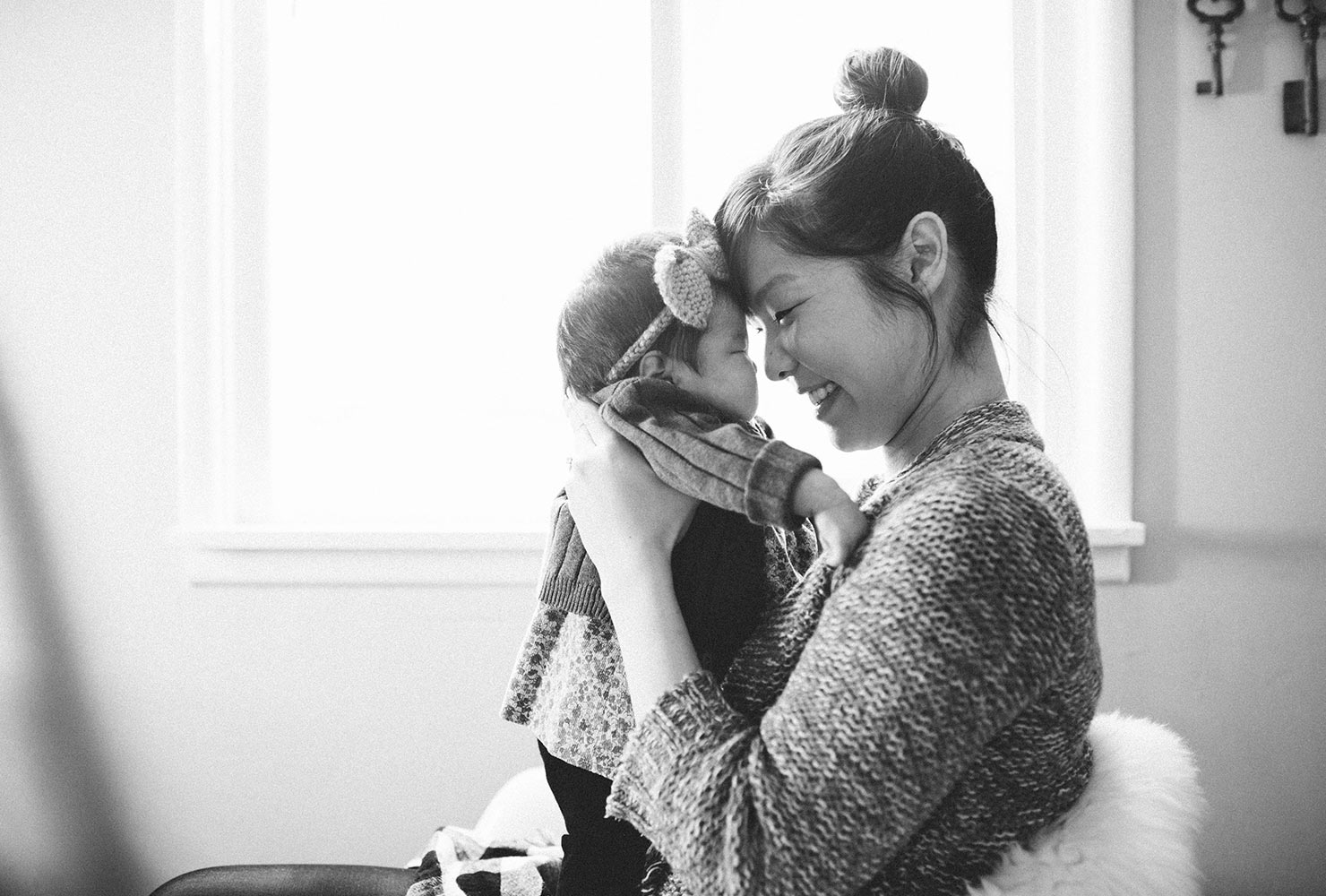
Being a mother is one of life’s greatest gifts. When we’re parents, beautiful moments take place along with messy and chaotic ones. Encapsulate the full spectrum of motherhood with photos from quiet moments like snuggling with your child to lively times like cooking together in the kitchen.
With any photography project, it’s important that your images tell a story.
9. Panoramic
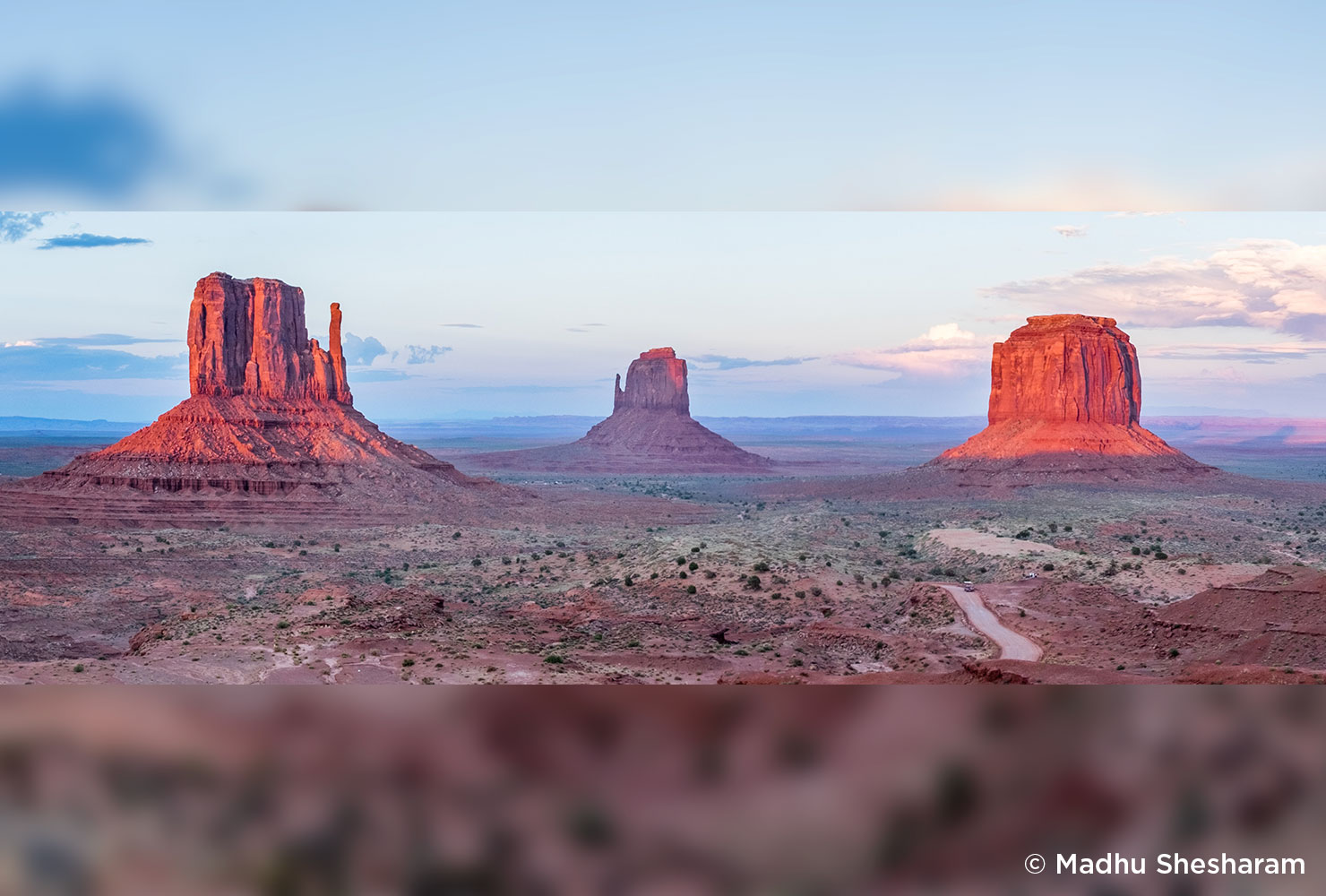
A popular technique for landscapes, panoramic photography enlarges the viewpoint beyond the normal size of a camera lens. To ensure there are no gaps in your panoramic shot, overlap your image by 15-30%.
You’ll also want to keep your camera as level as possible to ensure the photo is even throughout. Don’t forget that panos work well for vertical shots, too, like waterfalls and deep canyons.
10. Sunsets
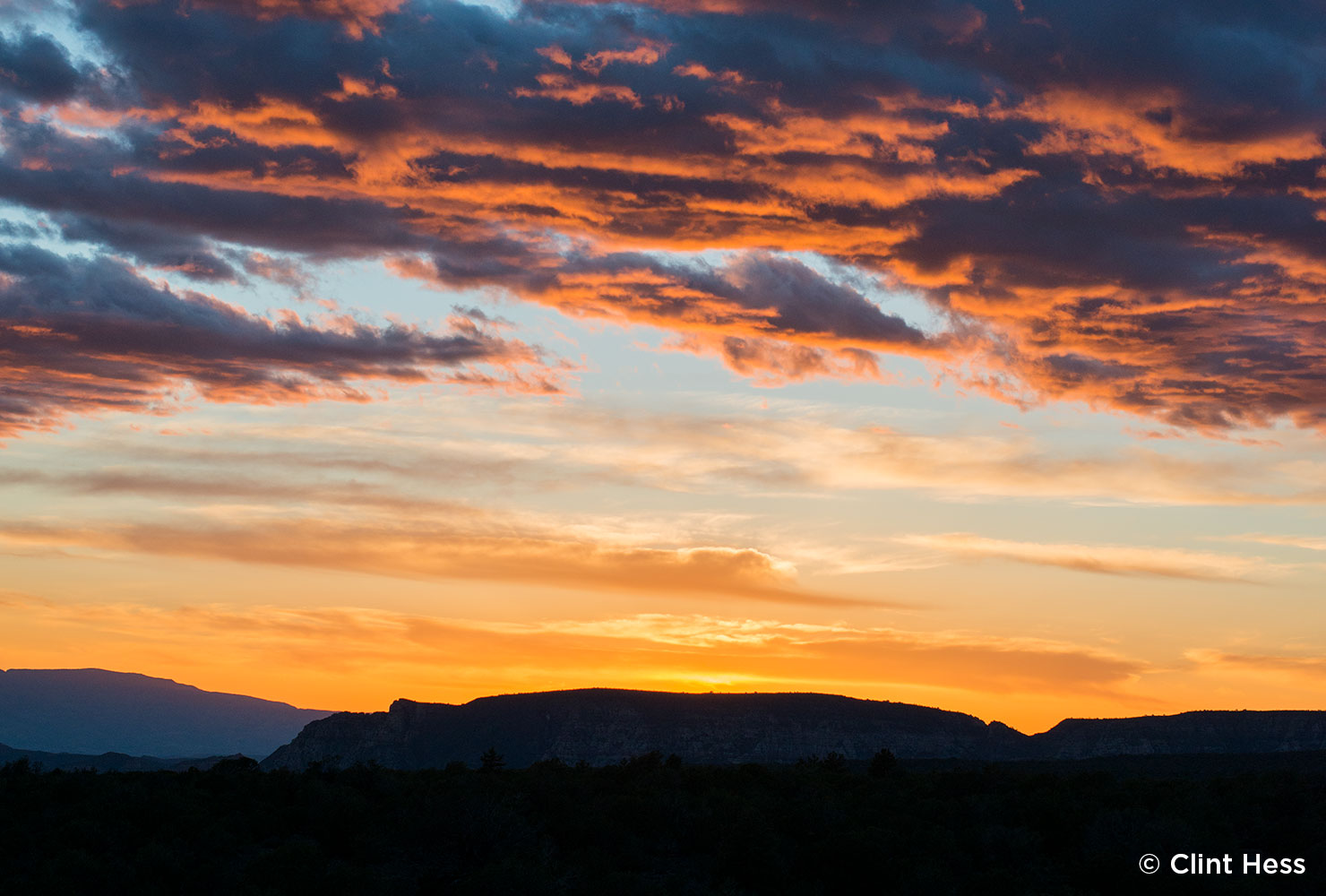
Sunsets make for stunning photos—especially when executed well. For maximum beauty, be sure to slightly underexpose the sunset for rich and dramatic colors. Use manual mode and a fast shutter speed for underexposure, or use aperture priority with exposure compensation.
Make your sunset even more magnificent by arranging an object or scene in the foreground of the sunset, like a lake or mountain.
11. Fog
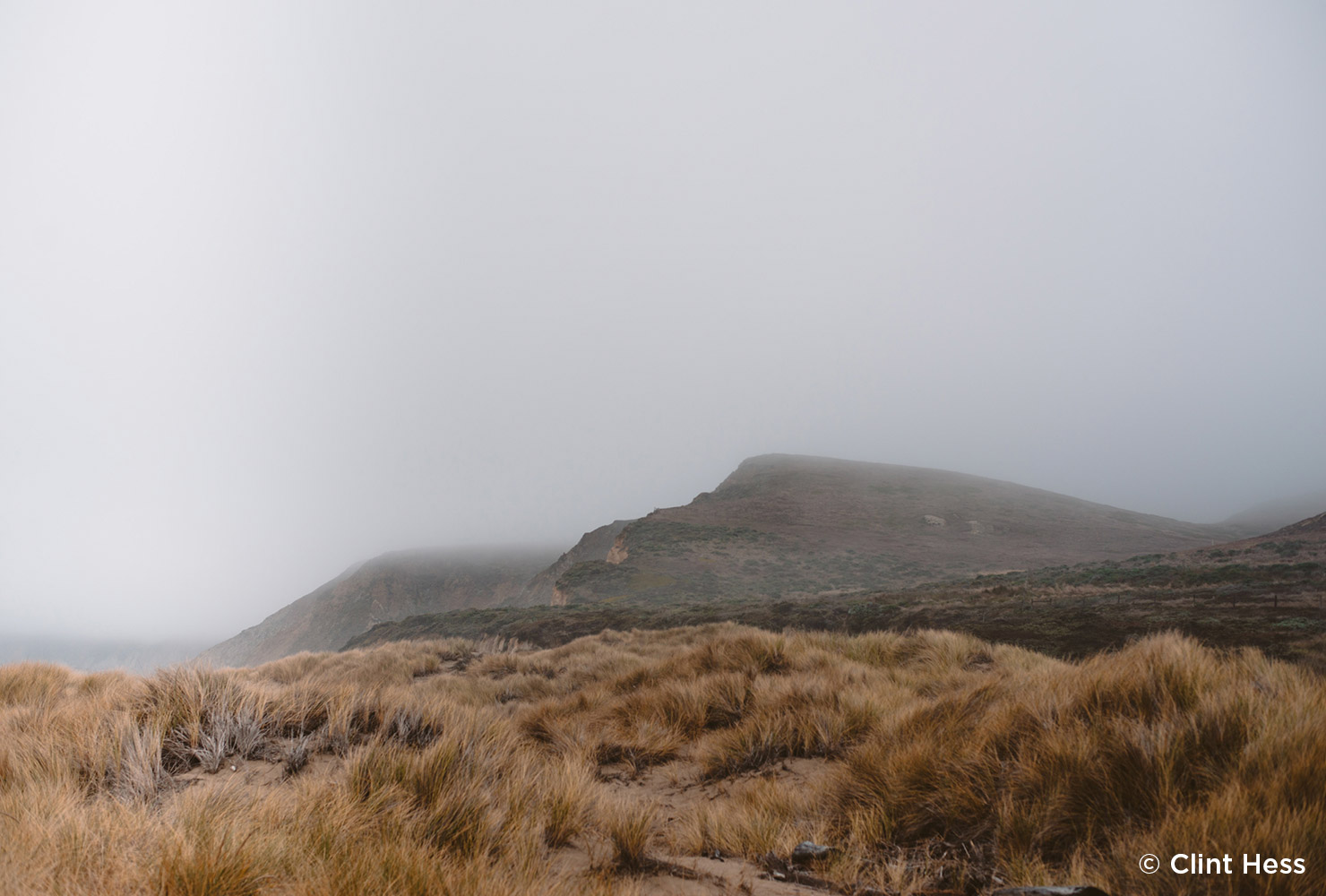
Mist and fog are natural elements that can enhance the beauty of your photography. Check the weather to determine when fog might pop up. Oftentimes the best lighting for fog photos occurs in the wee hours of the morning or late in the evening after sunset. The low lighting causes a slower shutter speed, which means a shakier camera.
Keep your camera as still as possible or use a tripod. The best places for foggy photos? Open bodies of water and other sweeping landscapes like fields and low rolling hills.
12. Cityscapes
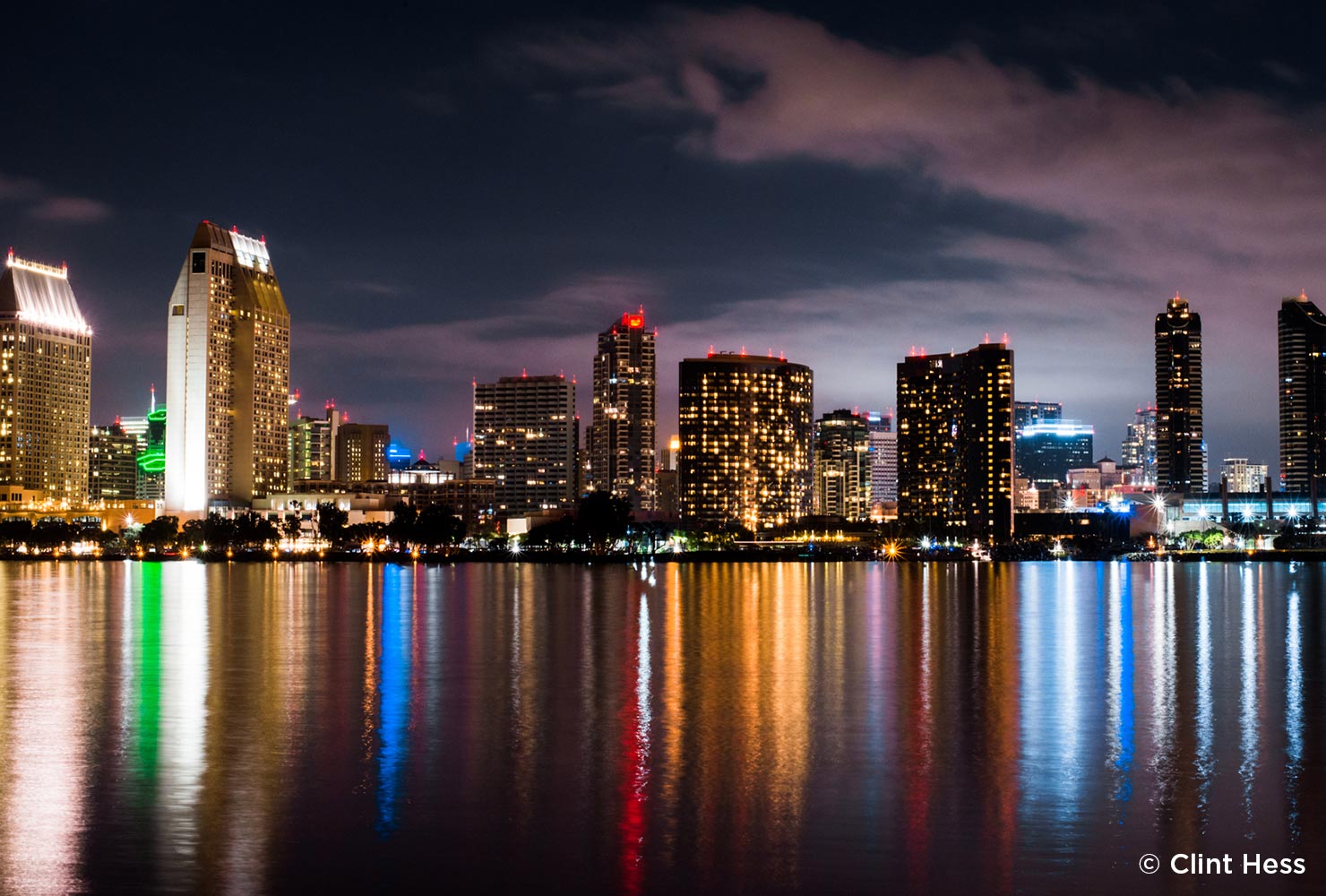
Hovering skyscrapers and diverse skylines are part of what makes cityscapes such attractive photography. For a cityscapes project, try different vantage points across the city to see what works best (think: a popular lookout compared with a more secret locale).
Prepare for an after sunset shoot, allowing the city lights to pop against the dark sky. Remember to use a wide angle lens to cover as much ground as possible.
13. Water (Rain, Ocean)
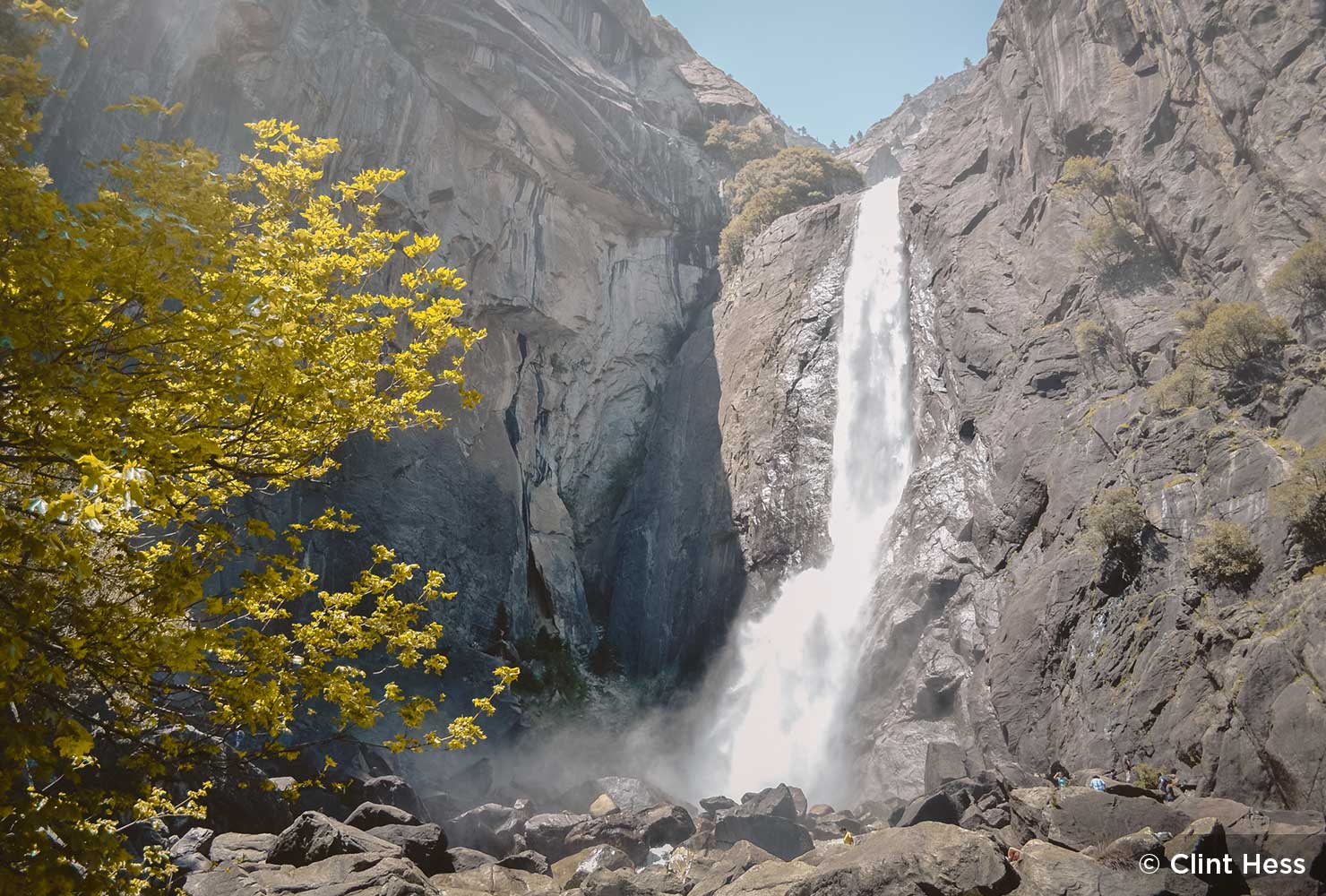
Whether you’re hoping to create scenes of smooth, flowing water or capture dynamic waves crashing against a seawall, it’s critical to have better than average camera equipment. For nearly every water shot, a tripod is also essential to keep the frame still for the length of the exposure (usually two to four seconds).
Pack along a lens-friendly cloth to remove splashes and water marks. Plan to get wet if you’re banking on a stunning water shot.
14. Seasons
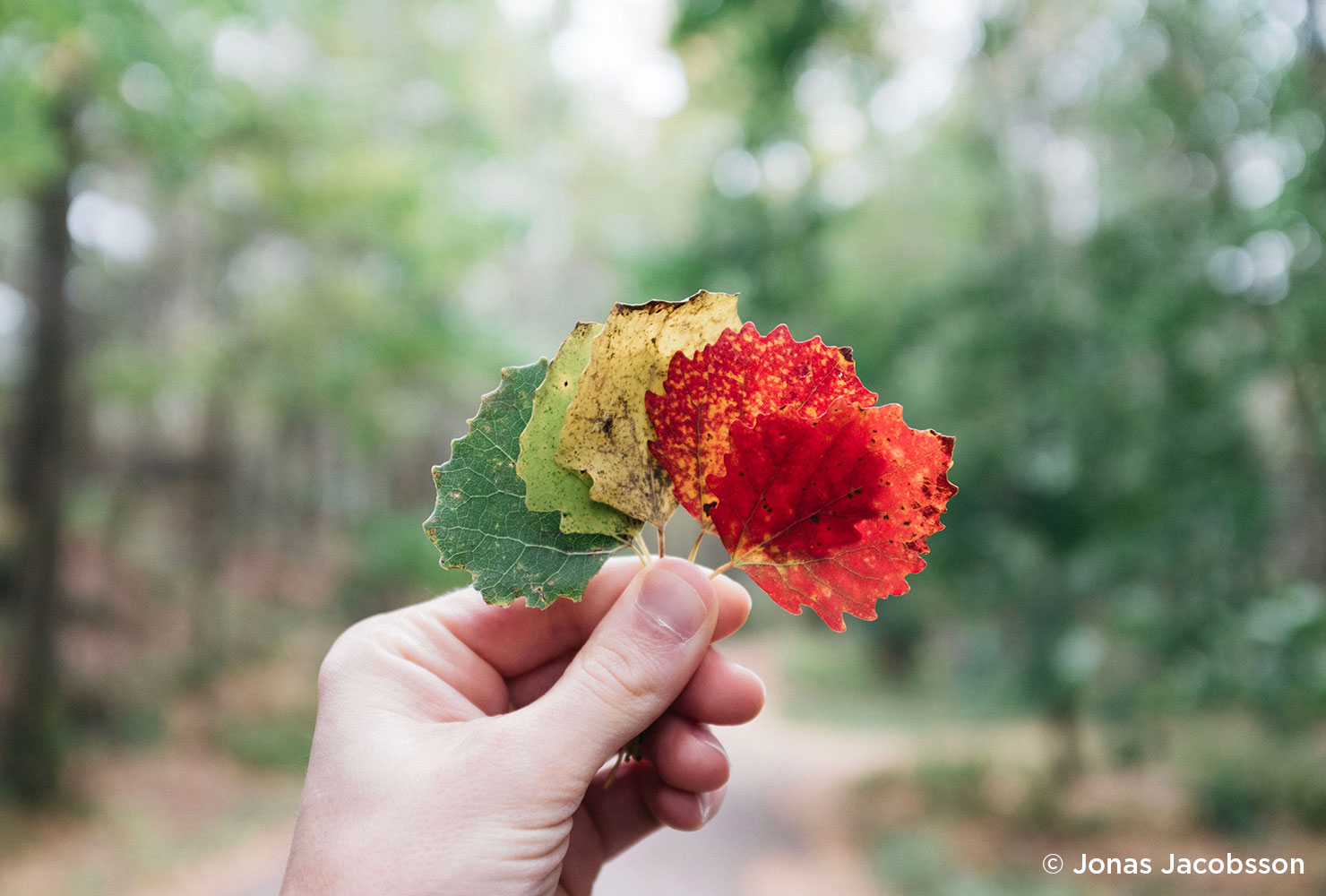
Each season offers its own charms—from snowy branches to colored leaves. Select a location for your seasons project where you’ll snap photos throughout all four seasons. Once the year is complete, you’ll have a collection of stunning images that tell the story of your special place over the course of a year.
15. Star Trails
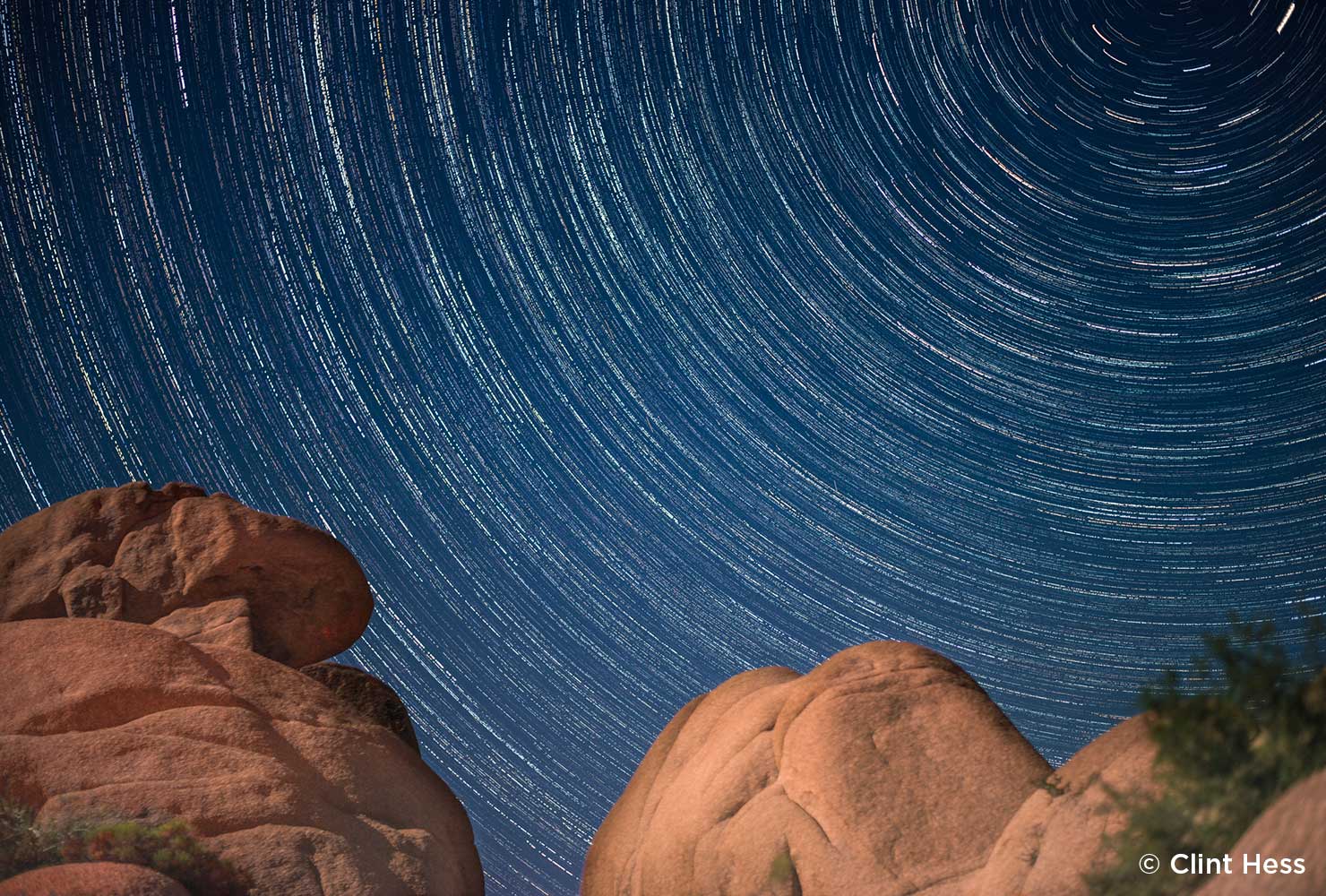
Spectacular from edge to edge, star trails photography is an adventure to shoot. The first step is to find a clear sky full of stars, but free of pollution and other light interference. Anchoring your camera on a tripod, set your camera to shoot on manual mode. The faster the lens you have, the better.
Once you have your shot prepared, select drive mode for consecutive shots rather than a single frame. With your remote, let your camera take photos for thirty minutes up to a few hours, depending on the length of star trails you’re creating.
16. Drone
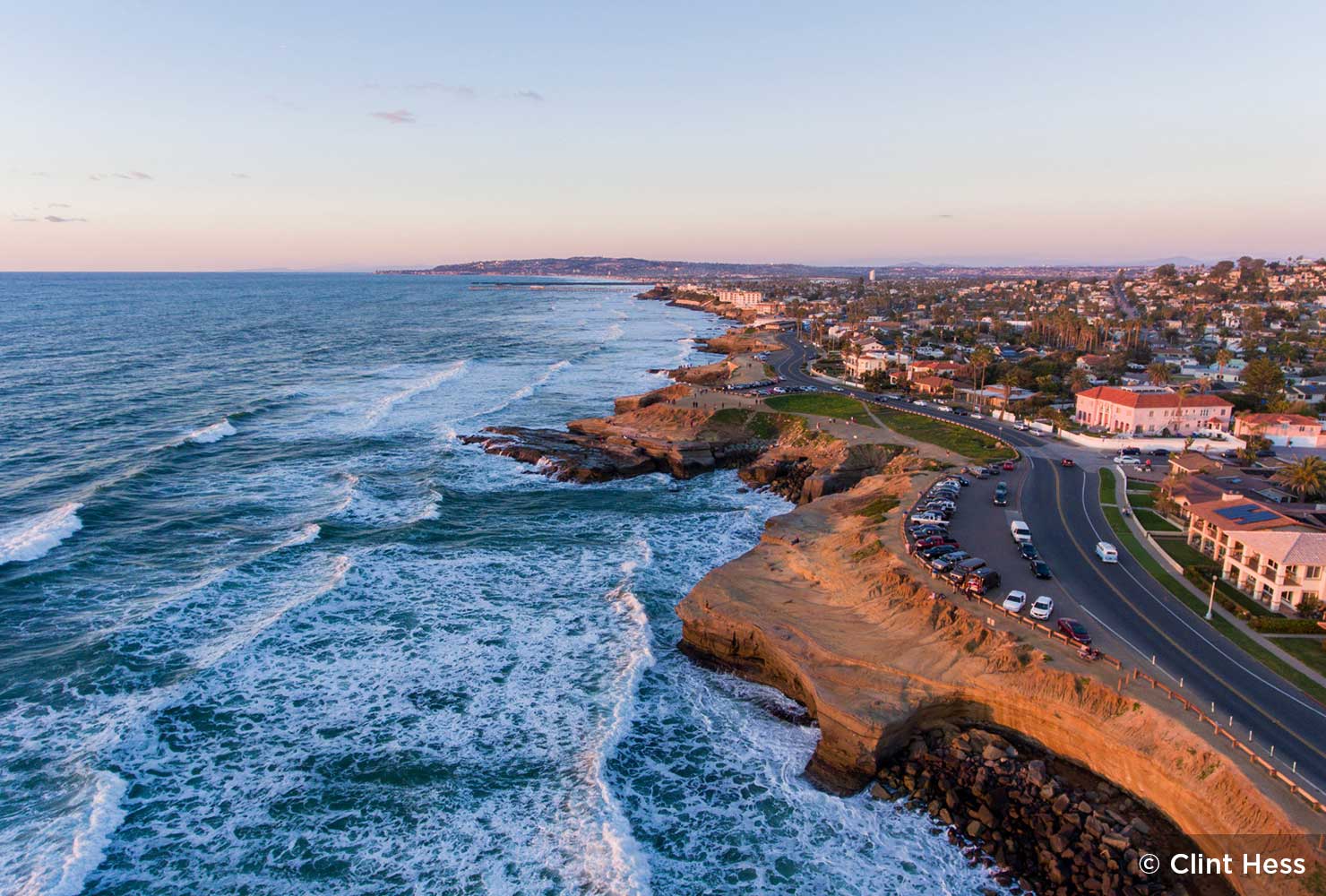
Capturing still images with a remote-controlled drone opens up the options for angles and perspectives in your photography. Consider sending a drone above a beach, golf course or mountaintop.
Increase the altitude of your drone for a more impressive viewpoint and try GPS mode for a more stable shot.
17. Food Photography
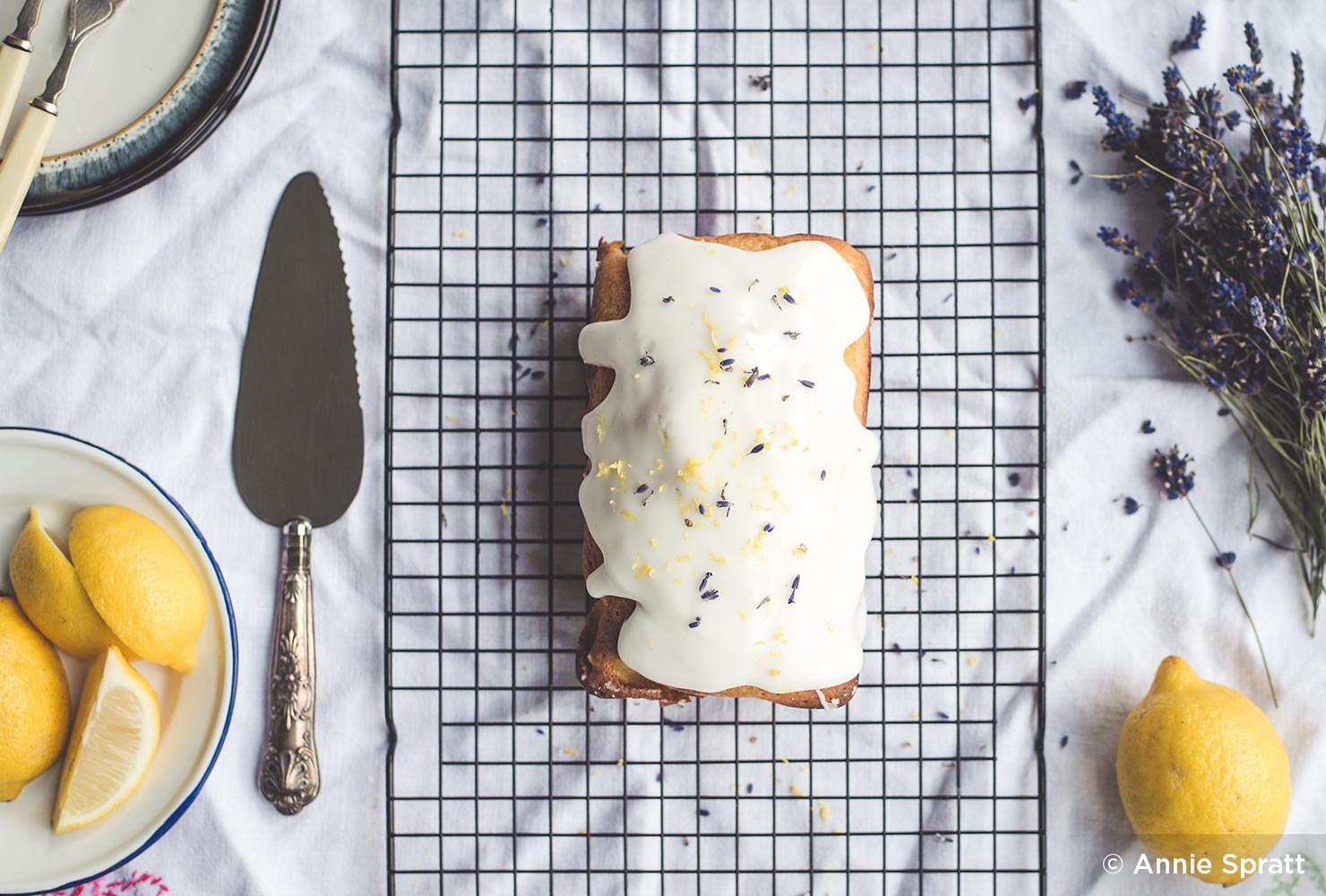
As a still life technique, food photography requires a few main ingredients: good lighting, props and style. Place your items near natural lighting or use a flash to give the photo a balanced look. When it comes to the arrangement, consider adding in table setting details like plates and silverware.
Amplify the photo’s texture with decorative pieces like colorful fruits and sprigs of herbs. For a well-rounded food photography project, shoot a variety of foods and dishes.
18. Black and White Month
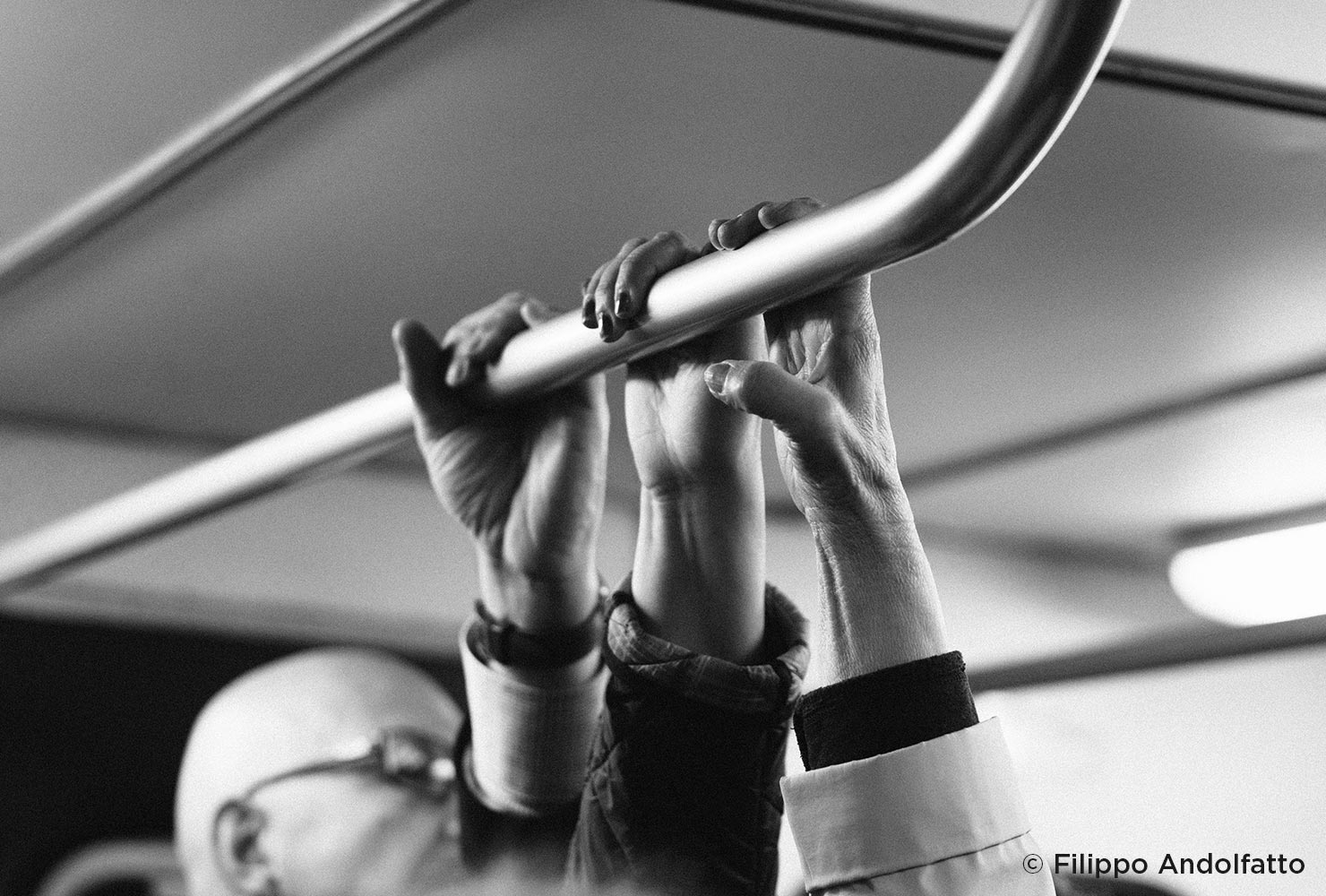
Instead of using the full color spectrum, this project idea prompts you to capture images in black and white only. Two-toned photography provides a different perspective or feel to your work, and gives you a chance to highlight people, places and objects in a novel way.
For instance, a close-up of hands be enticing when displayed in color, but in black and white, the image paints the story that all humankind is united.
19. Everyday Moments
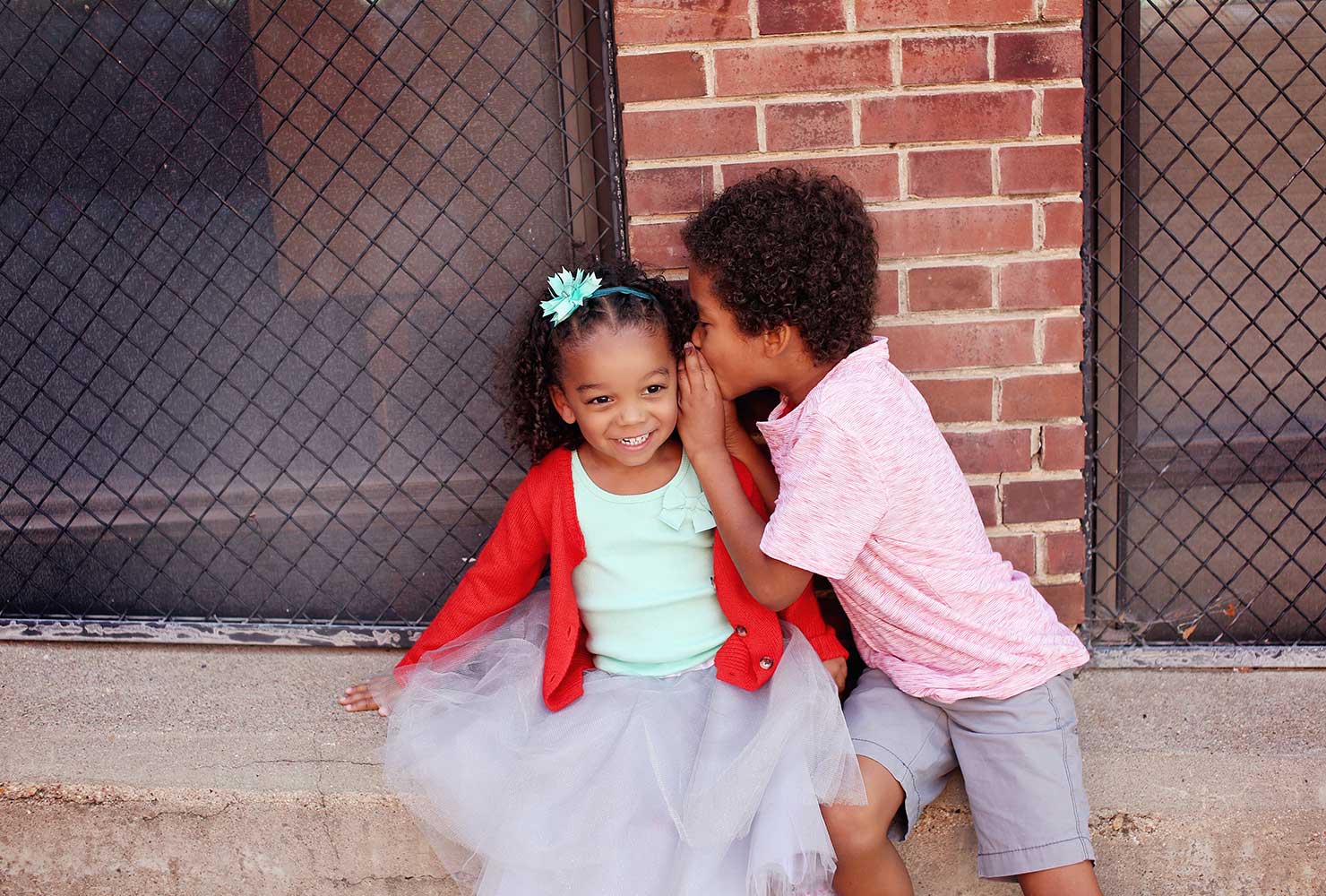
Photos that showcase a slice of regular life contain a certain genuine beauty. When preparing for everyday moment shots, make sure subjects are comfortable. People should interact as if you aren’t even present.
The true magic happens when you’re able to capture two people’s true connection.
20. Random Acts of Kindness
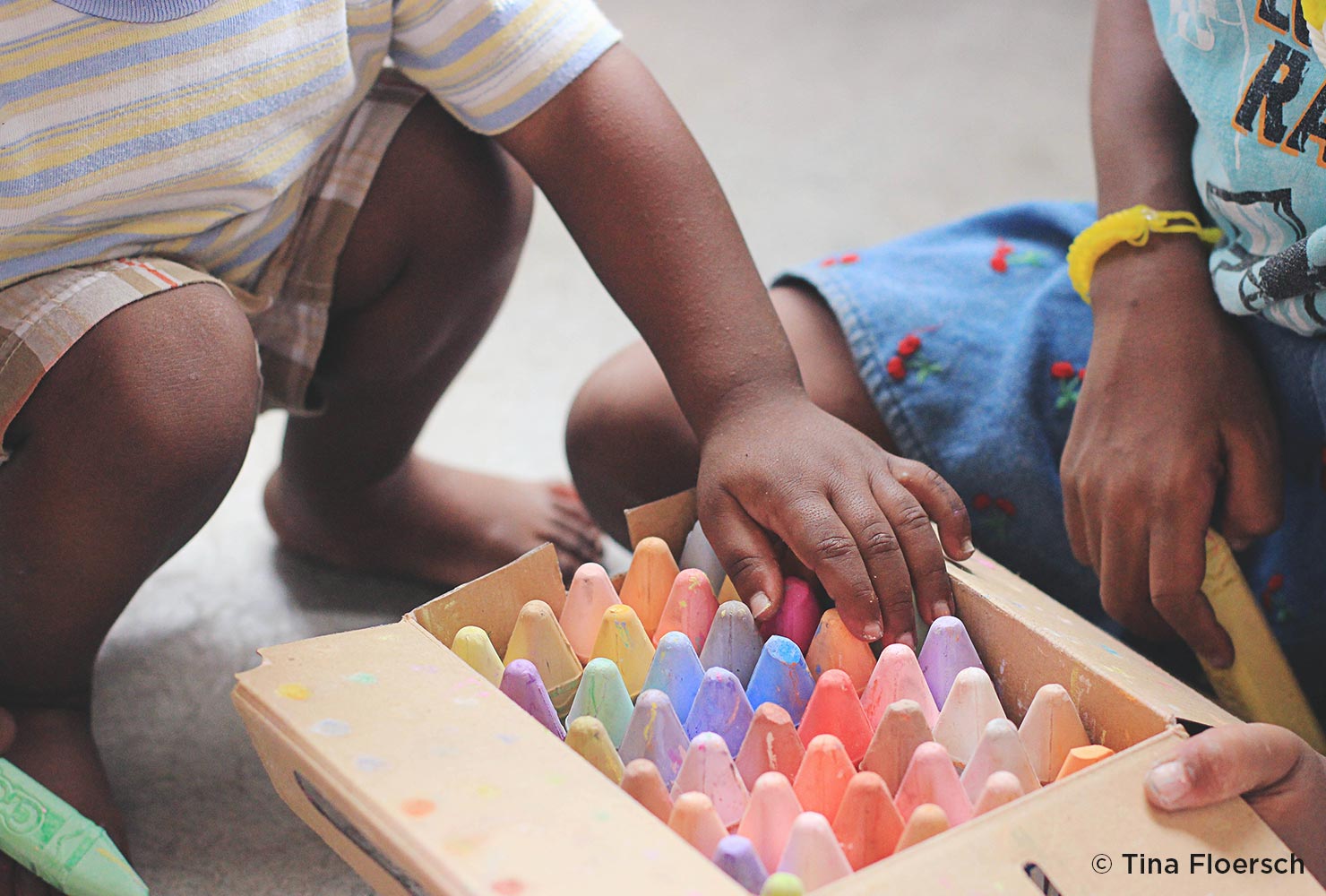
The random acts of kindness project prompts you to capture someone doing something thoughtful or helpful for another person. By photographing these moments, you’re telling a larger story of humanity.
To be successful in this project, you’ll need to keep a keen eye out for small acts of generosity, like a young man holding the door or a little girl smiling at a stranger.
21. Shoes For a Week
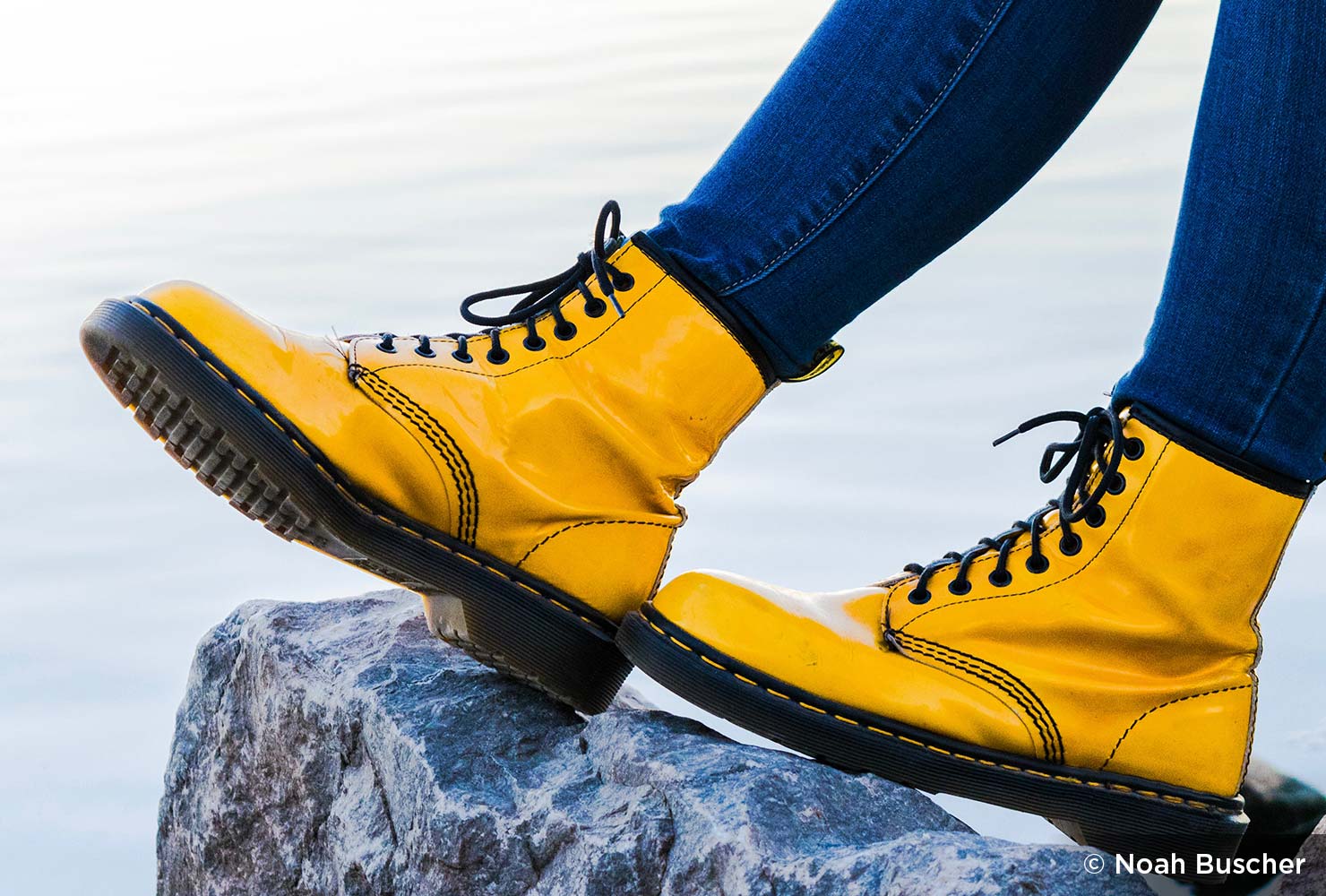
Narrow your photography focus for a week by capturing different styles of footwear. From boots to sandals to athletic shoes, diversify your image collection. Be sure to utilize a range of angles to create unique stories for each photo (i.e. a guy lounging with shoes on, two people talking while standing, a woman running).
22. Comfort Zone Challenge
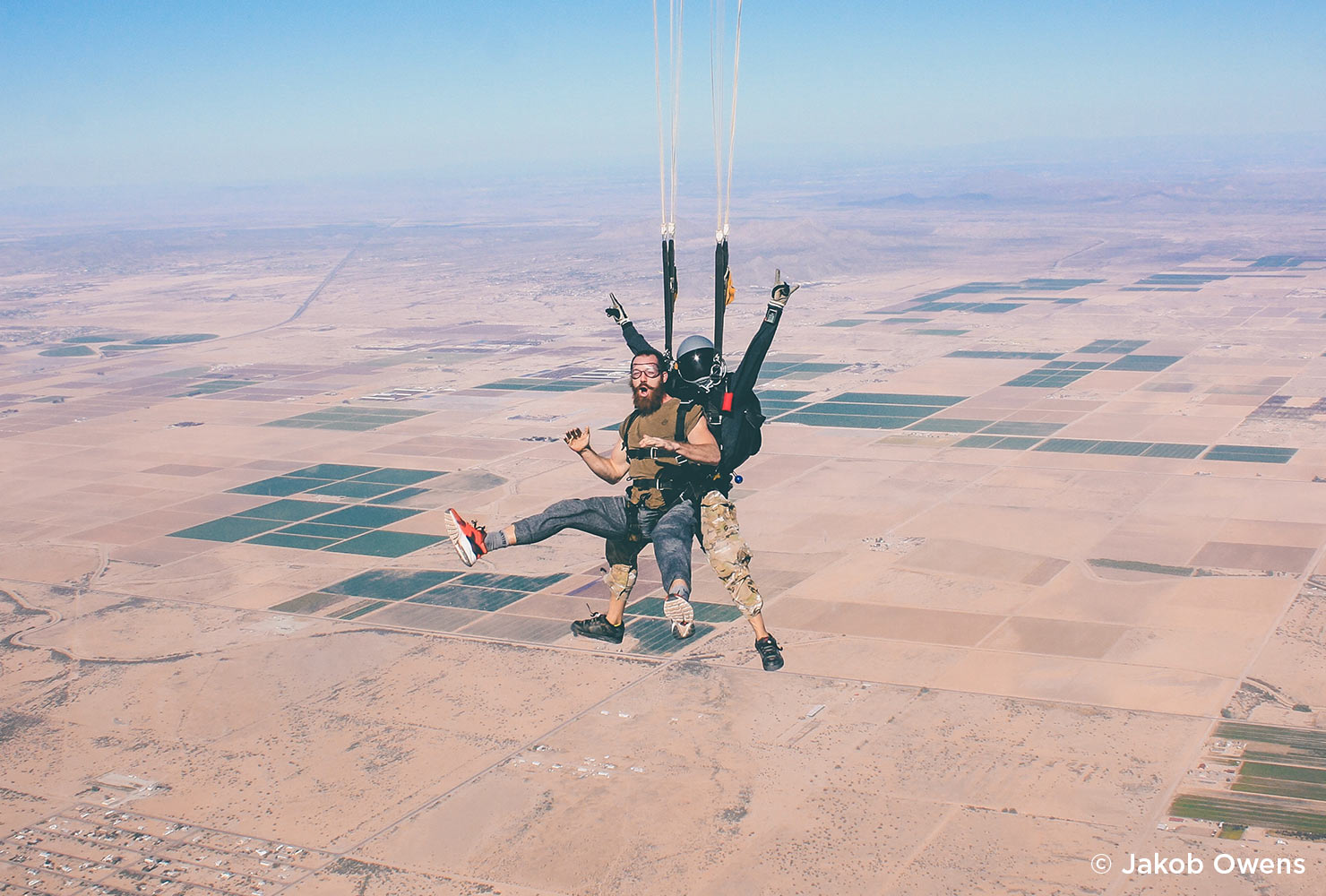
Pushing the limits of your creativity often leaves you with impressive and surprising results. With the comfort zone challenge, throw caution to the wind and experiment without expectations.
Maybe that means you’ll shoot a paragliding experience, a fireworks explosion or animals in action. When you’re snapping shots, play around with your shutter speed, aperture, focal length and movement.
23. 30 Strangers
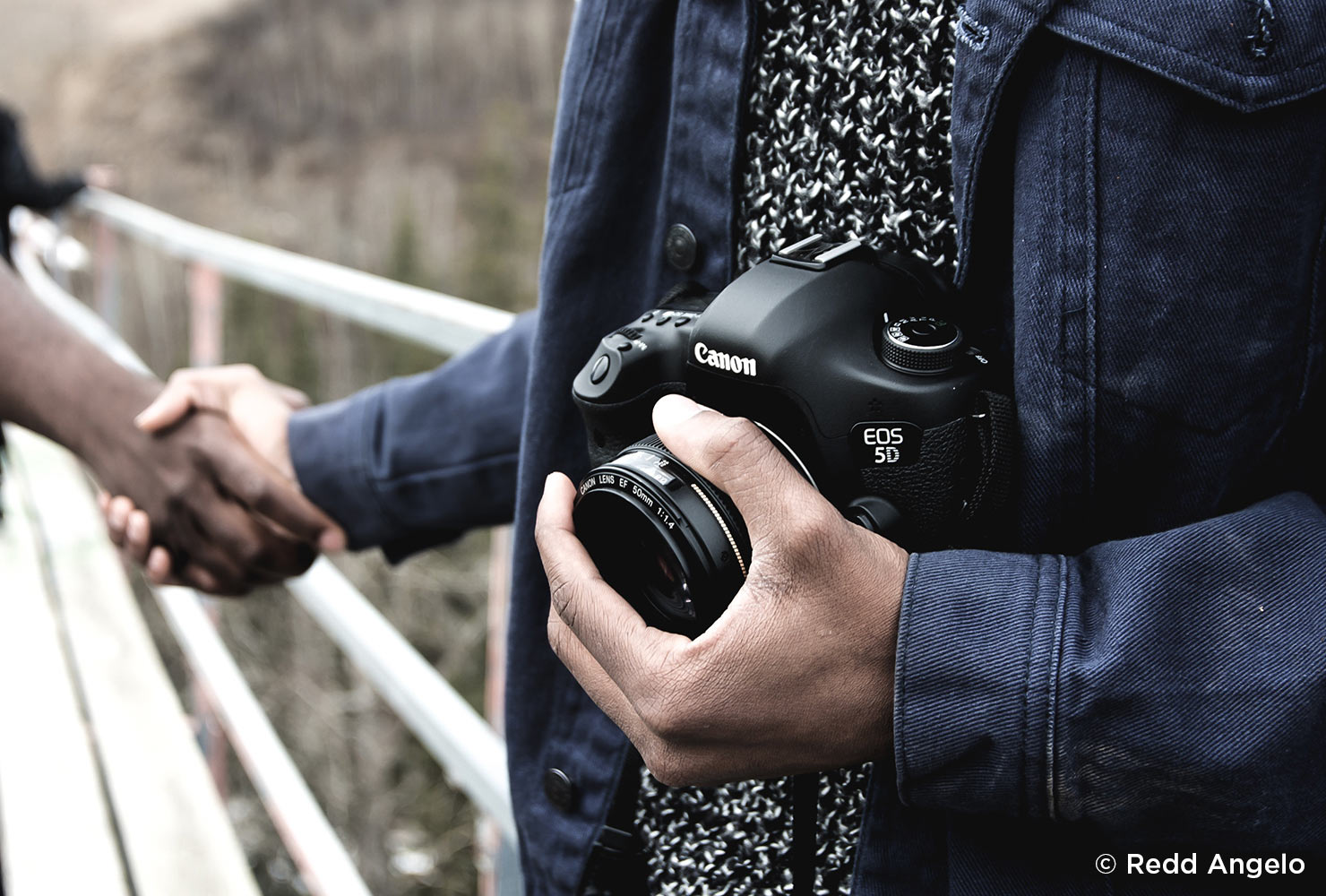
Taking a photo of someone whom you’ve only just met can be thrilling. It can also be personally and professionally rewarding. Through the 30 strangers project, you’ll capture 30 portraits of people you’ve never met before. Find people on the street, in a shopping mall or at a park.
Be sure to ask each person’s consent first before posting publicly. The 30 strangers challenge will certainly stretch you outside of your artistic comfort zone.
24. Duotone
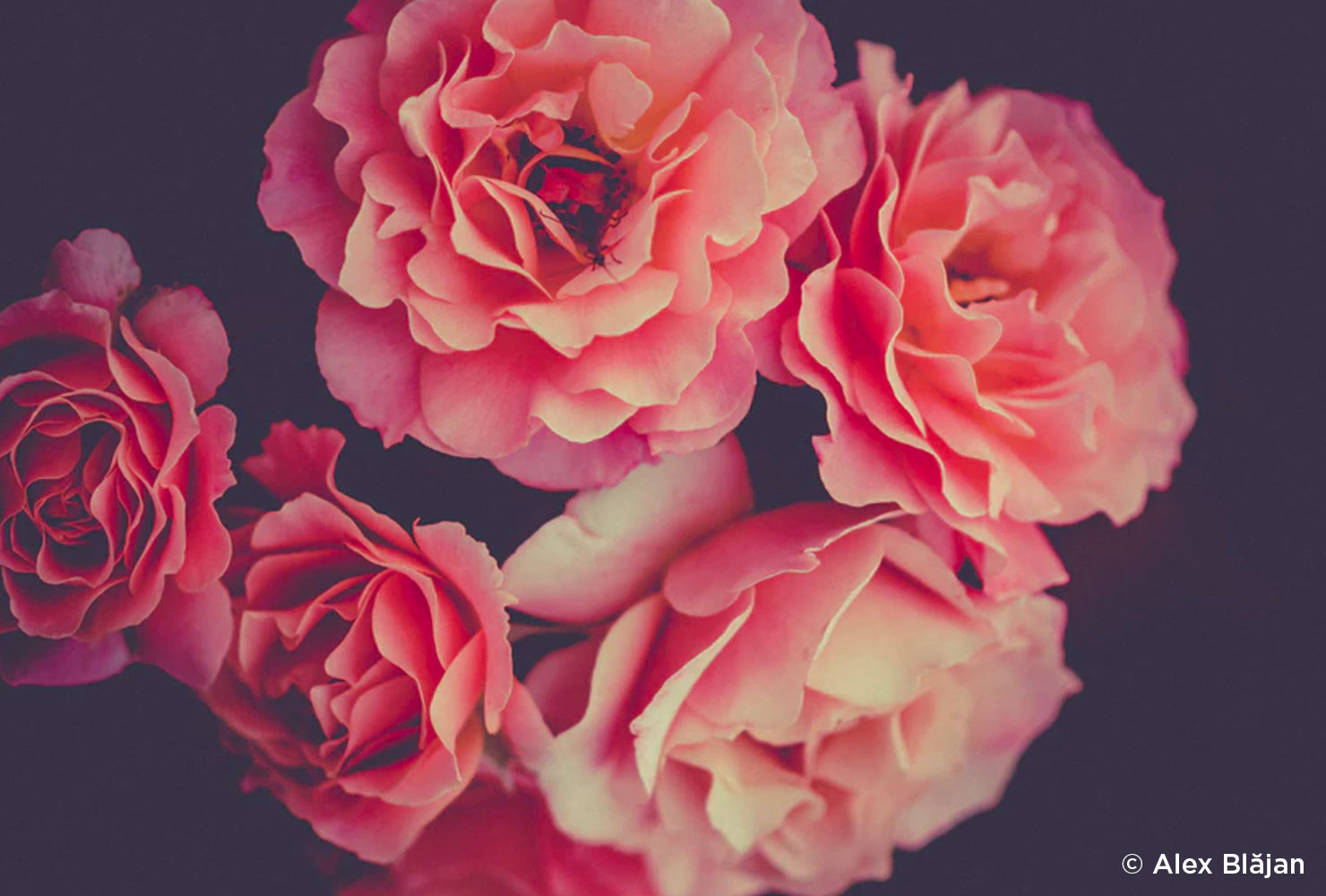
Duotone photography refers to a multitone production of an image, usually imposed through photo editing techniques. The superimposition of a contrasting color halftone (normally black) over another color halftone enhances the middle tones of an image.
Photographs with one main object, like a flower, seashell or tree, are ideal for creating duotone effects.
25. Perspective
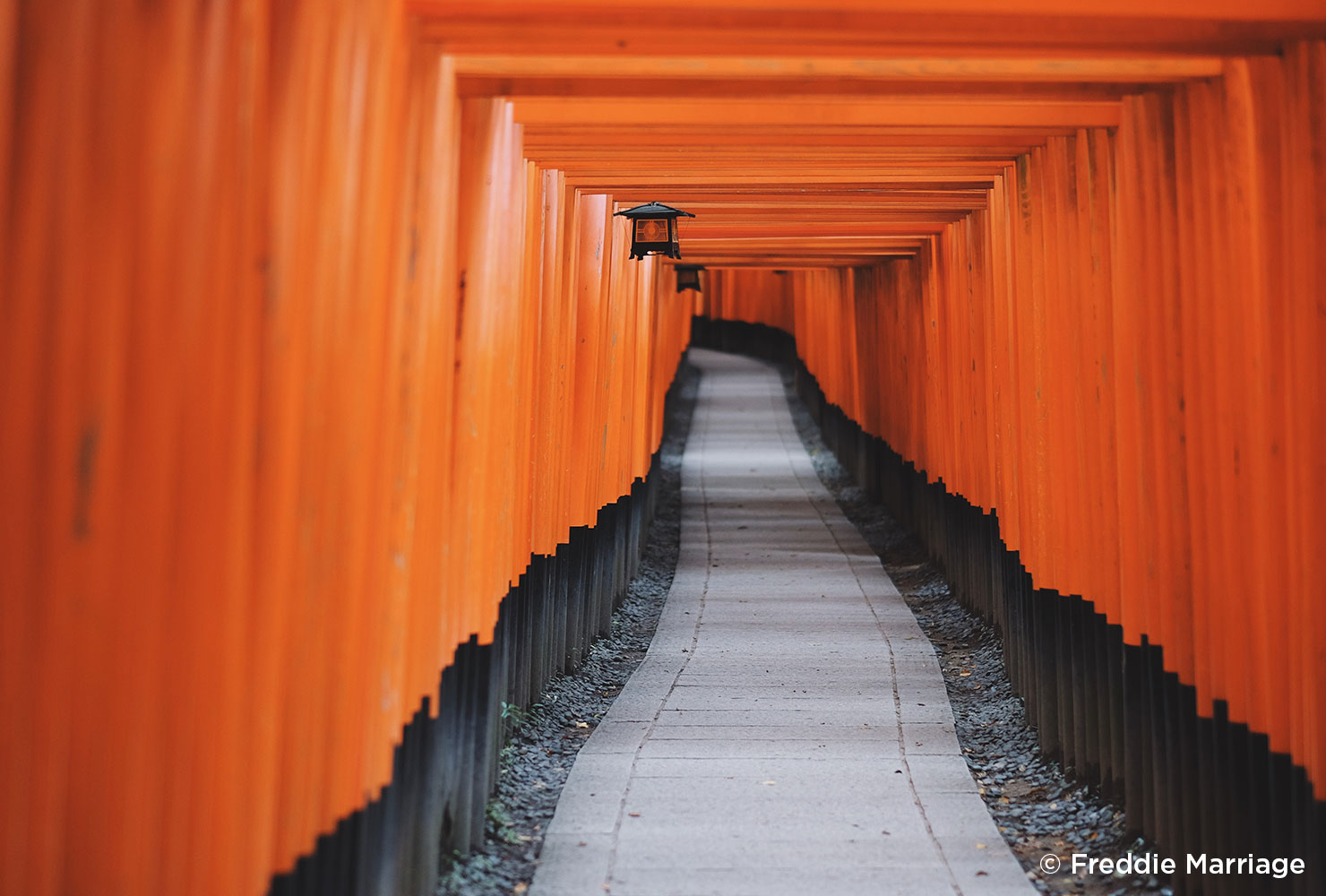
Perspective photography can take many forms: those shot from a low angle, ones with strong leading lines and those that look straight up into the sky. Whether your scene is a railroad track or skyscraper, your image should emphasize the angle and the unique perspective you’re hoping to give the viewer.
Train your eye to notice patterns, lines and reflections you can capture from different angles.
26. Coffee

Not only is coffee delicious and rejuvenating, it’s also a work of art. Collaborate with a barista on a latte design or the type of mug to use. Choose a simple backdrop so the coffee remains the focal point.
A dark backdrop is best if you’re aiming to capture the steam rolling off of a warm drink.
27. Create a Photo Album
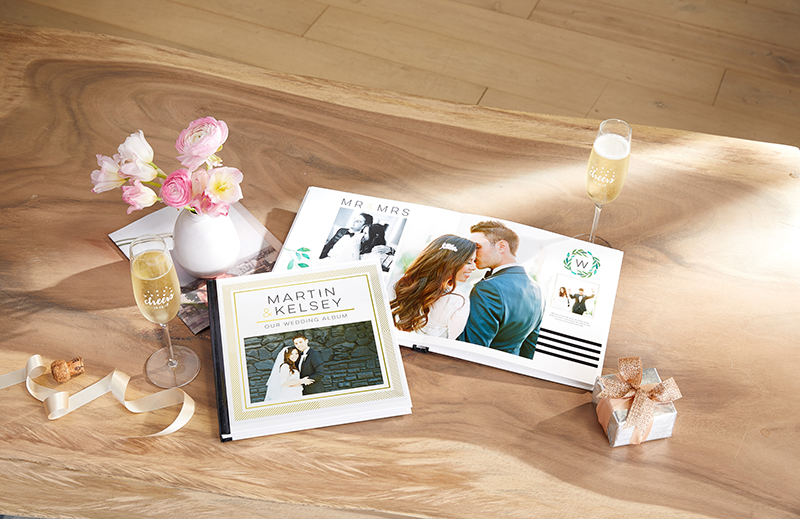
Let your memories last forever by creating a photo album for a recent vacation, an adventurous summer or a year filled with fun. Design your photo album with a theme in mind to build cohesion. Vary your layouts from page to page for texture and personality.
28. Traffic Lights
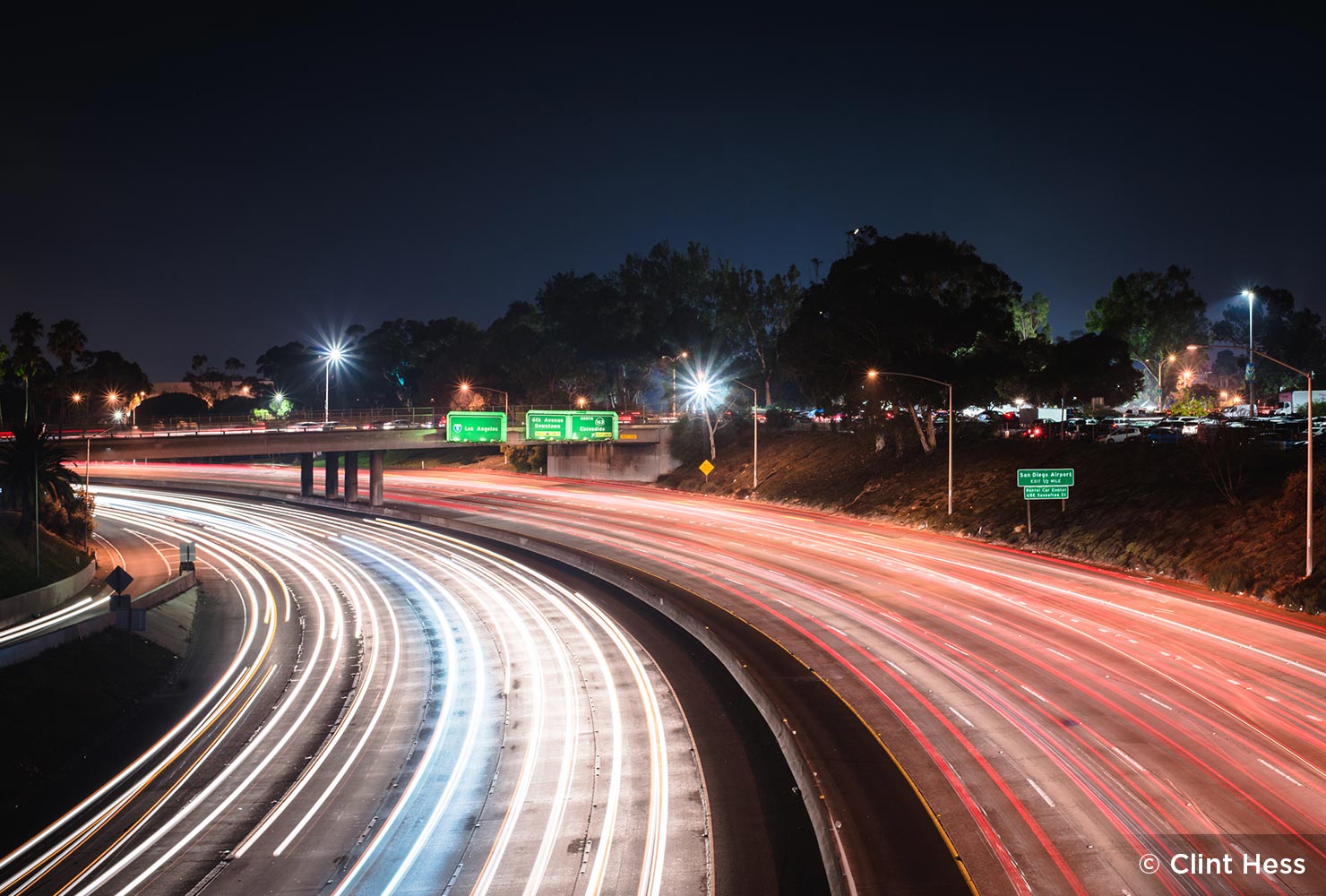
When photographing traffic lights and other light trails, the best time is during or after twilight on a night when minimal wind is present. Based on your camera angle and objects, you’ll need to adjust and experiment with your settings.
Often times, shutter priority mode is ideal along with a shutter speed of six seconds. Make stability a non-issue with a tripod, and remember you won’t be using a flash.
29. Happy Days
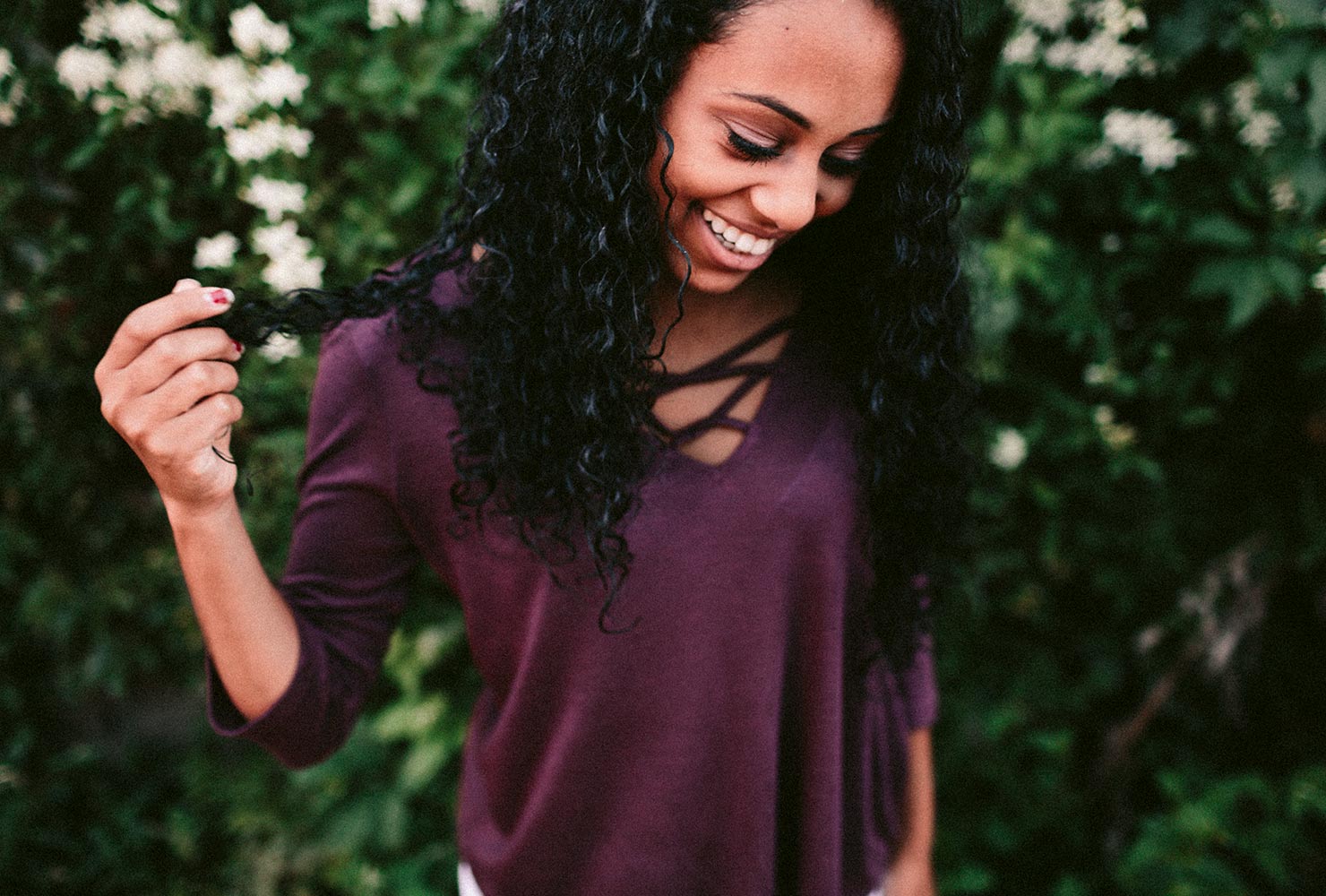
Allow joy to take the center stage of your photos. Whether they’re candid shots of family members interacting or a single subject, make sure the smiles are natural. Enhance the happiness level by highlighting the subject with ample natural lightening.
30. Photo Scavenger Hunt
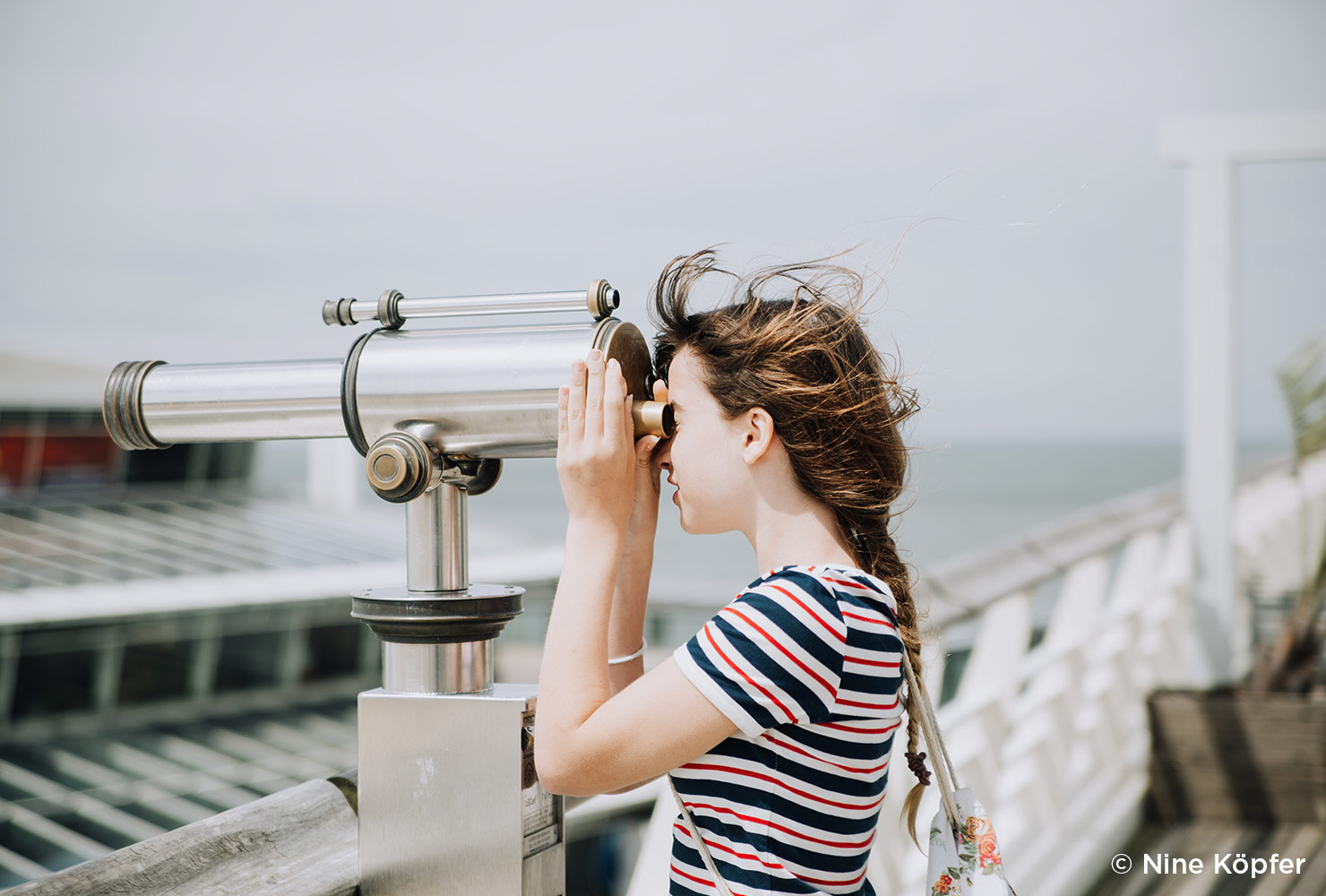
Challenge yourself and your fellow photographers by setting up a photo scavenger hunt. Rather than choosing objects and locations to capture, create a list of photography styles to achieve. For instance, your list might include building a motion blur or catching a clear action shot. At the end of your hunt, you’ll have a collection of impressive photographs.
31. Night Scenes
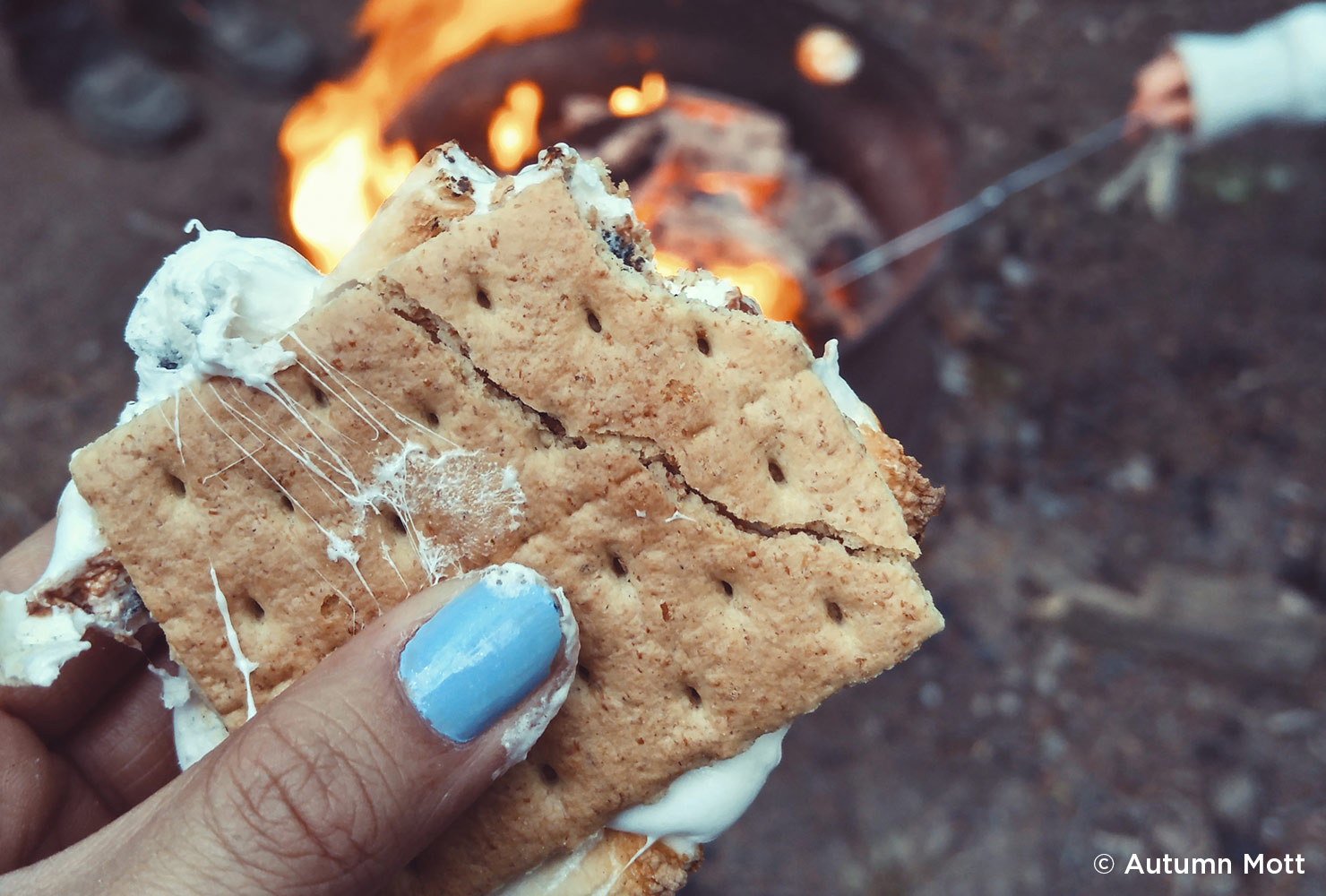
Night scenes, also known as low light photography, allow you to make the most of dark scenes that are hard to capture. When less light is present, it means you’ll also have slower shutter speeds, which equals more camera shake. For this reason, landscapes and long exposures at night time require tripods.
Whether you’re shooting special moments around the campfire or gazing up at the stars, utilize a wide aperture or a low f-number to let in as much light as possible.
32. Polaroids
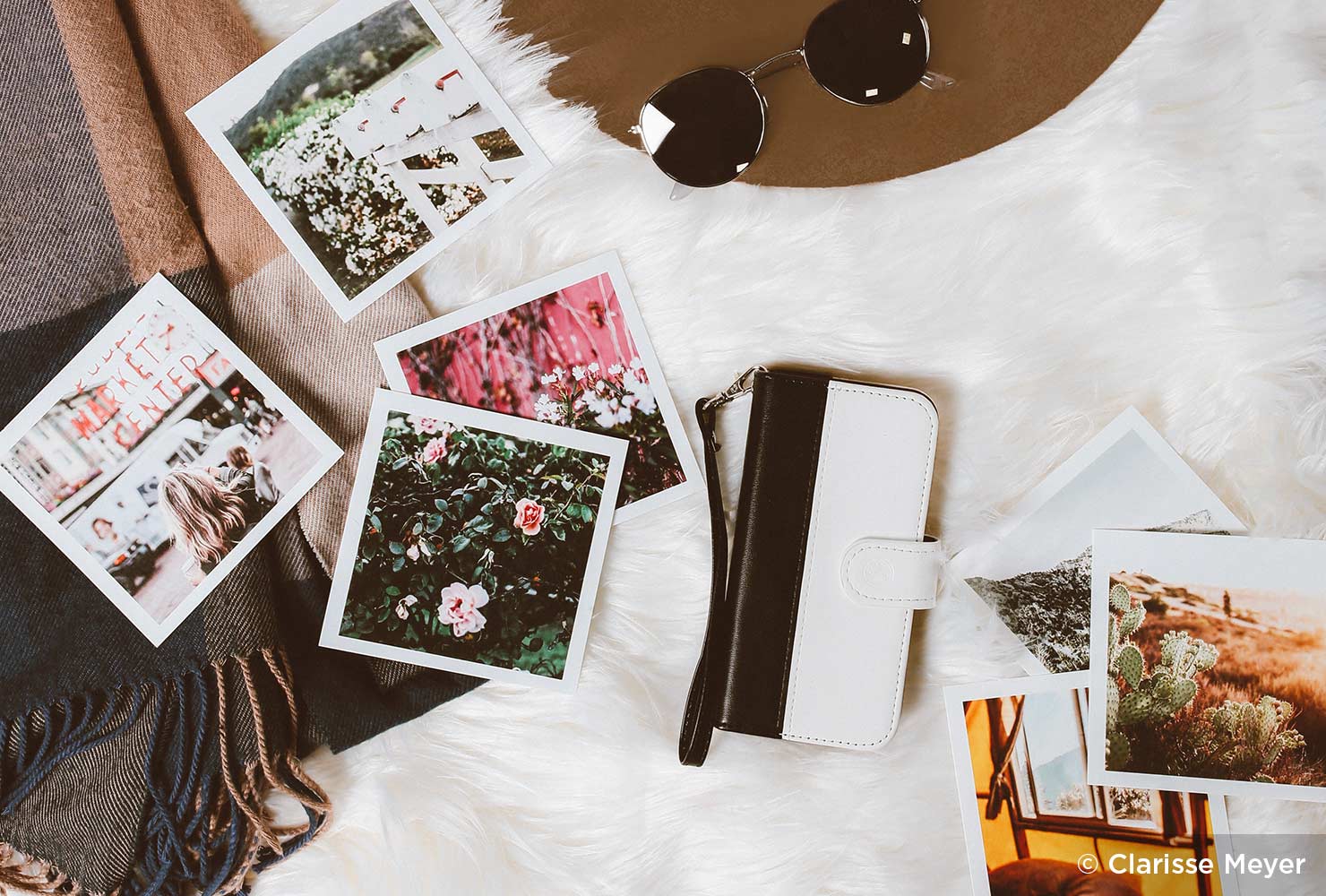
Polaroids offer a timeless feel and give photos a natural frame. When creating a collection of polaroids, be sure to switch up your angles and perspectives. Try a few upclose shots of objects along with macro shots of mountains and lakes.
For polaroids with human subjects, allow for plenty of natural light and aim for candids.
33. Letters/Signs
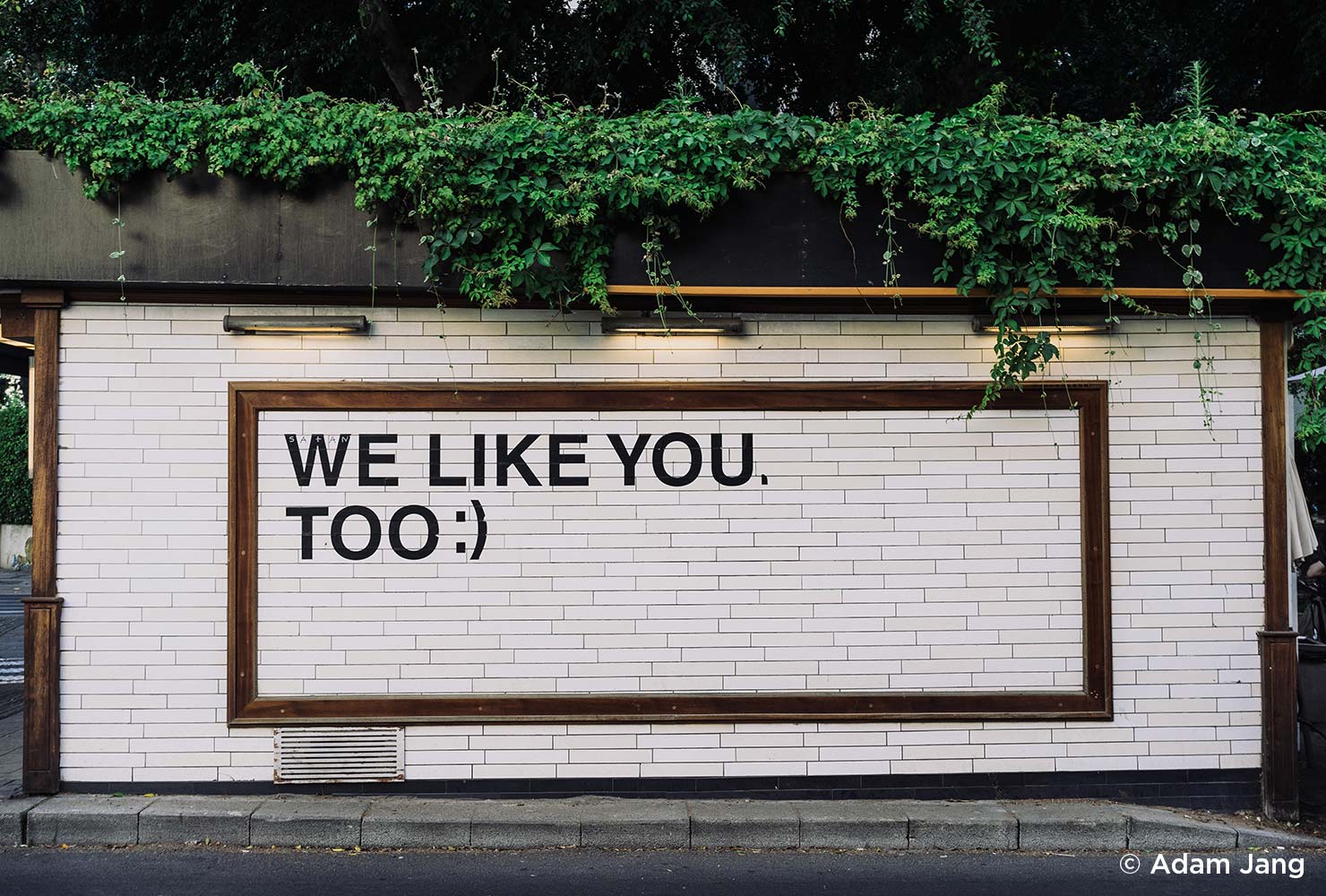
With any inanimate object, the challenge with photography is to bring it to life. With letters and signs, try to enrich the shot with the surrounding scene whether it’s greenery or a neat light fixture. Angle your lens in a way that makes the lettering most striking.
Build a full photography project with at least five to ten different signs.
34. Action Shots
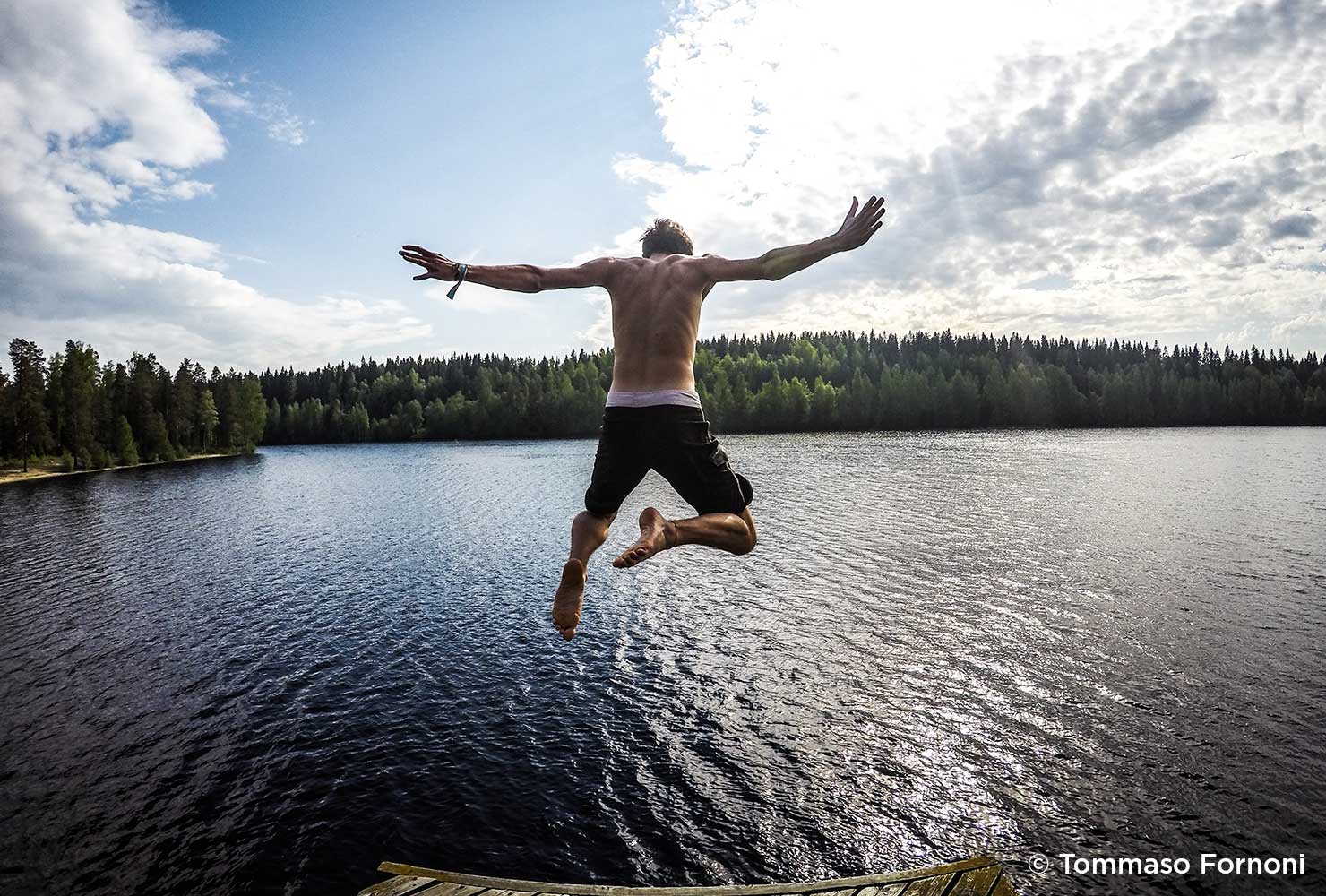
To nail a clear action shot—for sports, animals or anything else—the most important aspect is to be prepared. Consider pre-focusing your shot, so when the subject enters the frame, you’re ready.
Because it may take several shots to capture even one solid photo, shoot in short bursts for a few seconds at a time. Keep extra space at either edge of your frame to allow for your subject’s movement.
35. Abstract
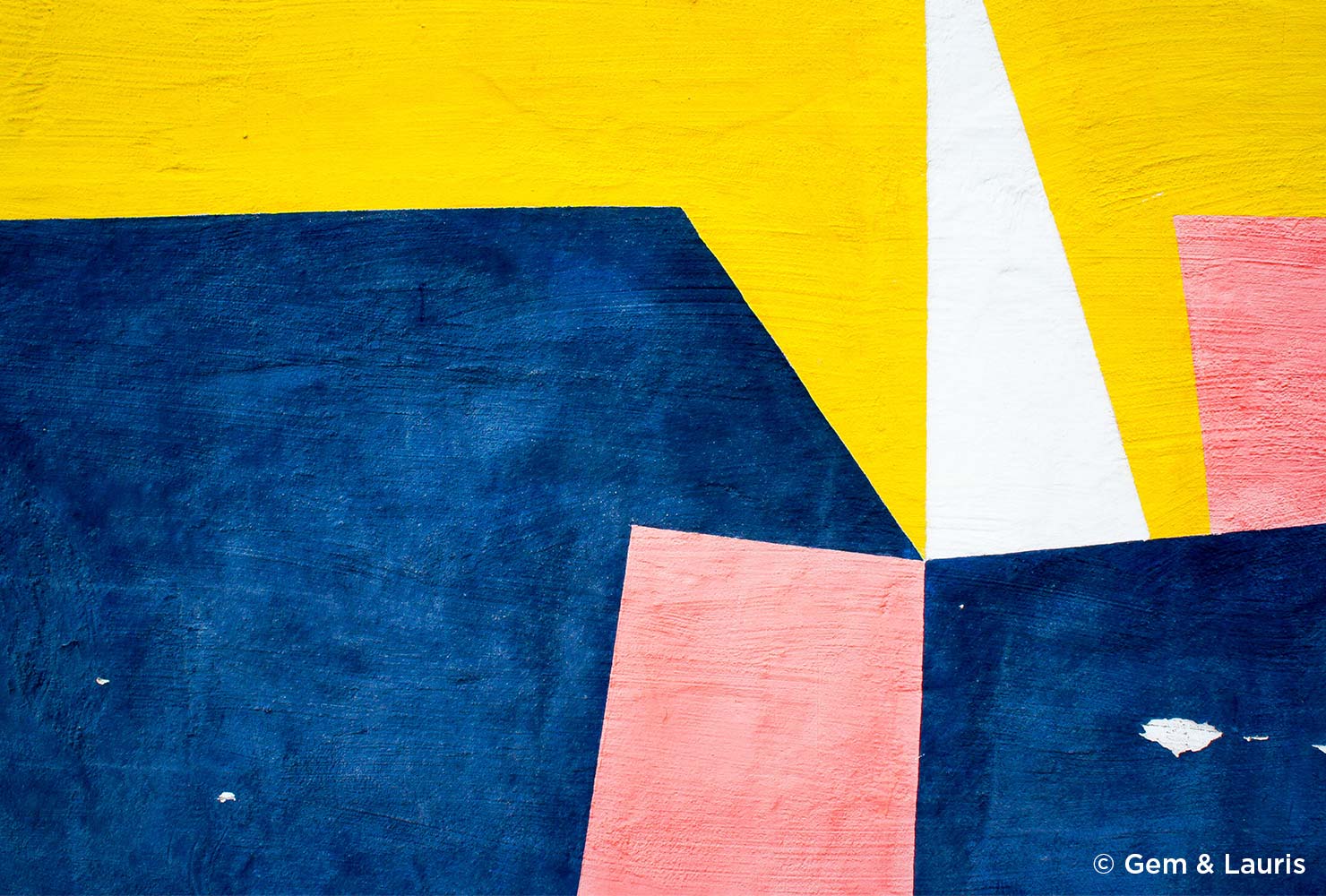
Fundamental to abstract photography are lines and curves. The shapes you highlight will guide the viewer’s eye to a certain engaging element. To get up close and personal with an object or design, use a macro lens. With the macro, your photo composition will have clearer resolution and sharpness. Complete your project by gathering a collection of abstract photo pieces.
36. New Lens
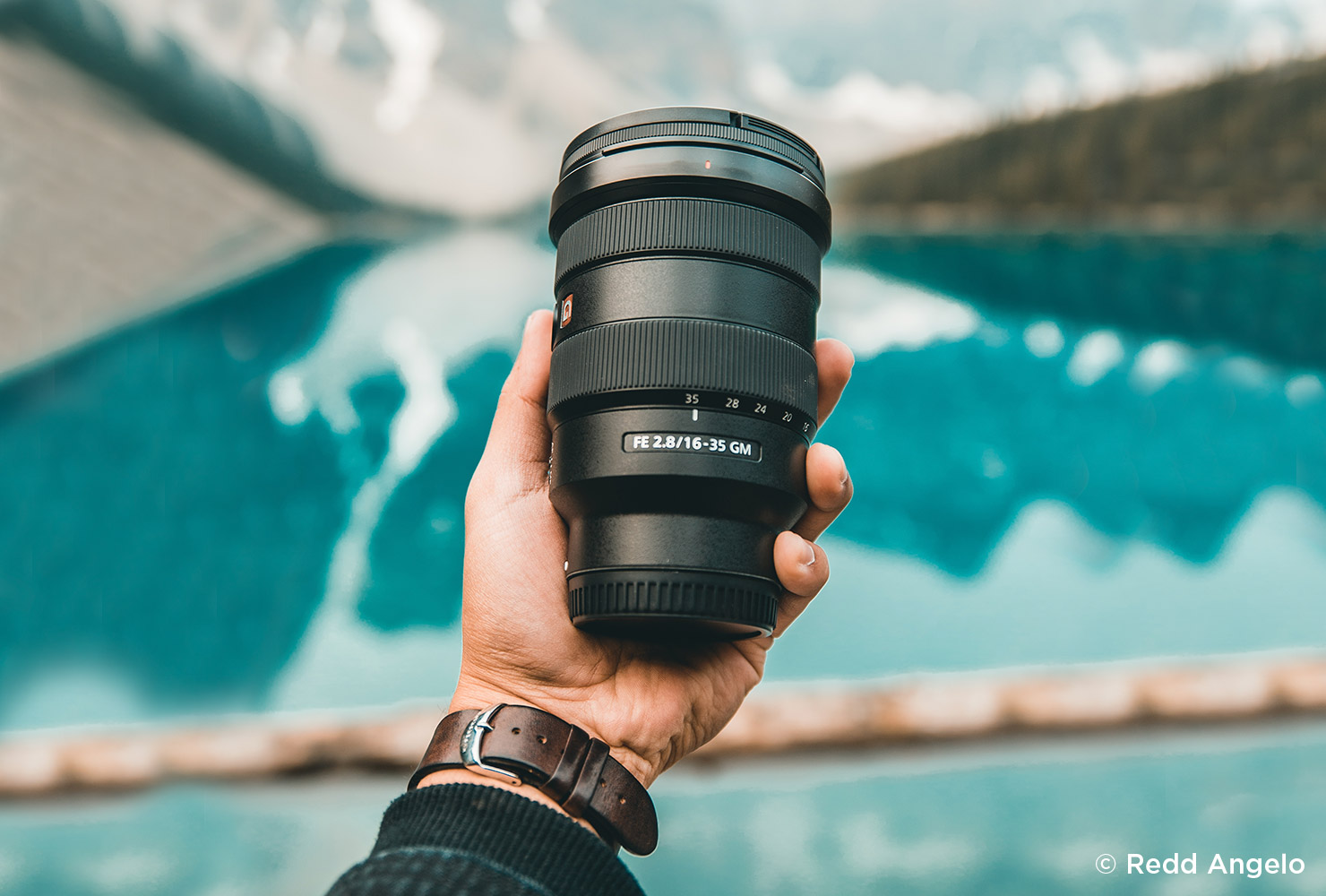
Your camera equipment plays a large role in your work as a photographer. Your tools, like your lenses, can fundamentally change the structure your art.
To sharpen your skills, try using a single lense for an entire month. Ideally, the lense will be new to you—allowing you to master the new tool and broaden your photography skills.
37. Architecture
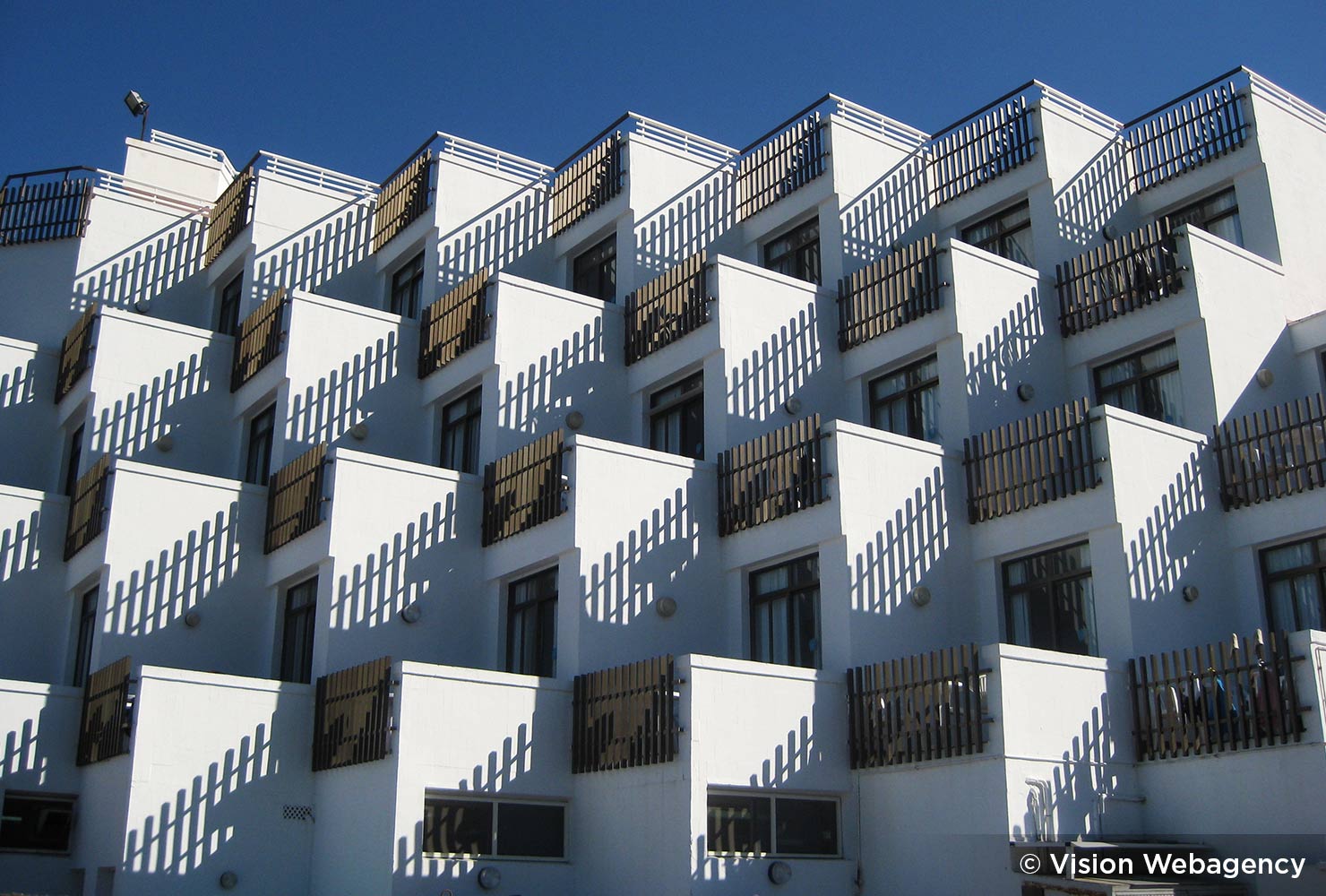
Photographing architecture—whether modern or classic—presents unique challenges. Consider capturing an array of building styles for your portfolio and don’t forget to mix up your angles. Vary your shots by choosing a different weather conditions and times of day.
Through your diversity of shots, you’ll have richer story of the buildings’ relationship with the environment.
38. Thankful
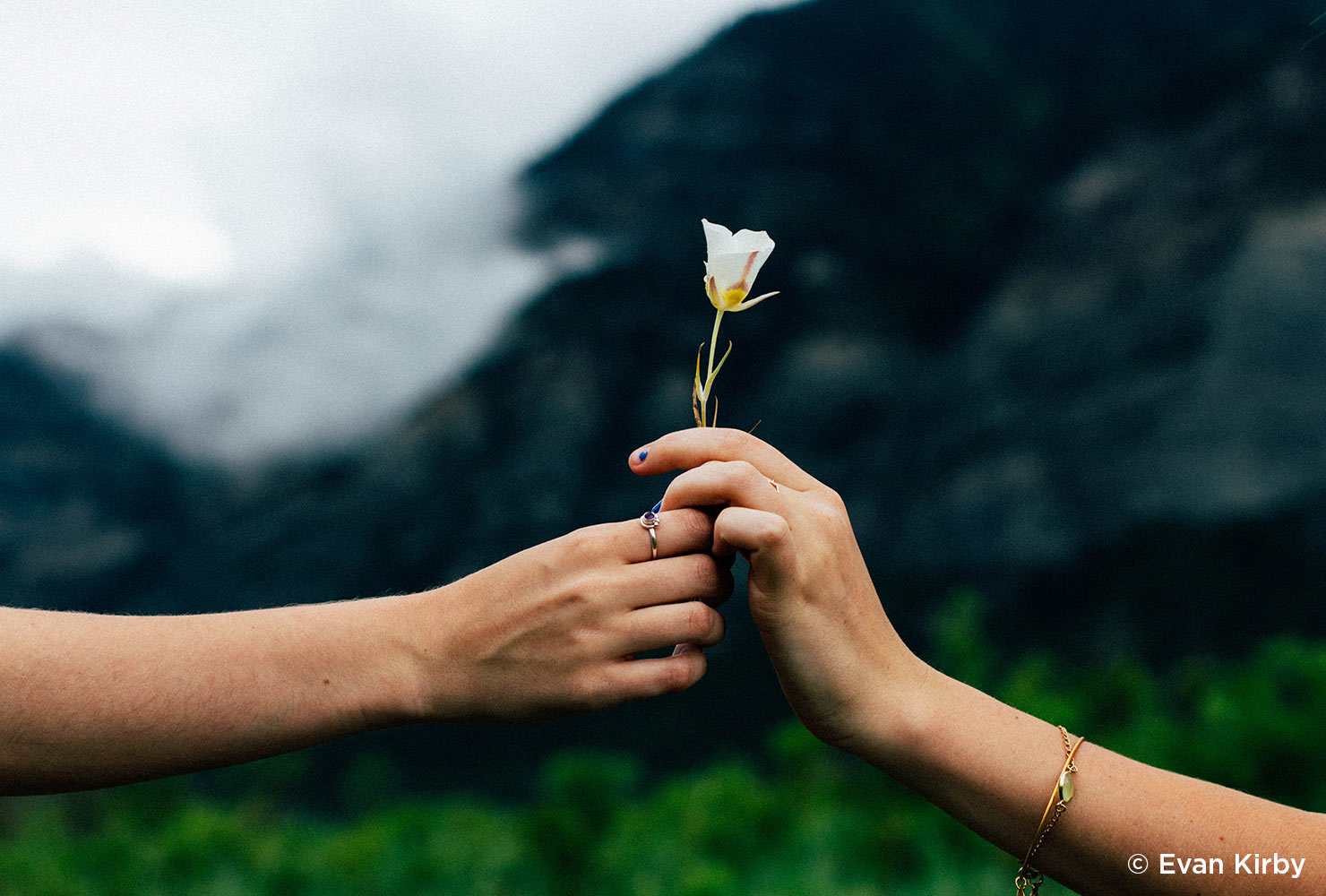
To enhance your gratitude and happiness, consider completing a thankful project where you take one photo every day of something you’re grateful for. From flowers to pets to family members, find subjects that have personal meaning to you.
By capturing what you’re thankful for, you connect deeper with the people, places and things that surround you.
39. Sunday Mornings

Whether you’re enjoying a cup of coffee or a good book, snap a photo every Sunday morning for one month or a year. Capturing everyday occurences through photography is a form of artistic journaling, helping you to document life’s big and small moments.
40. Top View
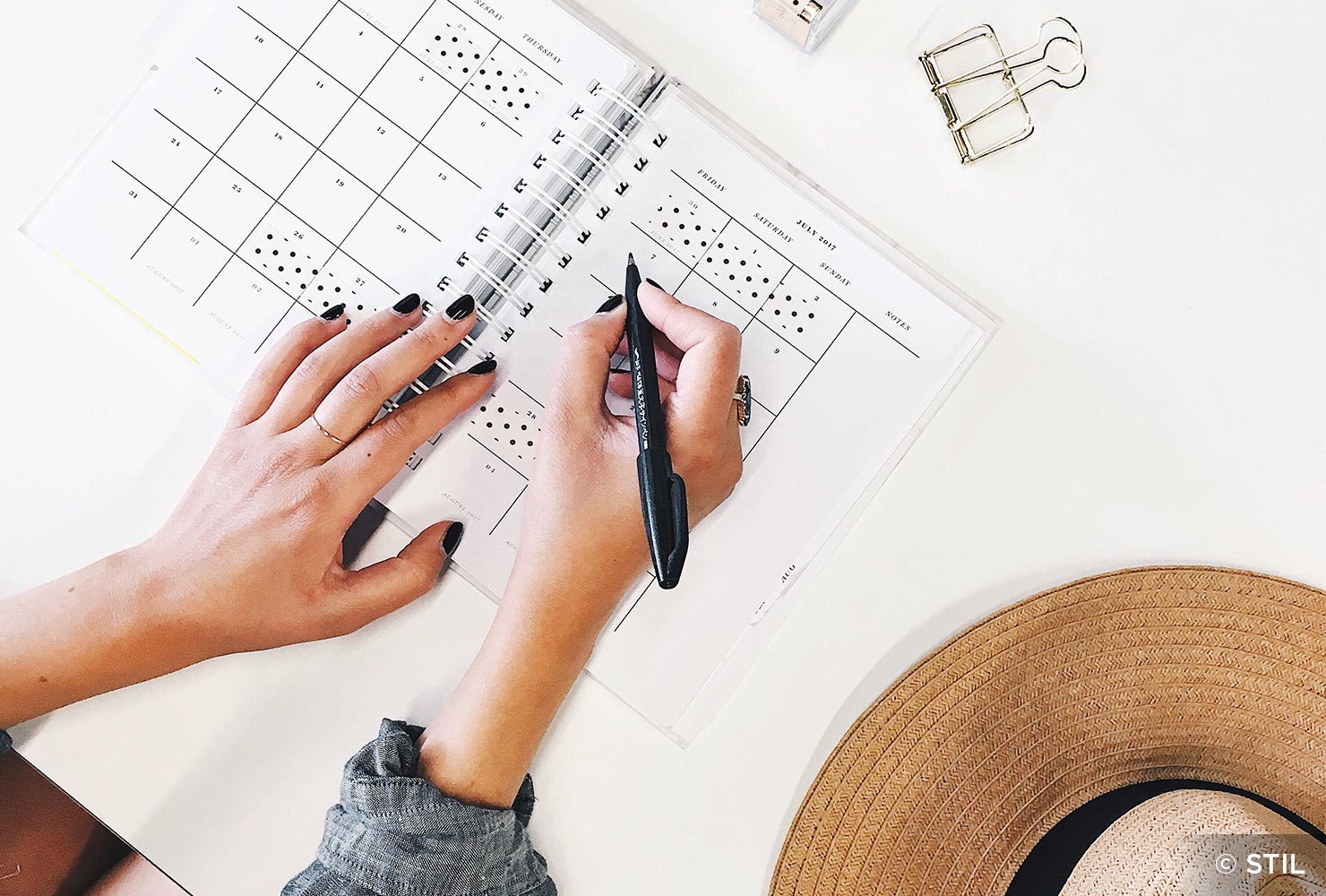
The angle of your shot makes all the difference in how appealing and engaging it is. Try a series of photos where your perspective comes from the top. Amp up the creativity by getting higher for your shoot and using a wide angle lens.
A busy environment, like a packed street or active household, can become a striking composition when using a top view perspective because it offers necessary distance from the cluttered setting.
41. Guilty Pleasures
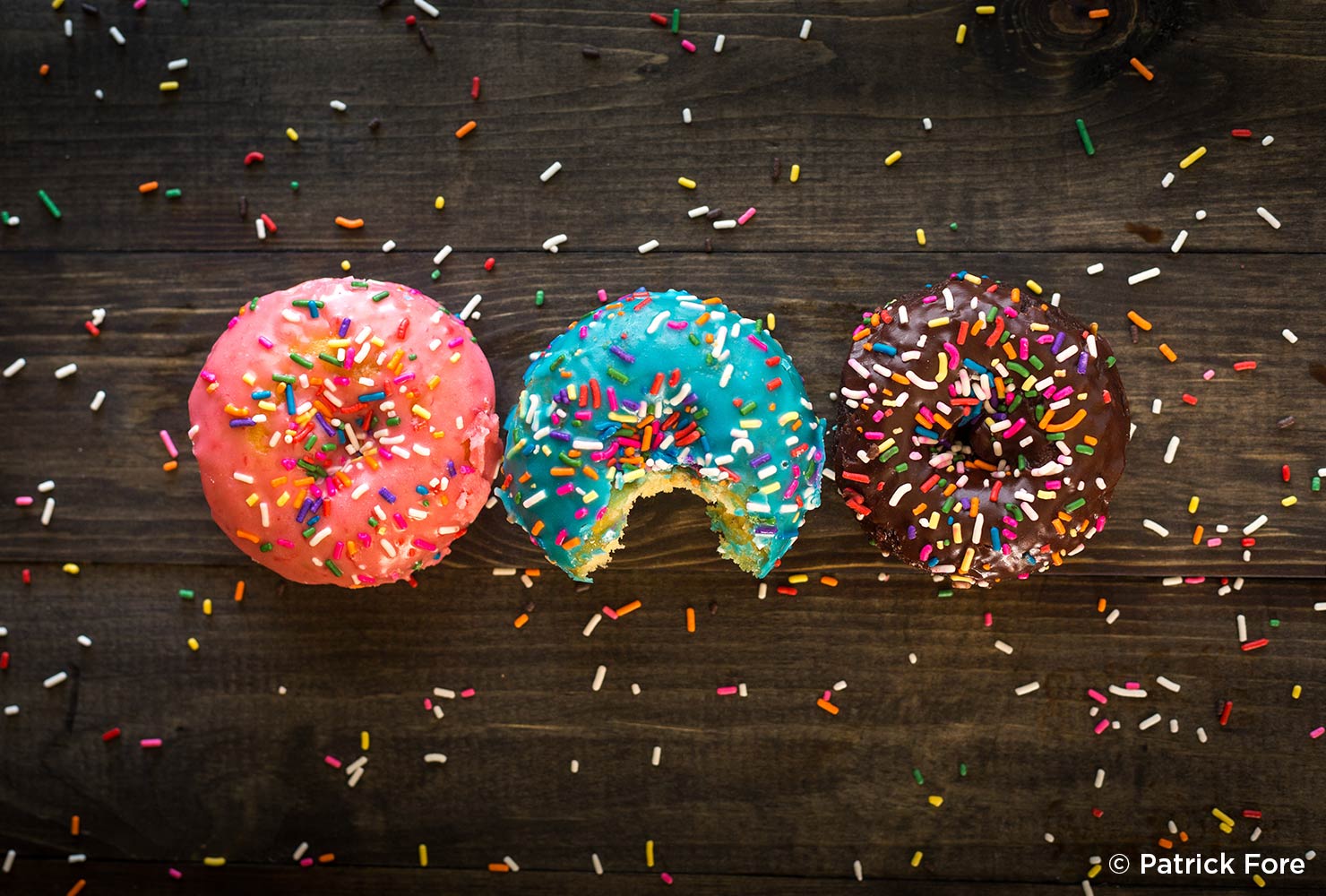
We all have foods and activities we love despite feeling that they might not be held in high regard. Perhaps your guilty pleasure is cream-filled donuts or binge watching reruns of your favorite sitcom.
Collecting images of your guilty pleasures will likely bring you humor and levity, knowing that these items are a part of you, but they don’t necessarily define you.
42. Silhouettes
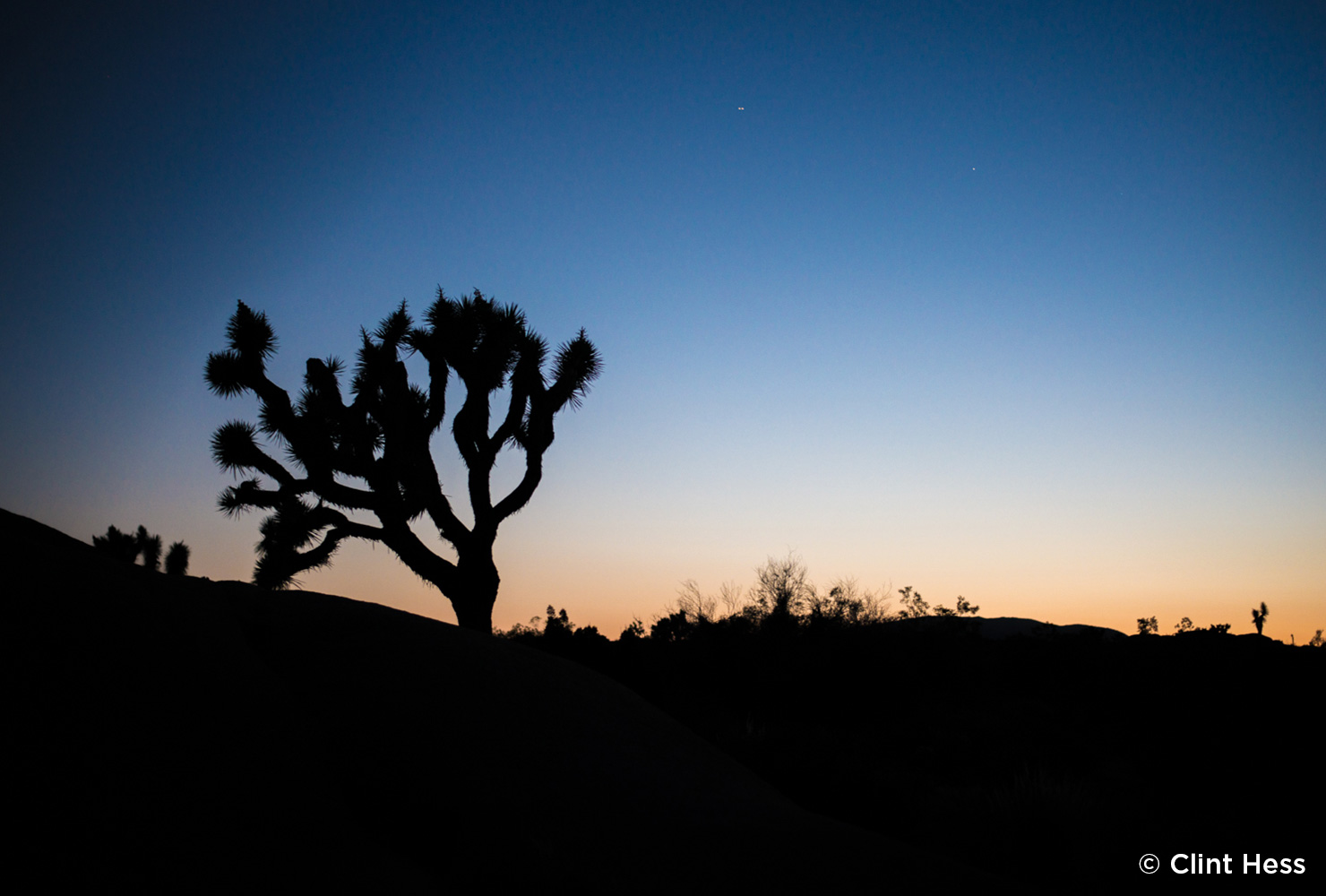
Forming a distinct contrast between light and dark, silhouettes highlight one or multiple subjects. Ensure your subject is backlit with the sun behind them. The best times to shoot silhouettes are in the morning or late evening.
Build a stunning image by setting the scene with open space, like in a field or along the beach. Set up your camera angle facing the sun, then ask your subject to stand between the sun and you. Play around with the exact angle until you have a strong contrast.
43. Prisms
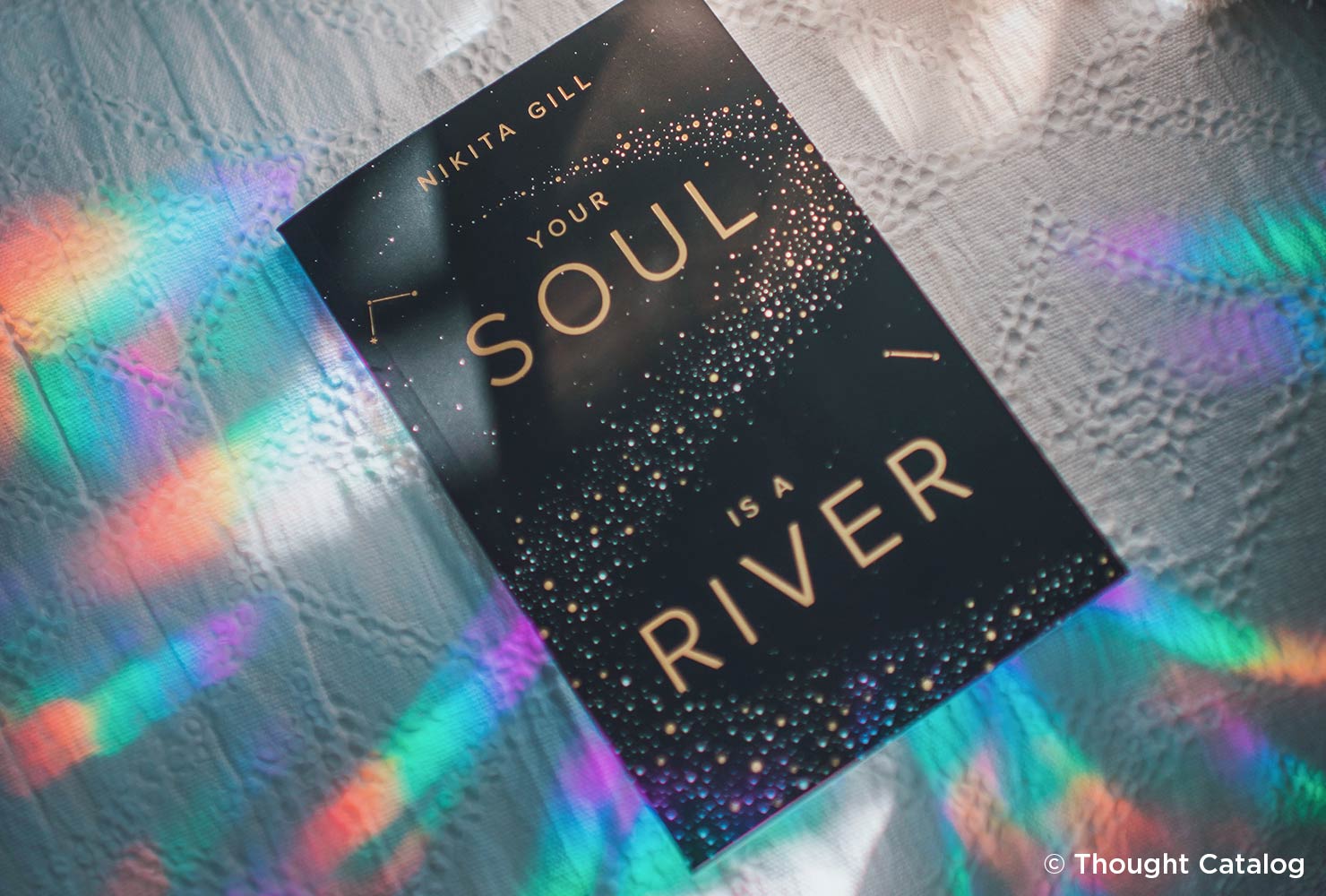
Create a collection of photos shot with prism filters on your lens or by placing a prism in front of your lens. The light that dances off of the prism will add creative effects to your photography by dispersing light before it hits the camera. Secure your camera on a tripod so you can have your hands free to play with the prism and lighting.
Prism photography can include large subjects like nature scenes and architecture or smaller objects like books and candles.
44. Symmetry
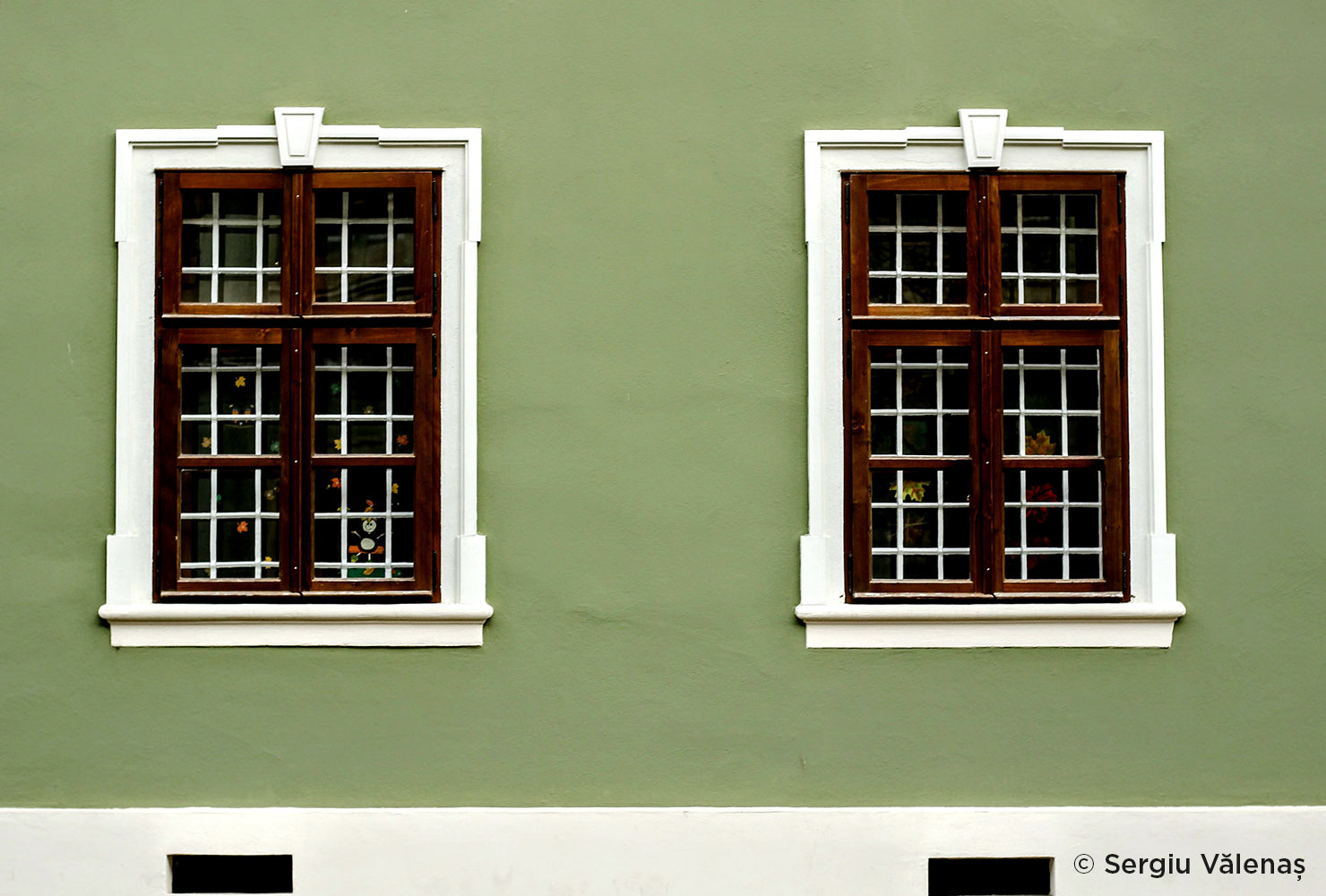
Finding subjects that offer you symmetry is the foundational step for this photography project idea. Look for symmetry in architecture and nature, but don’t leave out human and animals subjects. Smaller details, like hands or feet, often make for the perfect symmetrical photo.
45. Bokeh
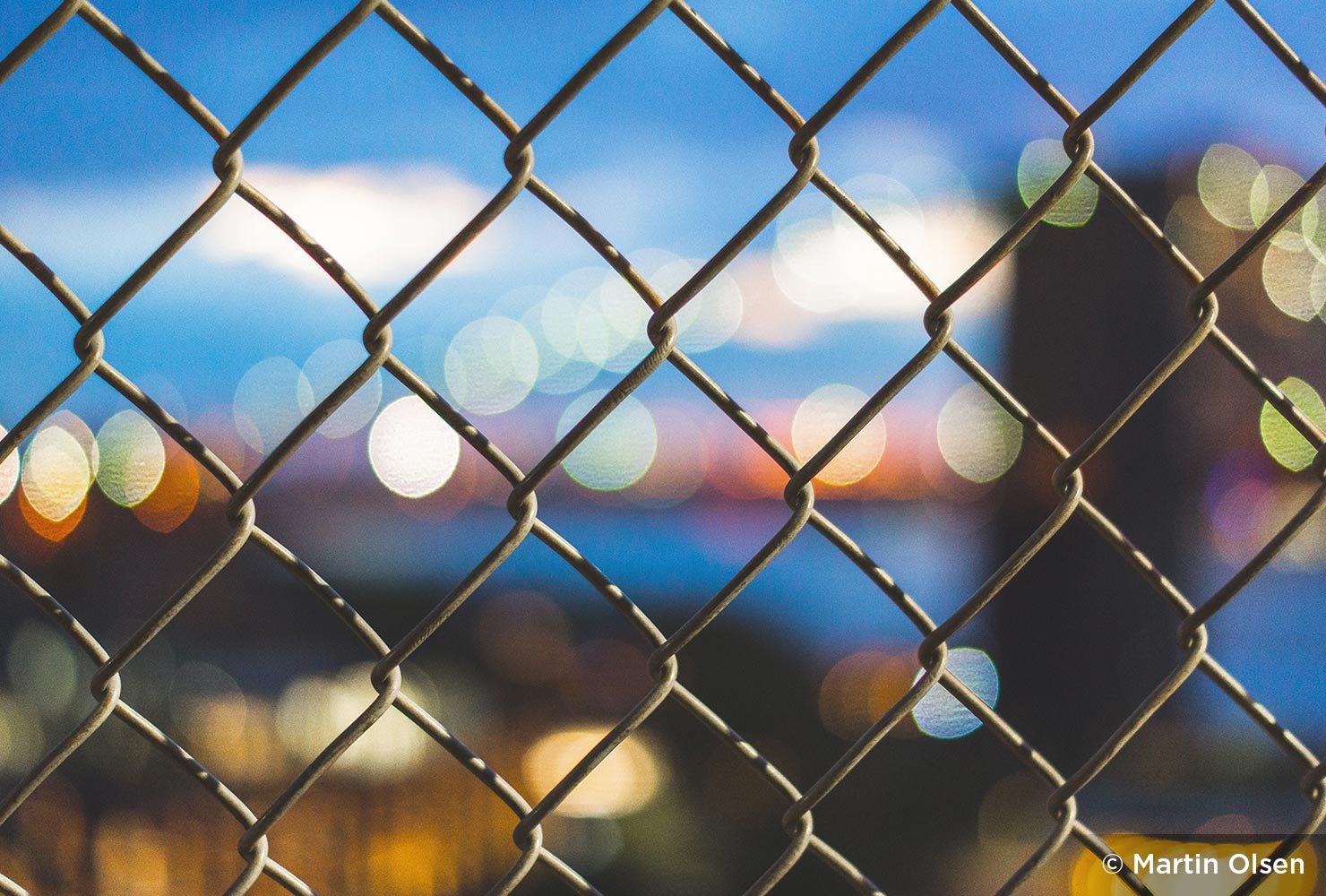
Bokeh photography is denoted by one unique characteristic: a blur produced in the out-of-focus area of an image. The blur, produced by a lens, helps direct the focus of the photo. A fast lens is necessary to achieve this technique, with at least an f/2.8 aperture.
With a wide open lens, you can create bokeh with subjects like butterflies, humans and fencing around a baseball field.
46. Action Figures

Due to their size, action figures are easy to rearrange and shoot from multiple angles. Bring the scene to life by having the figures interact with each other. If you’re looking for an extra challenge, tell a story through your action figures, like one you would find in a comic book. Include action shots against a simple backdrop.
47. Steel Wool
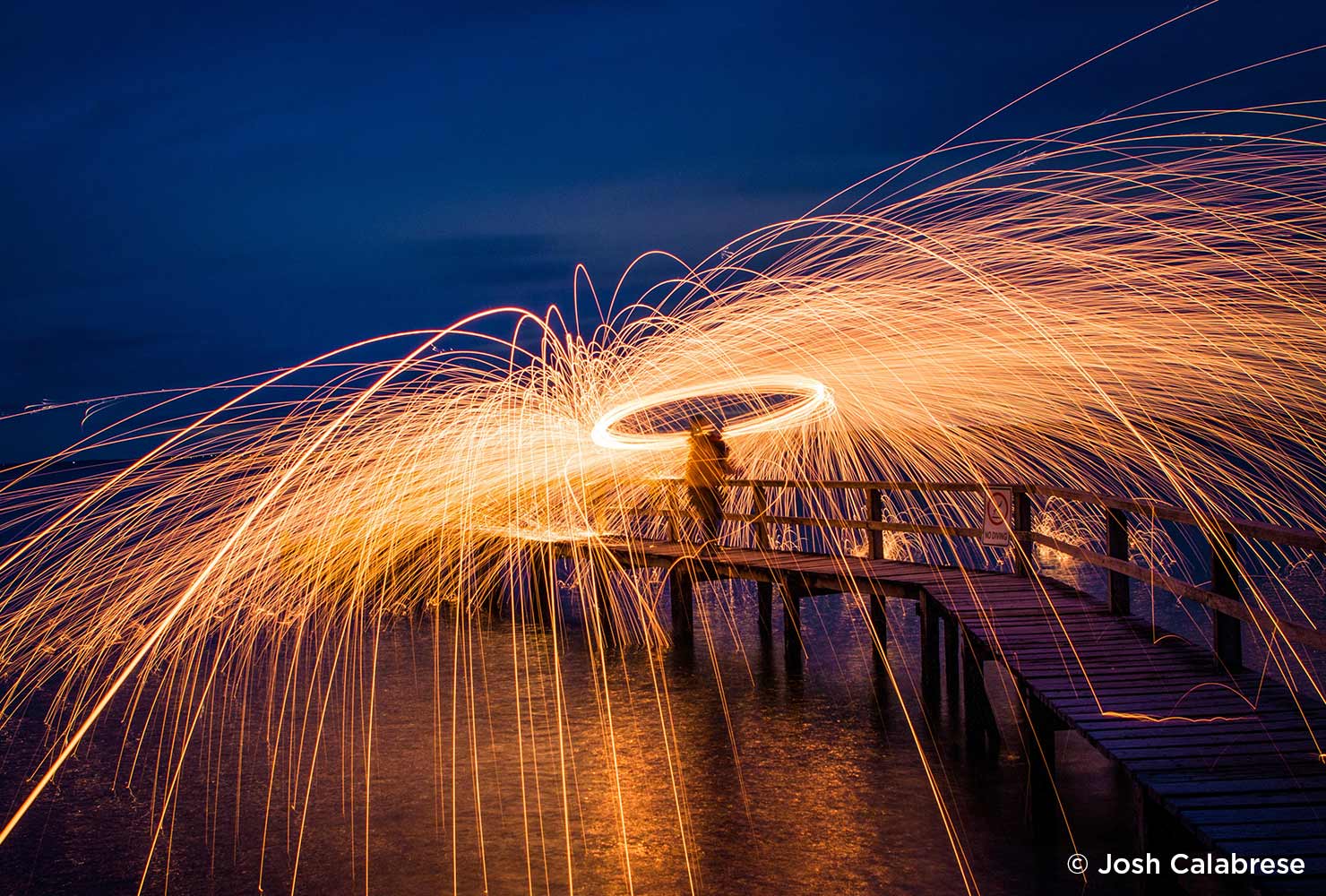
Although it may seem like steel wool photography would require expensive equipment, it is a surprisingly inexpensive technique. For this project, you’ll need the following: a camera, lens, tripod, shutter cable, steel wool, string, stainless steel whisk, lighter and protective gloves. In a dark location—away from combustible items and other people—burn steel wool that’s loosely packed in a whisk.
As the steel wool burns, spin the whisk either vertically or horizontally to create the desired effect. The burning will only last about ten seconds, so you’ll want to set up for at least five seconds of exposure time. Steel wool photography creates wild and interesting images, but be sure to follow safety precautions to avoid hazards.
48. Macro

To enhance your skills and test out a nifty shooting technique, try macro photography on tiny subjects like insects, match-heads and flowers. Keeping your budget in mind, choose a magnification lens that lets you make super small items appear larger than life. For your macro project, vary your subjects.
Consider nature’s smallest members, miniature household items and up close shots of human elements for your portfolio.
49. Double Exposure
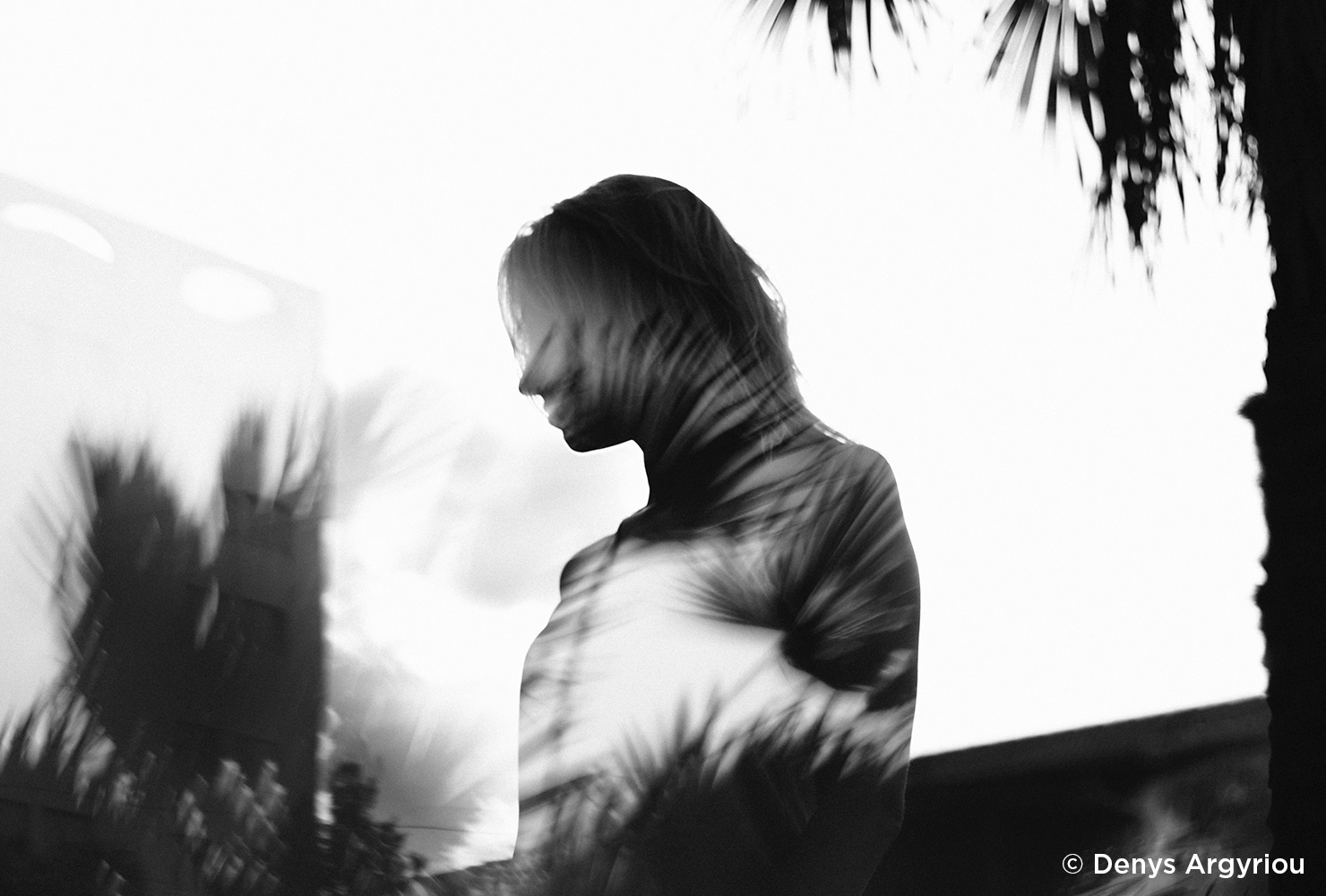
Double exposure, also known as multiple exposure, is a technique that combines two images in a single image. By using double exposure, you can create a distinct effect like a mirror image or ghost-like presence. The layering technique can be done with or without photoshop, depending on your equipment and skill set.
50. Escapism
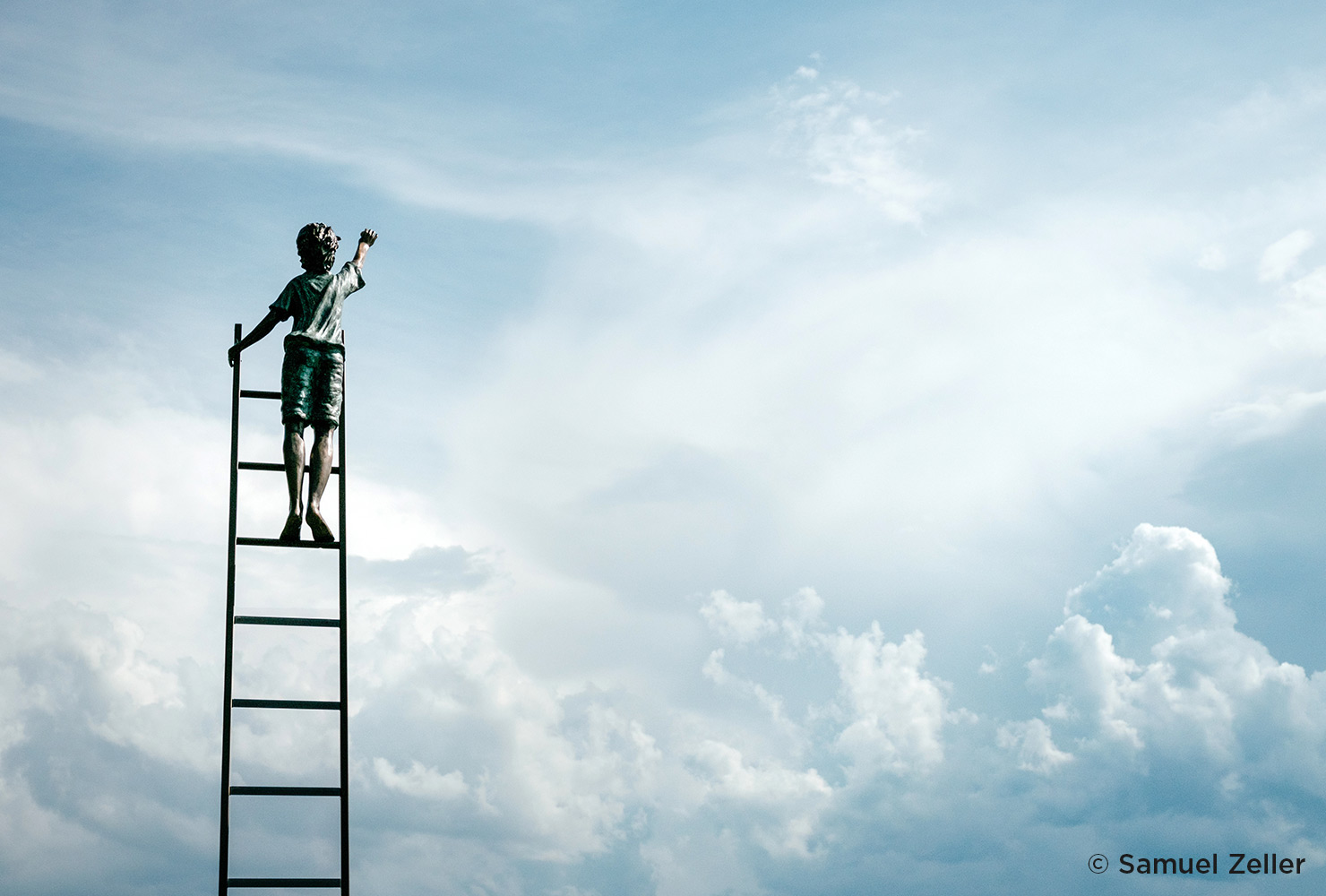
Photography, like any type of art, can be a form of escapism. Through the camera, we can create images that help us step out of reality and into our daydreams. Prepare for your escapism photography project by thinking of your ‘happy places’ or locations you go to get away.
After brainstorming, head to one of those locations and shoot scenes that offer a mystical aura—whether it’s birds fluttering in the forest or the clouds lifting off of the mountains.
51. Shadow Art
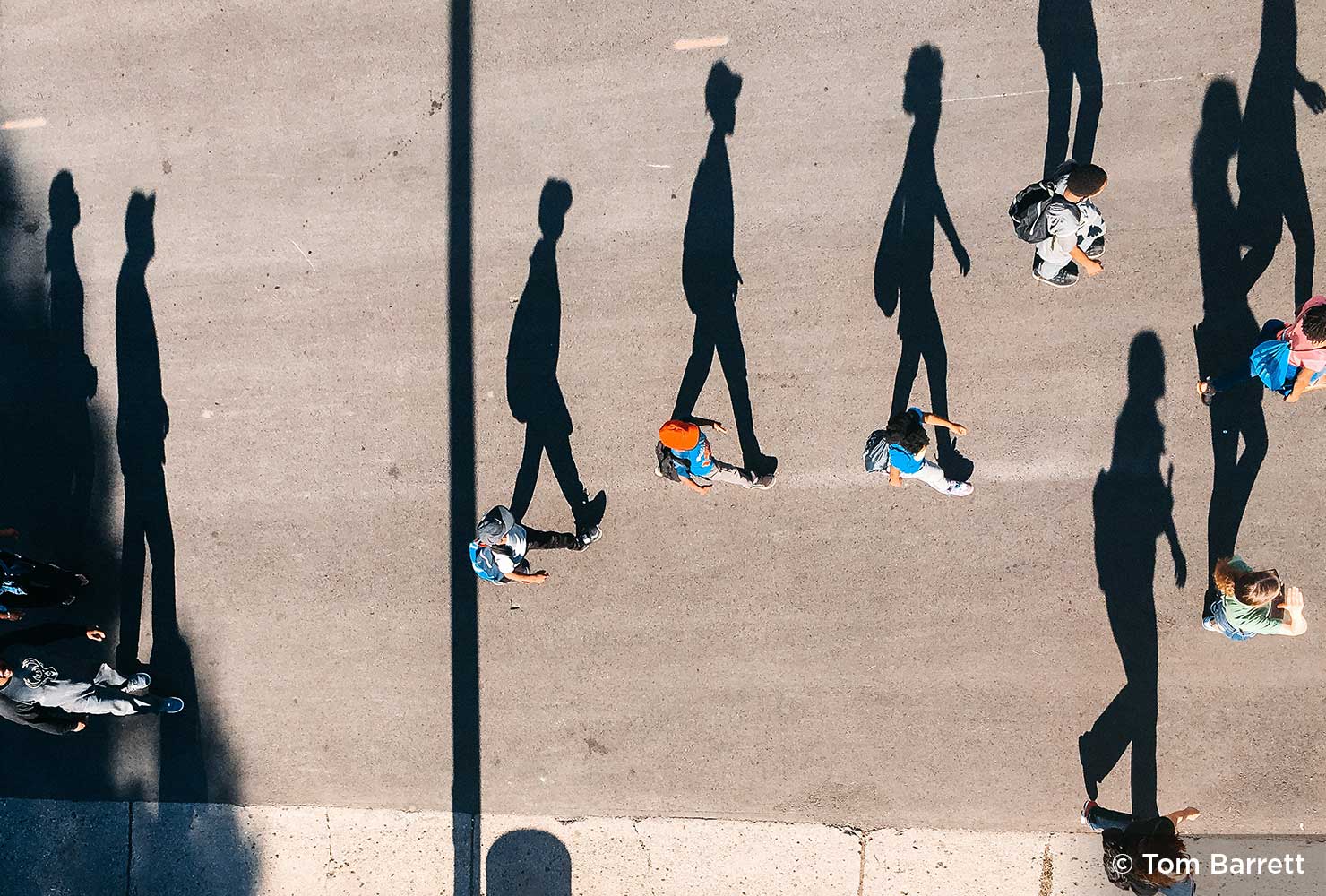
Just as light is a critical element to photography, so is darkness. With shadow art, the focus is placed on the subject as it blocks light from reaching a surface, like a sidewalk or table. Experiment with the angle, distance and size of your light source to alter the intensity and scale of your shadows.
Consider humans as your subjects, but inanimate objects, too, like musical instruments, buildings and action figures.
52. Texture
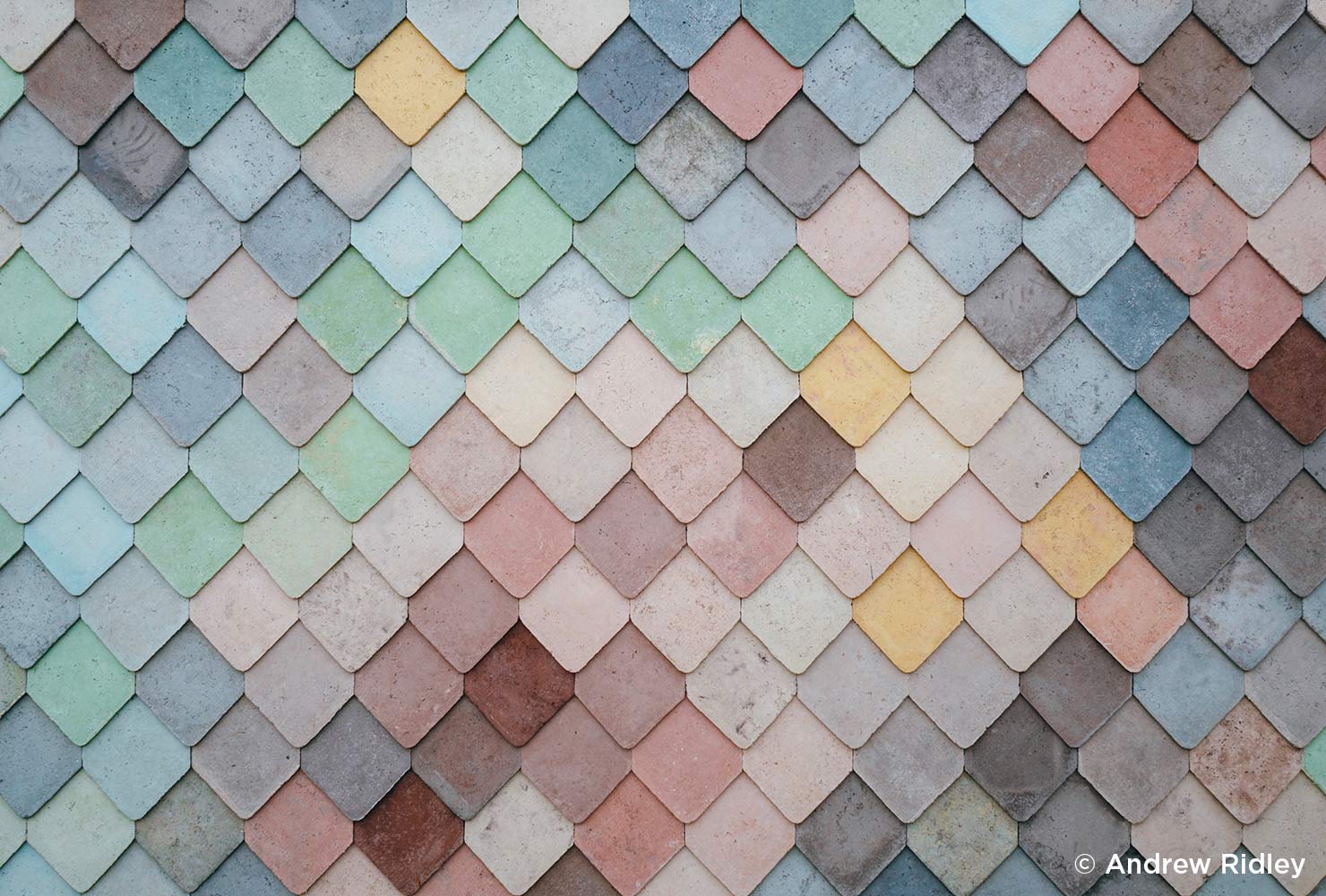
From brick walls to tiled roofs to wooden fences, textures are all around us. Complete a photo challenge where you take one shot of a textured surface every day. Turn on your auto focus to ensure the object is in perfect focus. Adjust your distance from the subject based on how much detail you want in your image. This idea is perfect if you’re also looking for creative Instagram photo ideas.
Aim for a ninety degree angle when you shoot the image so your texture is lined up straight with the camera.
53. 365 Wardrobe
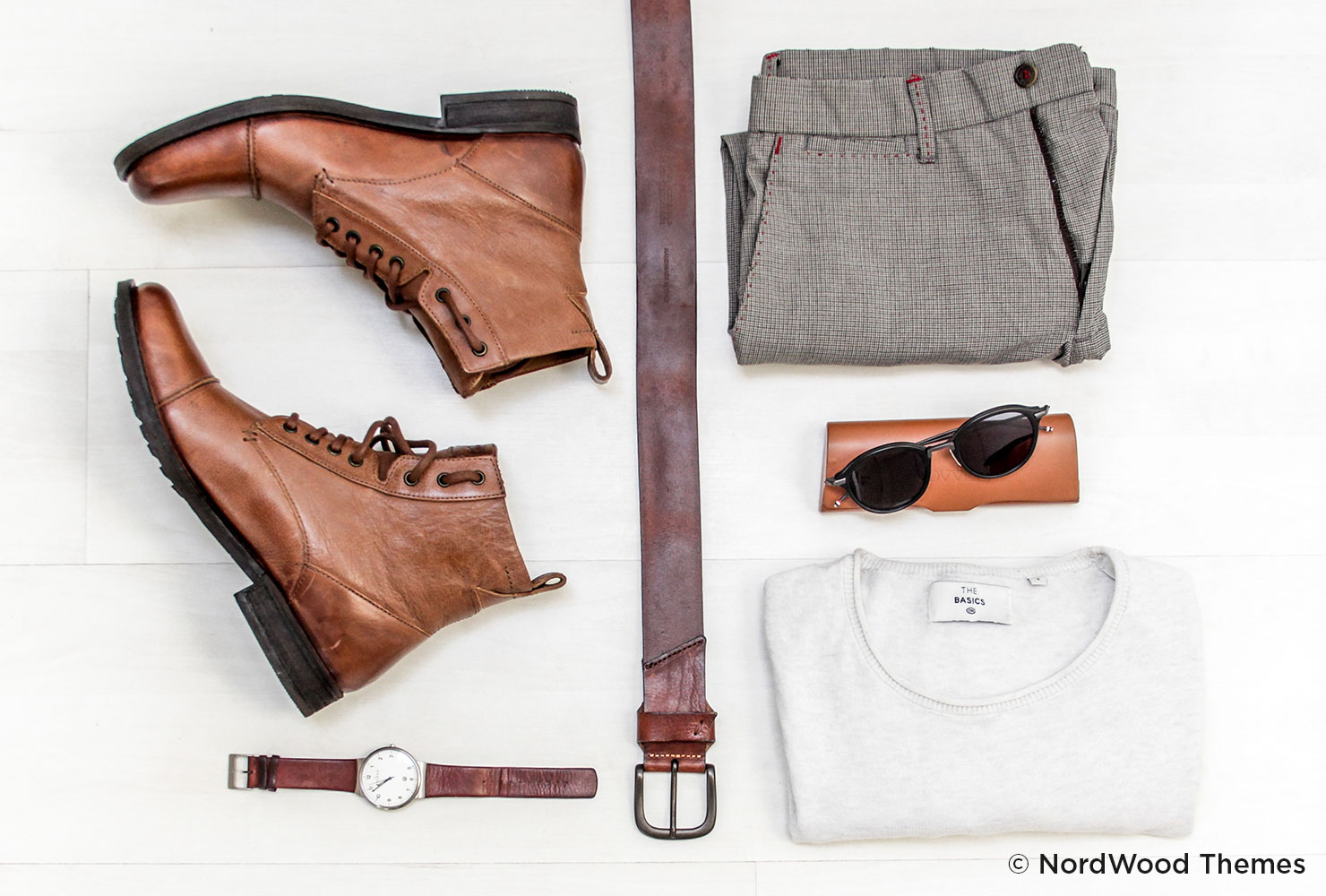
On each day of the year, snap photos of your clothes before you begin the day. Arrange them differently—sometimes orderly, sometimes more carelessly—to gain a sense of how your mood changed from day to day. Remember to include accessories like purses, shoes, belts and headbands.
54. Suspend Time
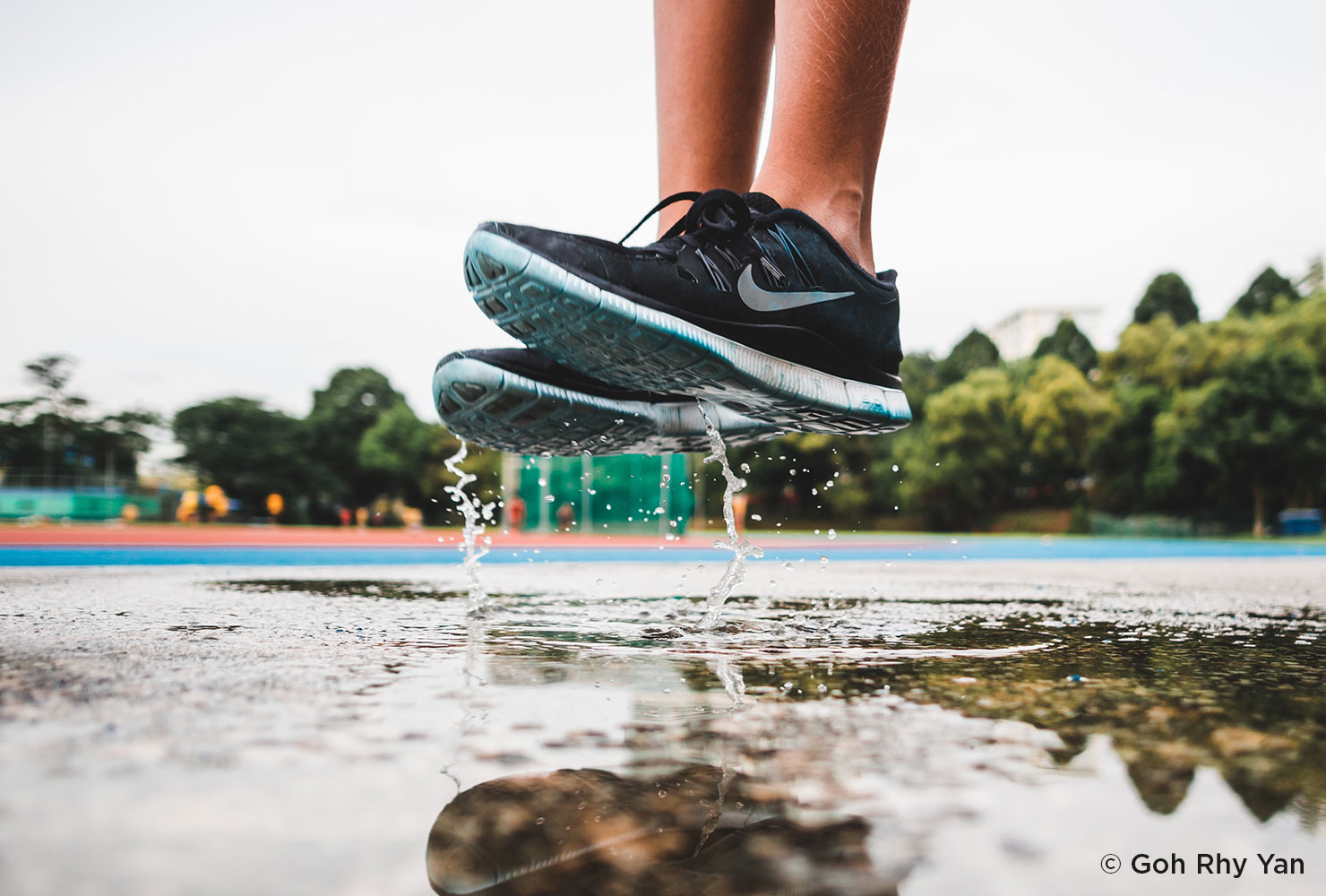
Photography is a powerful art medium: it can even pause time. Whether you’re suspending an item with a fishing line or taking a shot of someone jumping, you can create the look of time being stopped. Start this photography project by choosing three items or people you’d like to suspend.
55. Balloons
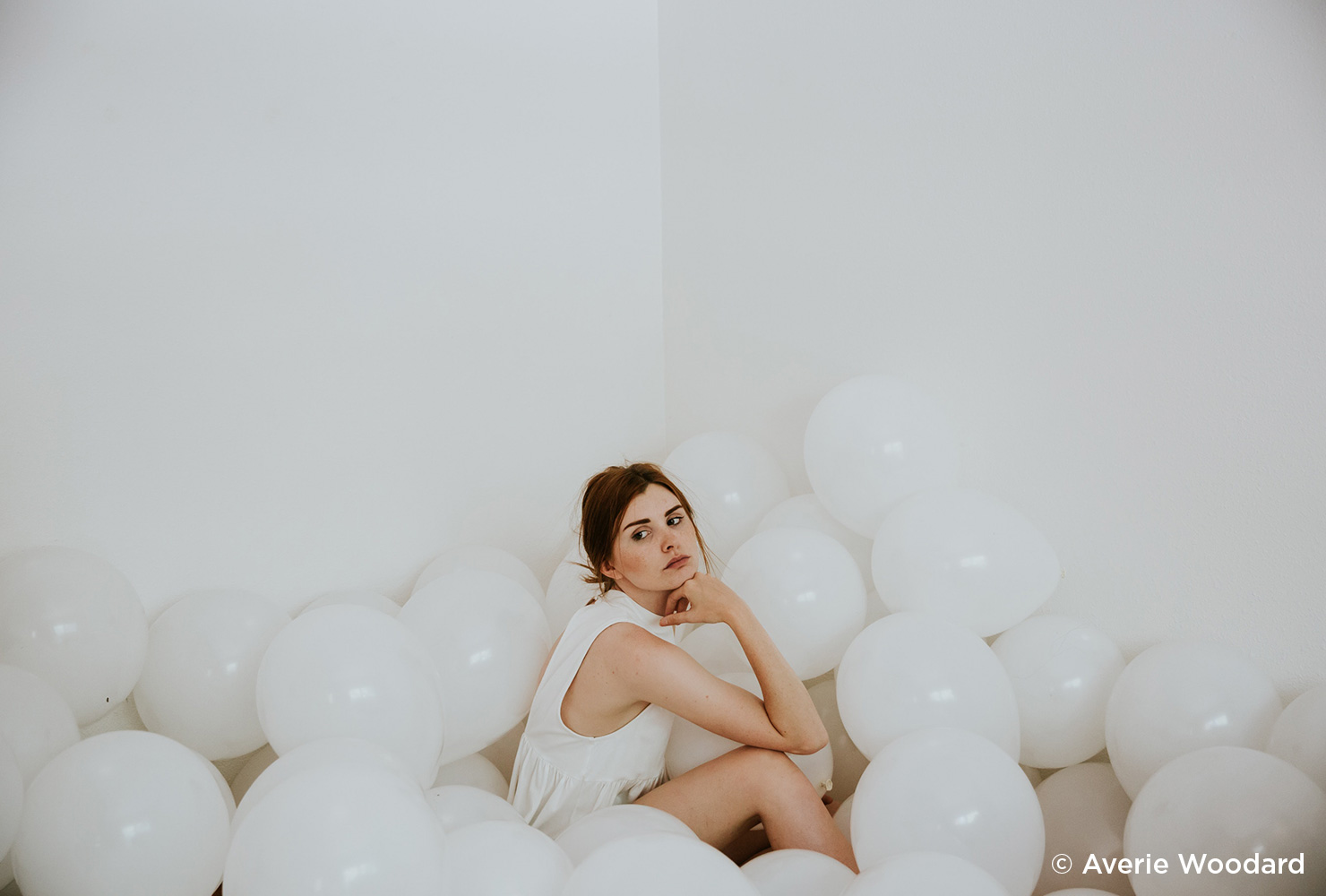
Bursting with color or more neutral tones, balloons make for versatile props. Let helium balloons off into the sky and capture photos as they float up. Surround the birthday girl with balloons in an otherwise empty room. Or tie a balloon to a child’s wrist and photograph them as they wander through a park.
56. Hotel Carpet
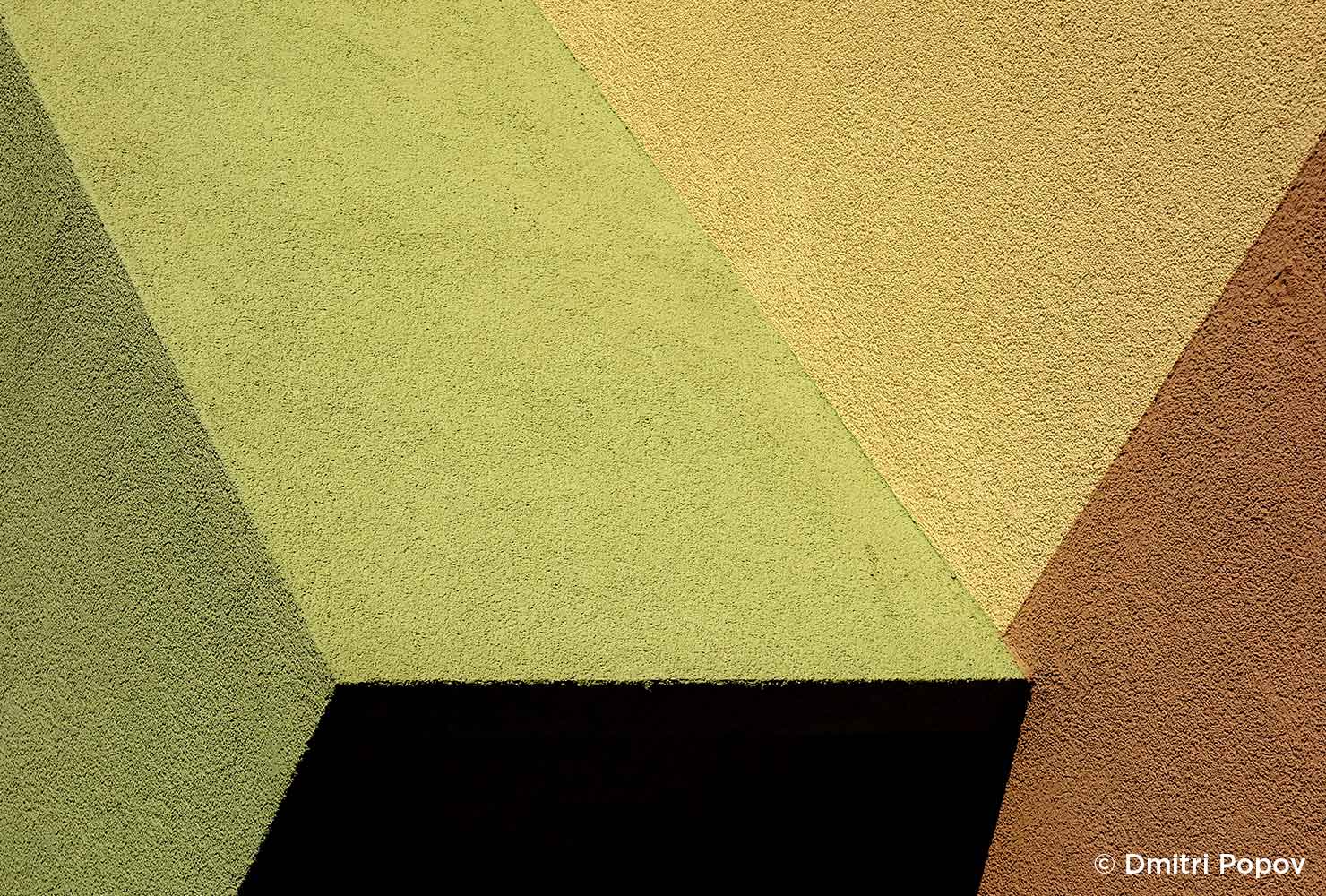
If you travel frequently, the hotel carpet project may be the right kind of fun for you. Next time you’re walking through a hotel lobby, glance down at the carpet beneath your feet. All sorts of patterns and colors are used in hotel carpets across the world. Take a snapshot (ideally at a 90-degree angle) of each carpet for a collection that will help you remember all of the places you’ve been.
57. Doors
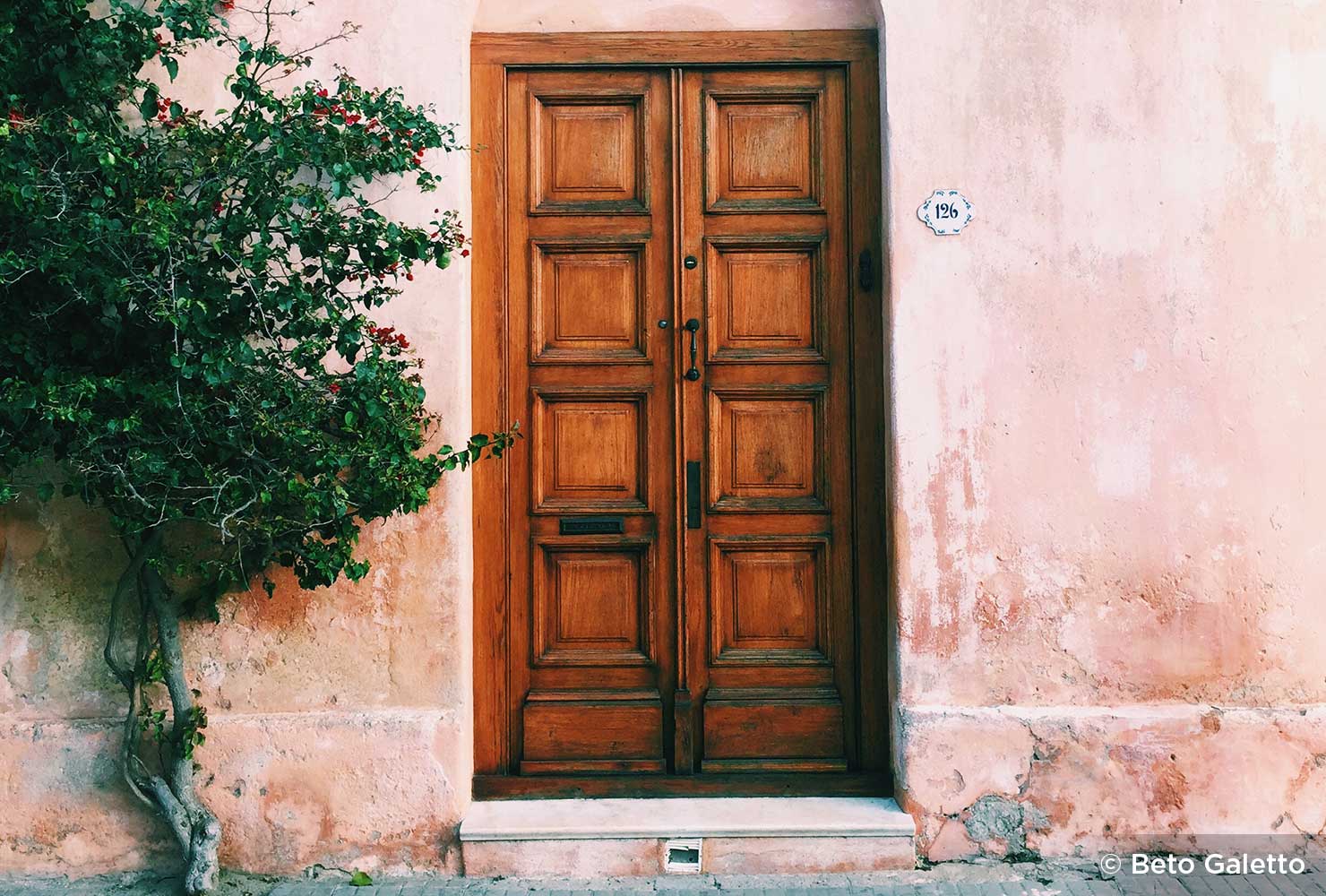
Across neighborhoods and cities, doors provide insight to each home’s character. For this photography project, set out on an adventure to collect as many styles and sizes of doors as possible. Choose a macro approach, where the whole door makes the shot, or go micro by narrowing the frame to door handles and styles of wood.
58. Juxtaposition
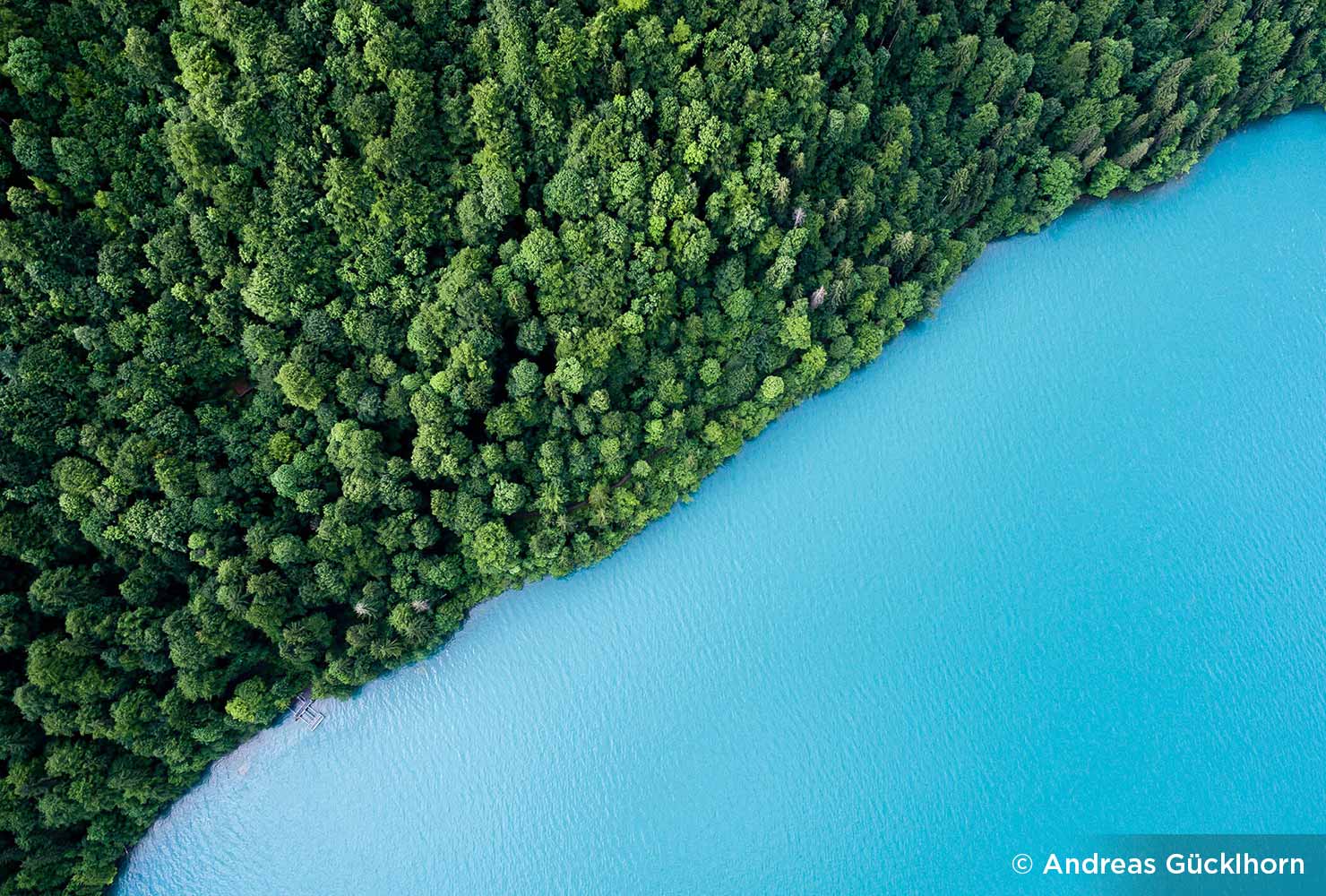
To build juxtaposition in your photographs, place two opposite subjects next to one another. Like a blue ocean and a green forest, the contrast between the two is noticeable yet stunning. Types of juxtaposition might include a person and their shadow or a thin item next to a thicker item. For this photography project, try several contrasting subjects or locations.
59. Irony
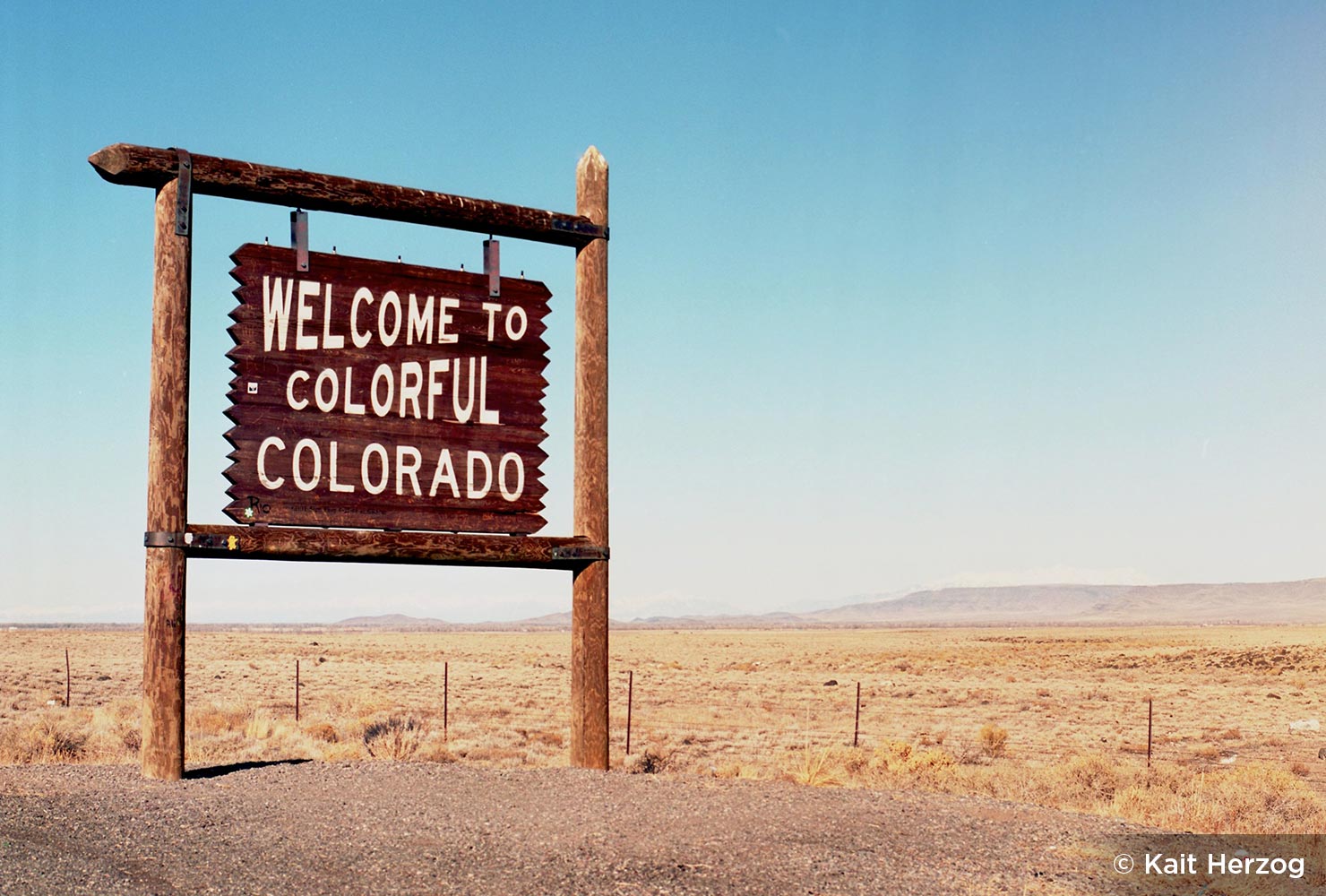
Photos full of irony can be humorous or thought-provoking. Maybe you snap an image of a tow truck hauling another tow truck or you notice a descriptive sign in a place that doesn’t quite seem to fit. When it comes to ironic photos, a keen eye is needed along with a quick wit.
60. Fairy Lights
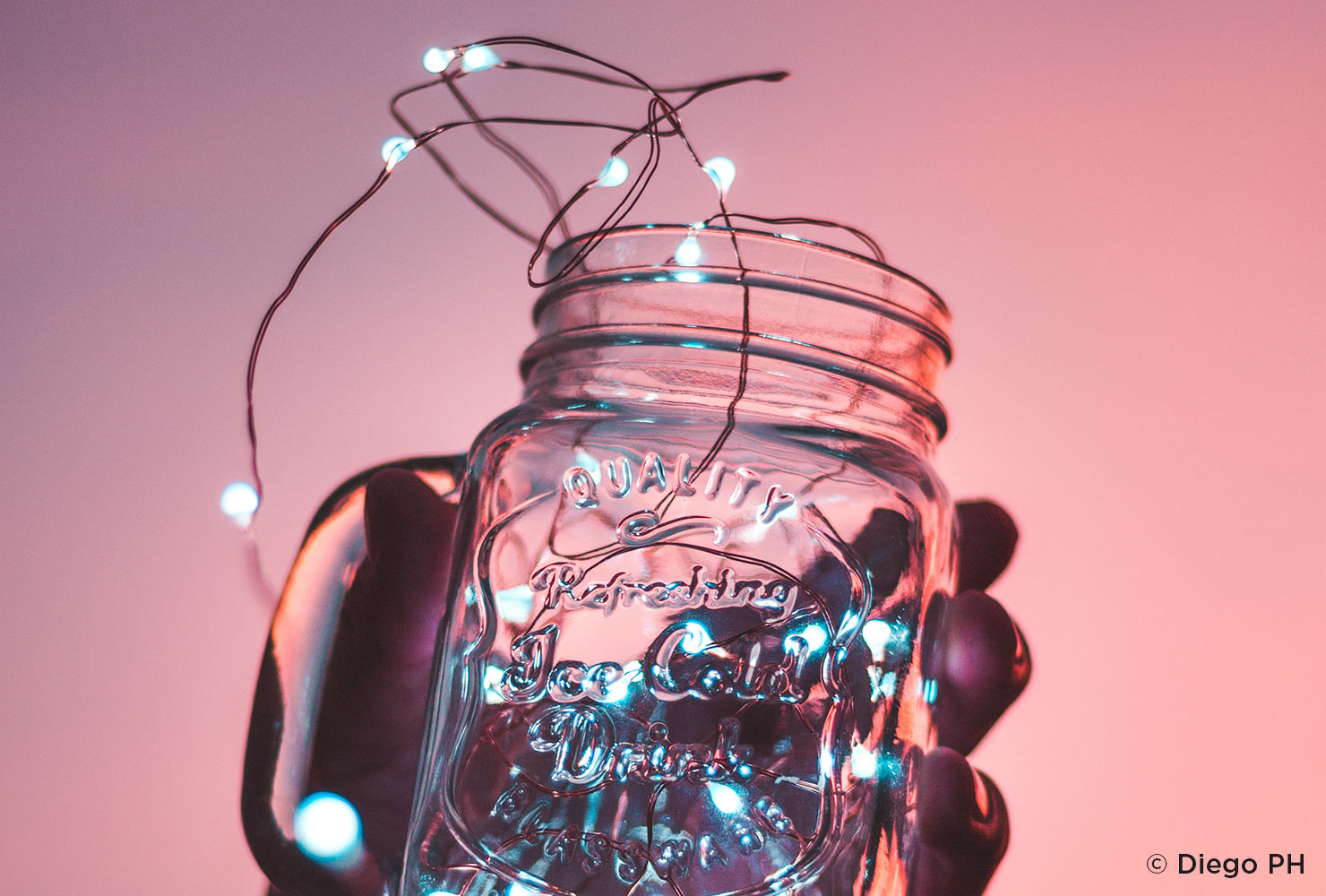
Fairy lights make for beautiful focal points. You can wrap the lights around a tree, weave them between human subjects or fill mason jars with them. Build a larger scene by ensuring no backdrop distractions are present or capture the fairy lights up close.
Regardless of what subjects and scenes you decide to shoot, proper exposure is crucial.
61. Smoke
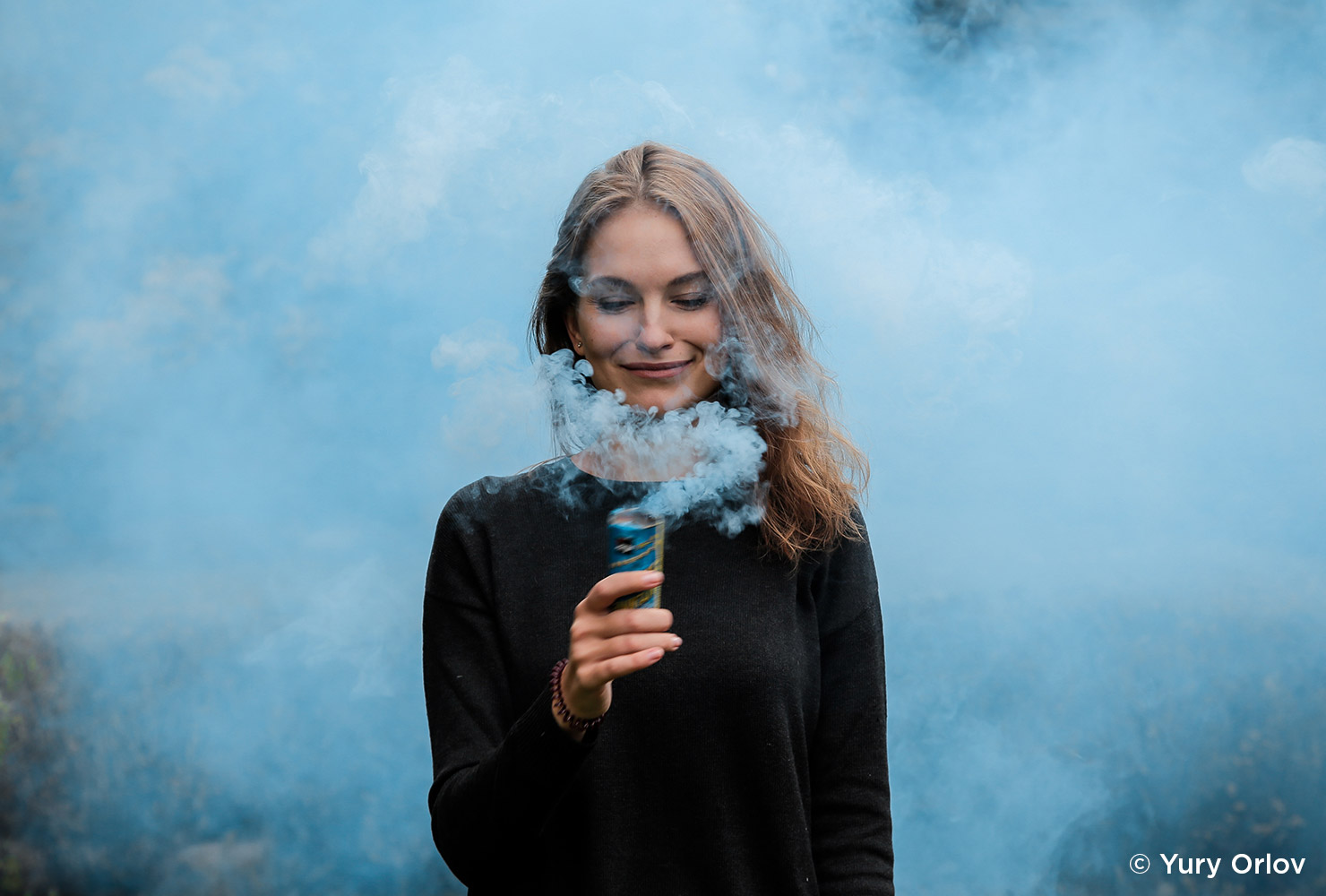
For this photography project, choose smoke as your primary accent. Incense sticks are easy to use and allow you to play with various colors. Your setup should ensure ample ventilation for the smoke to escape the room. Some photographers merge two photographs (one of the smoke and one of the object) to design a special scene, like one of a toy train blowing smoke or a tea kettle steaming.
62. Vintage Cars
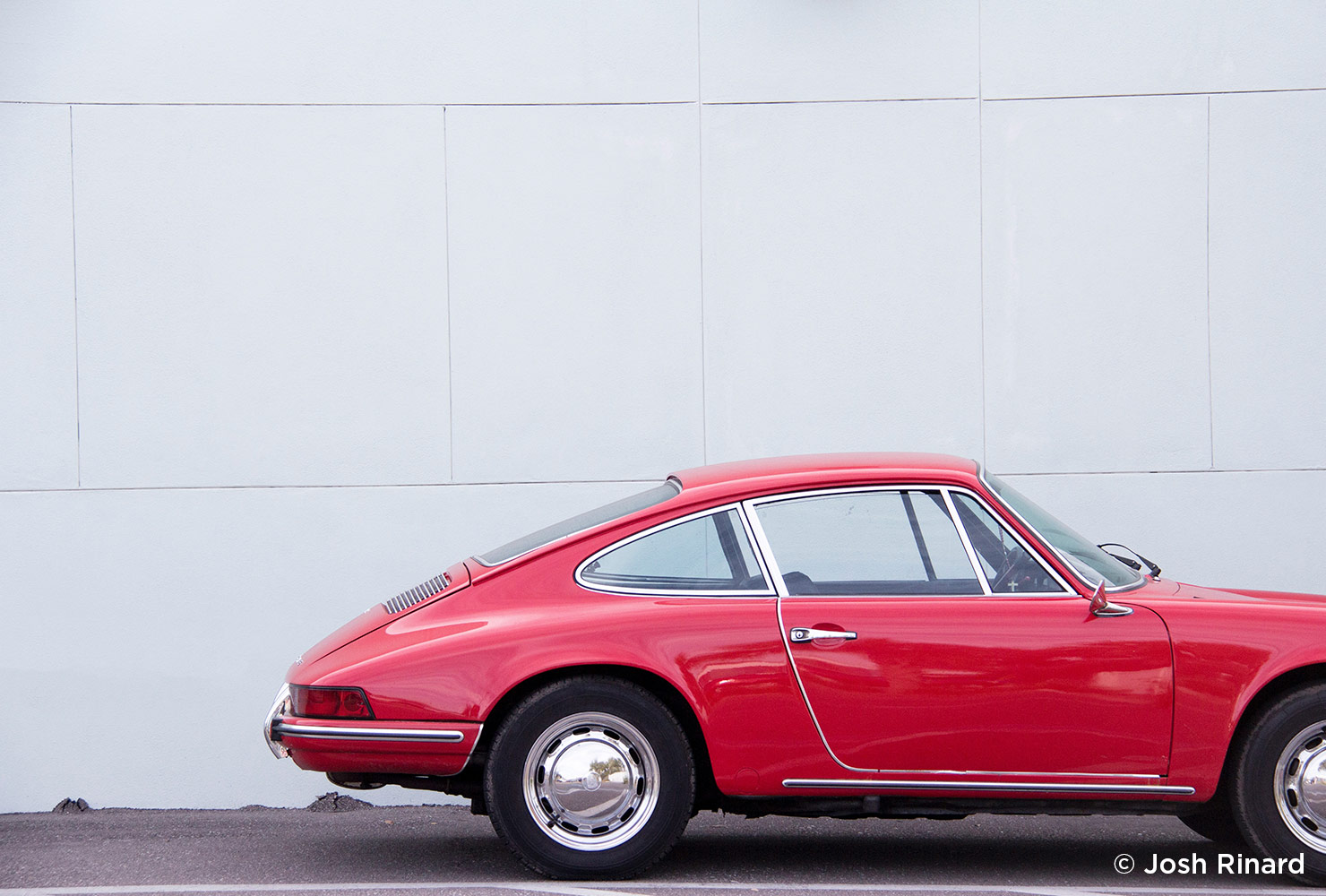
From sporty models to classic town cars, vintage vehicles never go out of style. Look for vintage makes at car rallies and exhibitions, although sometimes you’ll come across them in your everyday happenings. The golden hours, right after sunrise or right before sunset, are ideal for shooting cars. Highlight specific parts, like bumpers, trunks and hoods for diverse perspectives.
63. Faces In Things
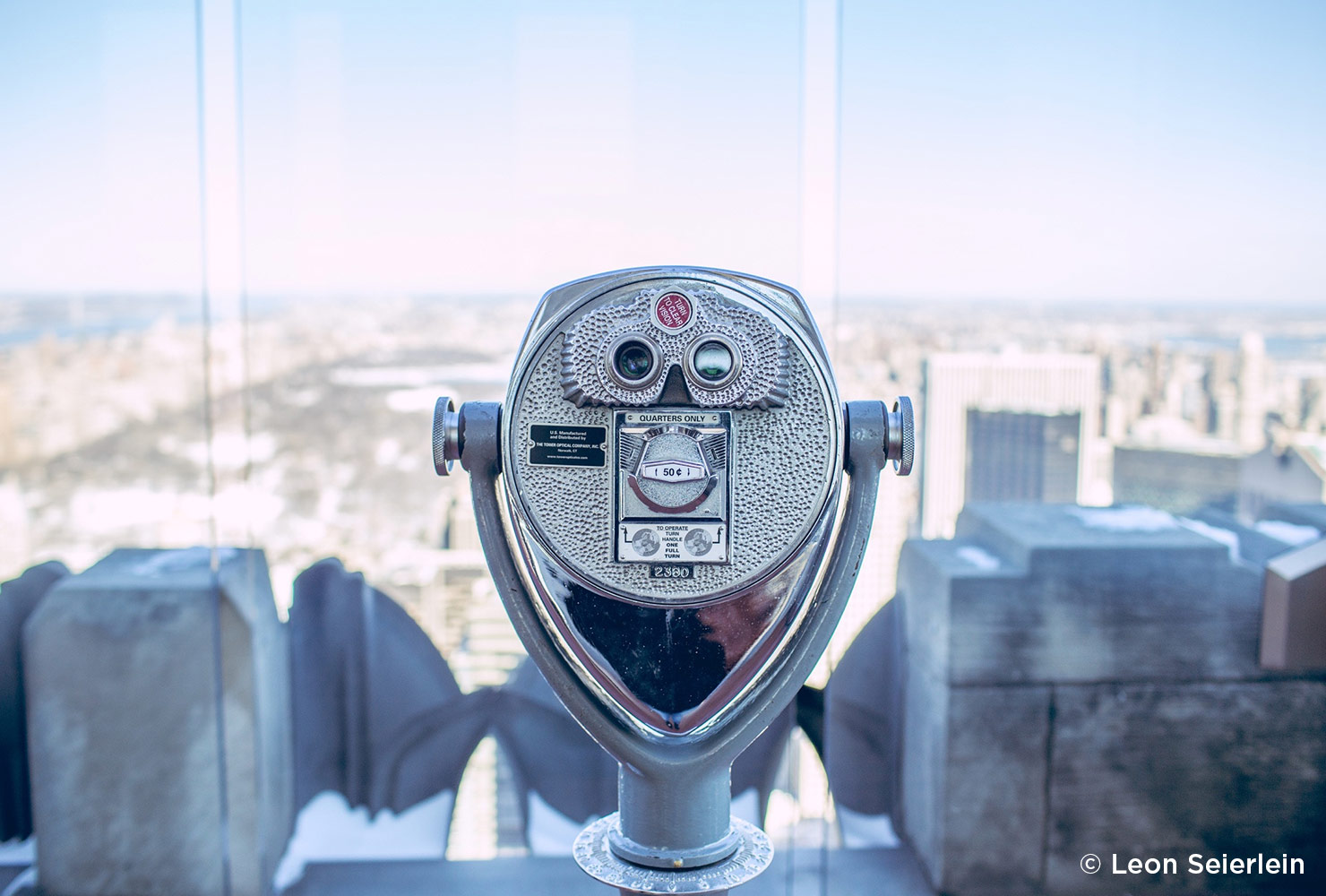
You’ve probably seen images that double as a face and another object. In this photography project, you’ll create a similar effect. Take a close look at nature, food and furniture to locate hidden human faces. Compile as many faces as you can, and see if your friends can guess what’s in the images.
64. Frames
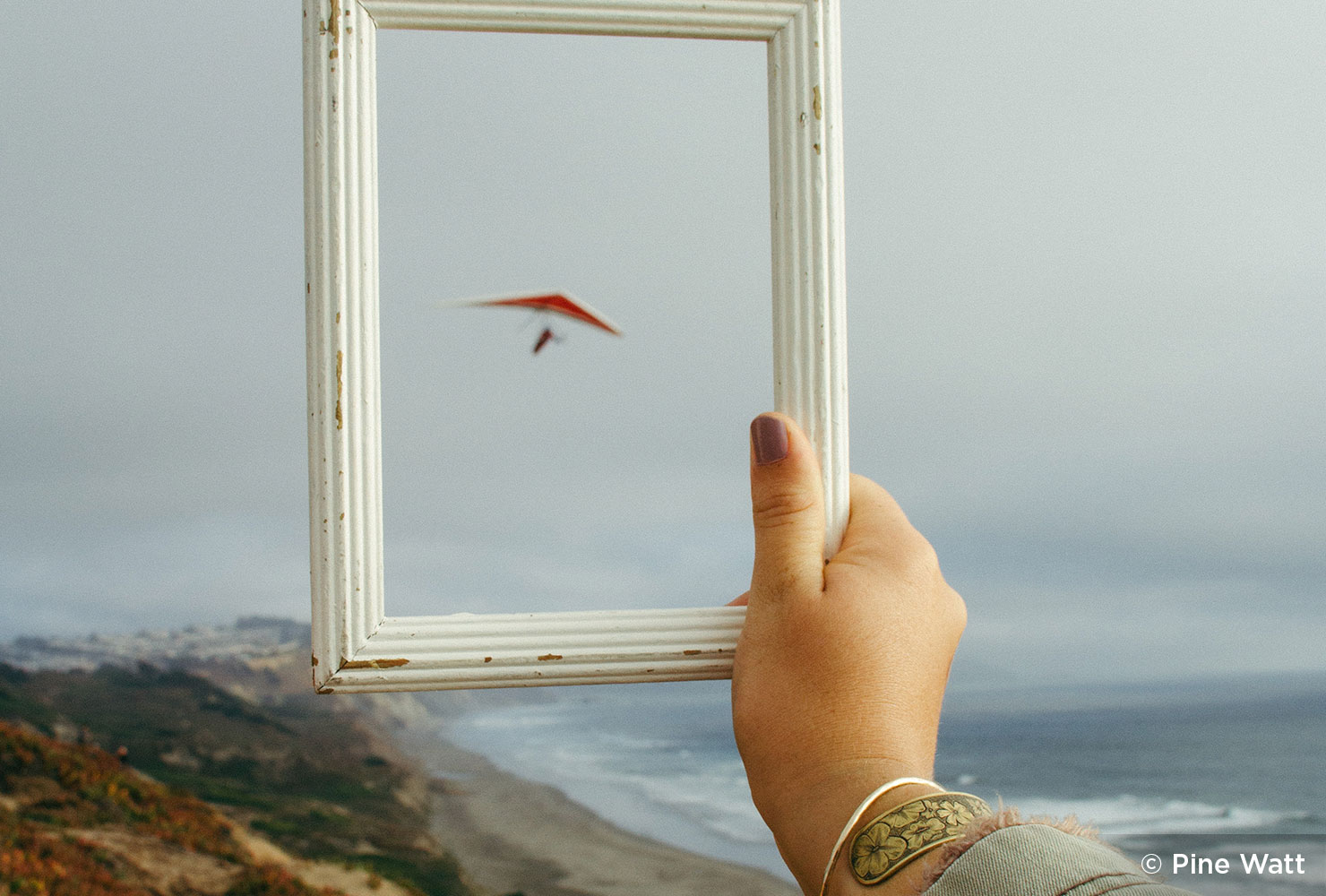
Alter your perspective by shooting your subject through a picture frame. The frame technique works best outdoors where you can place ample distance between your lens and your subject. Consider creating scenes with a woman standing on the beach, a tree in an open field or a tall building at the end of a street.
65. Reflections
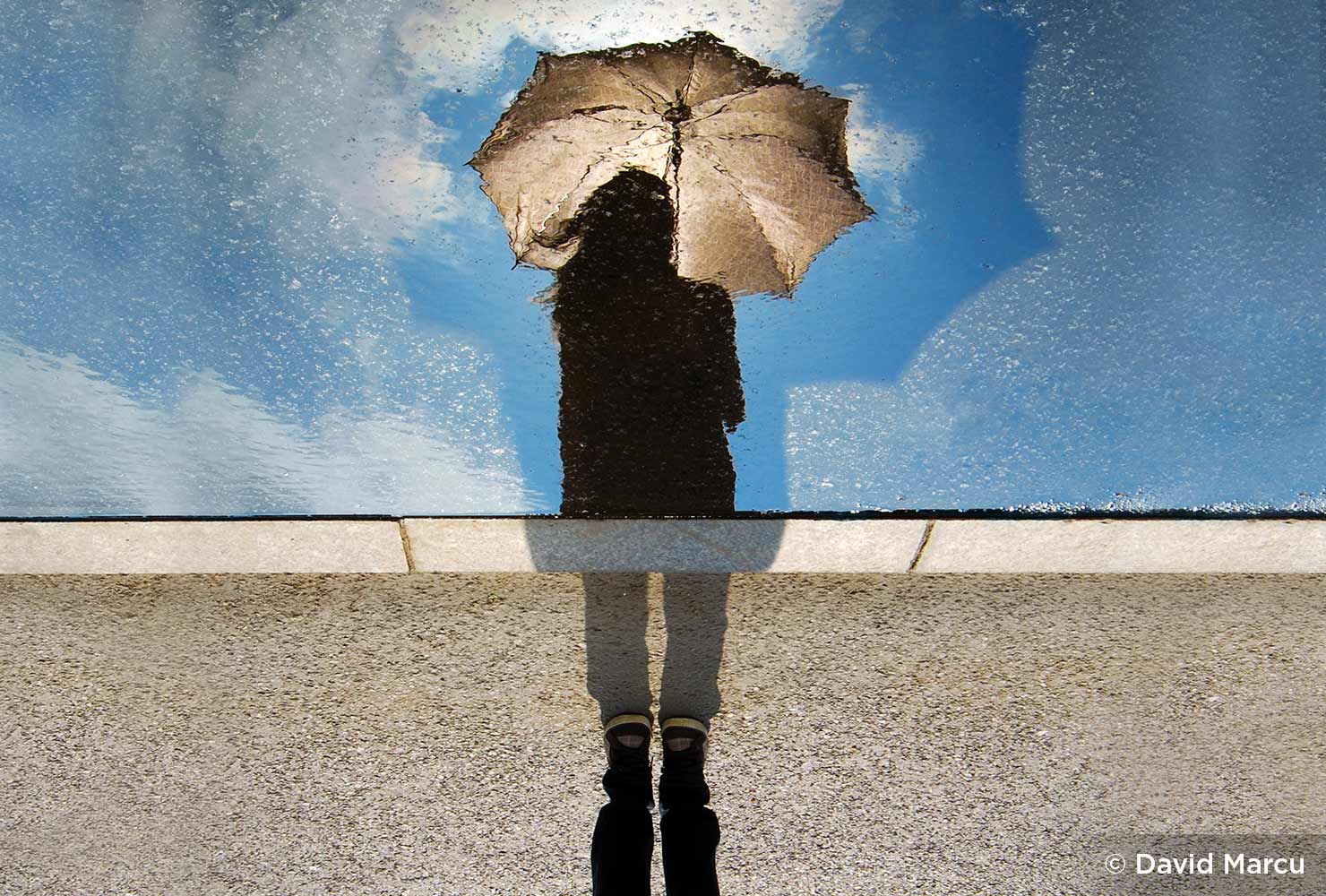
Any body of water—like a lake, river, pond or swimming pool—can act as your reflective tool for this photography project. You’ll want to avoid direct light on the water to eliminate glare. Practice using reflections on waterfront cityscapes or mountains overlooking a lake.
66. Take My Hand
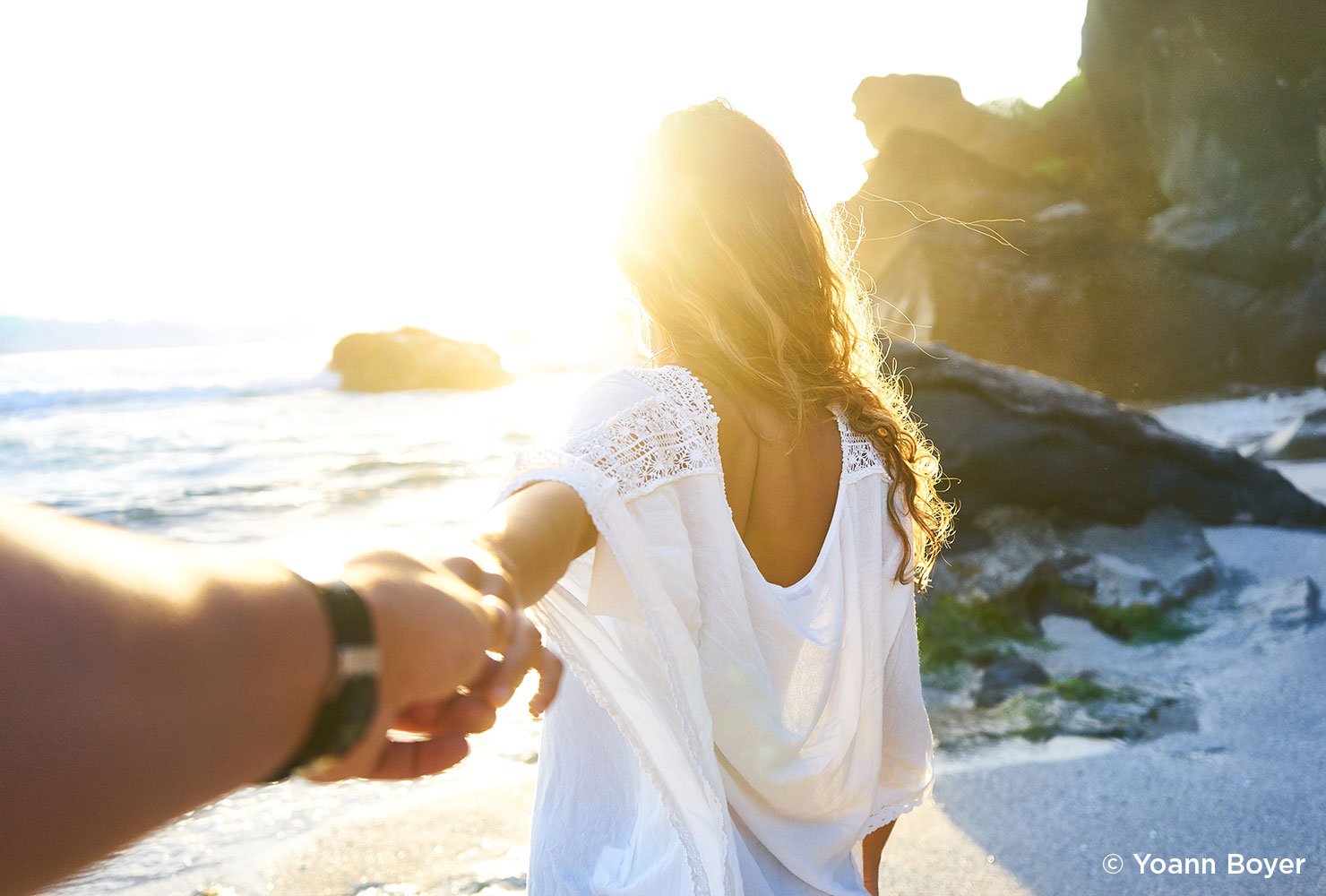
When you can represent human connection in photography, the emotion of the image is strengthened. Head out on a hike or stroll through a garden to practice photographing two hands linked together.
67. Picception
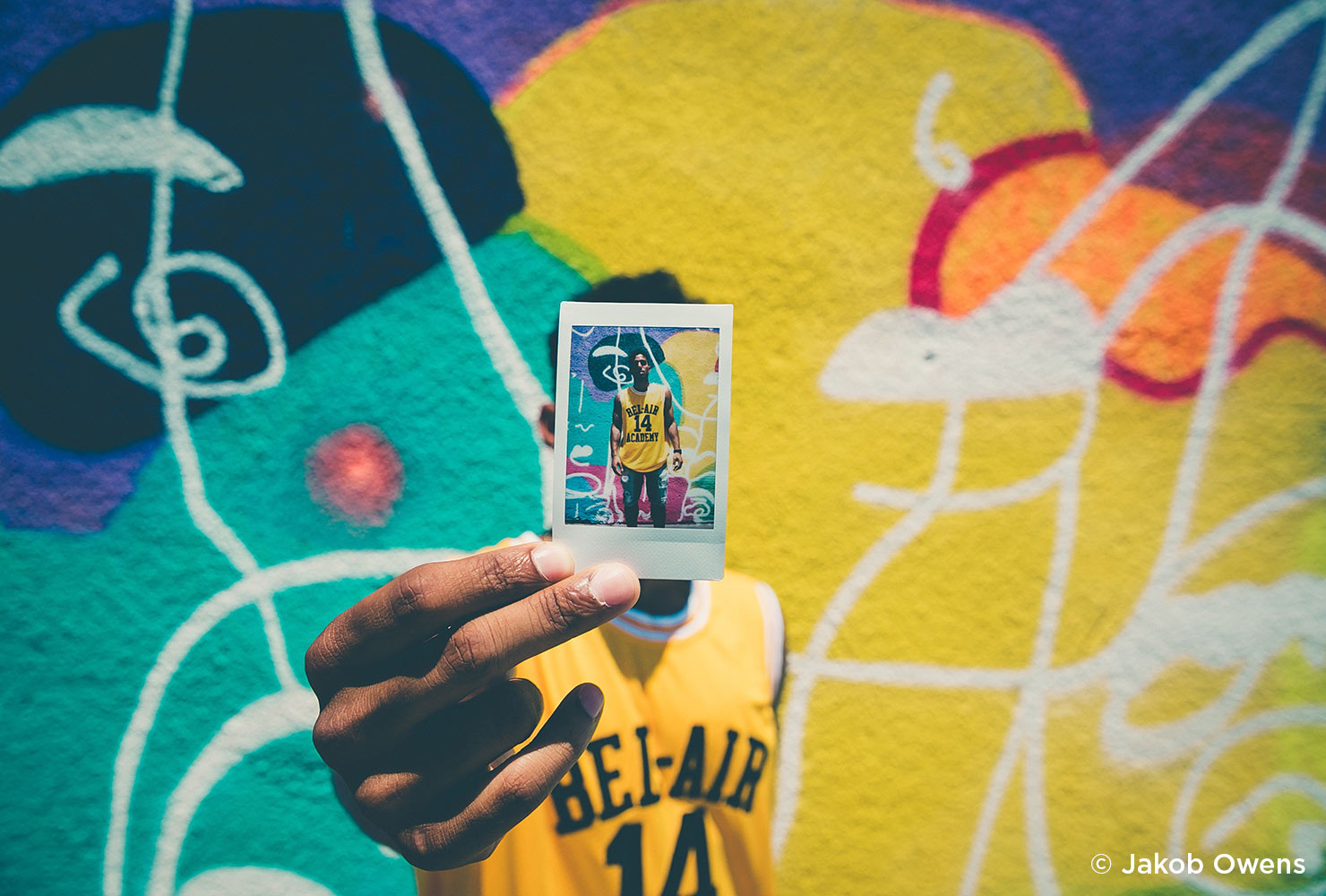
https://www.shutterfly.com/ideas/wp-content/uploads/2017/12/photo-project-ideas_picception-300x203.jpg 300w, https://www.shutterfly.com/ideas/wp-content/uploads/2017/12/photo-project-ideas_picception-768x519.jpg 768w, https://www.shutterfly.com/ideas/wp-content/uploads/2017/12/photo-project-ideas_picception-1024x692.jpg 1024w, https://www.shutterfly.com/ideas/wp-content/uploads/2017/12/photo-project-ideas_picception-800x541.jpg 800w" />
A relatively new technique, picception images incorporate another camera or photo into the shot. It can be a picture-in-a-picture style or something more subtle like a photograph of someone taking a photograph. While often informal, picception shots can be formal if intentionally designed.
68. Neon
srcset="https://www.shutterfly.com/ideas/wp-content/uploads/2017/12/photo-project-ideas_neon.jpg 1480w, https://www.shutterfly.com/ideas/wp-content/uploads/2017/12/photo-project-ideas_neon-300x203.jpg 300w, https://www.shutterfly.com/ideas/wp-content/uploads/2017/12/photo-project-ideas_neon-768x519.jpg 768w, https://www.shutterfly.com/ideas/wp-content/uploads/2017/12/photo-project-ideas_neon-1024x692.jpg 1024w, https://www.shutterfly.com/ideas/wp-content/uploads/2017/12/photo-project-ideas_neon-800x541.jpg 800w" />
Often eye-catching, neon photos provide a stunning mix of light, shape and color. Whether you’re on the Vegas strip or exploring your hometown at night, take photos of neon signs with your camera’s evaluative meter exposure setting. Choose a low ISO of 200 or 100 to avoid noise. Be sure to place your camera on a tripod for stability.
No matter which photography projects you decide to complete, remember to enjoy the process and save copies of your photos. Design a themed calendar or metal print to showcase your results.
I wish the very best.
Drop your comments here please...
